I’ve been to all 50 States and 37 countries, many by road, so people occasionally ask how I plan my road trips. This post is about the research stages. Next, I’ll post How I Plan My Roadtrips: Part II: The Route, and then How I Plan My Roadtrips: Part III: The Organization.
Not ready to plan a trip yet? Scroll through the slideshows for inspiration!
(Note: I am not an affiliate of any business mentioned in this post and I get no benefit from recommending them.)
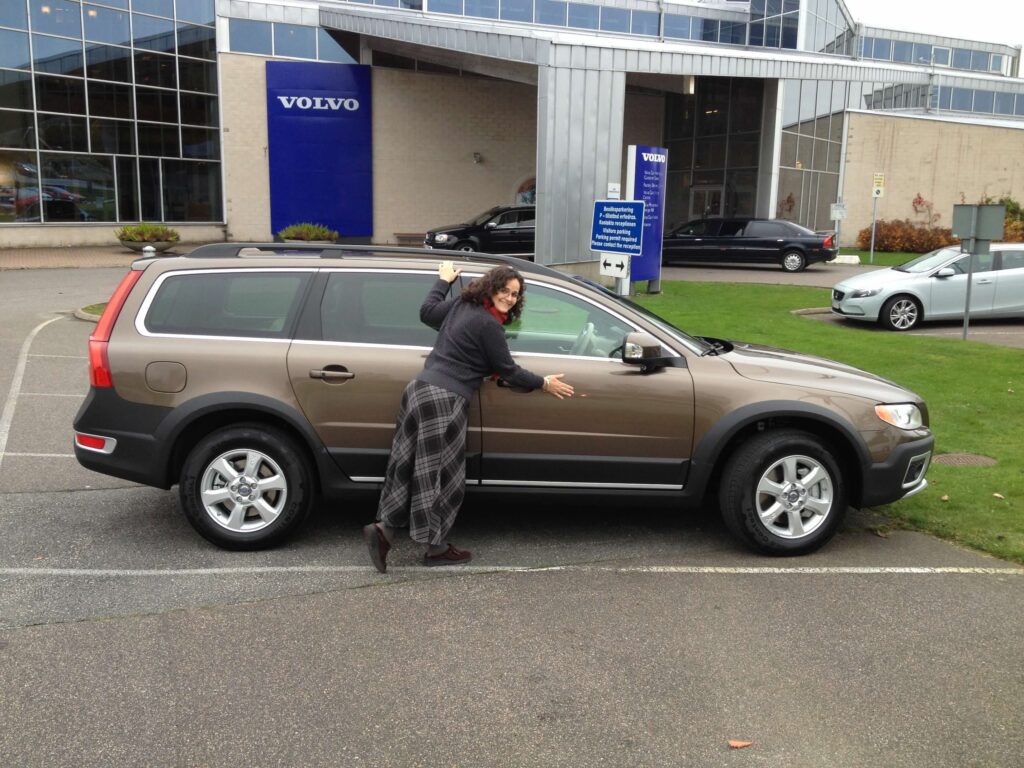
I’ve decided that I’ll also write a Planning Series of posts with maps, calendars, and slideshows of individual road trips I’ve taken–in the US and Europe, with a touch of Canada–whether I used detailed planning, a loose plan, or no plan at all. I’ll include tips, examples, and lessons learned. The slideshows in this post today (photos are all mine) feature road trips that will be in the planning series. Here are a few examples of route maps–leave me a note here or on social media if there’s a trip you’re dying to know more about, and I’ll bump it up on the list:
It should be noted that while I might research a TON pre-trip, I do not stick fast to an itinerary. I’m the first person to veer off if something looks amazing, and I change lodging plans on the fly if we want to stay somewhere longer or leave earlier.
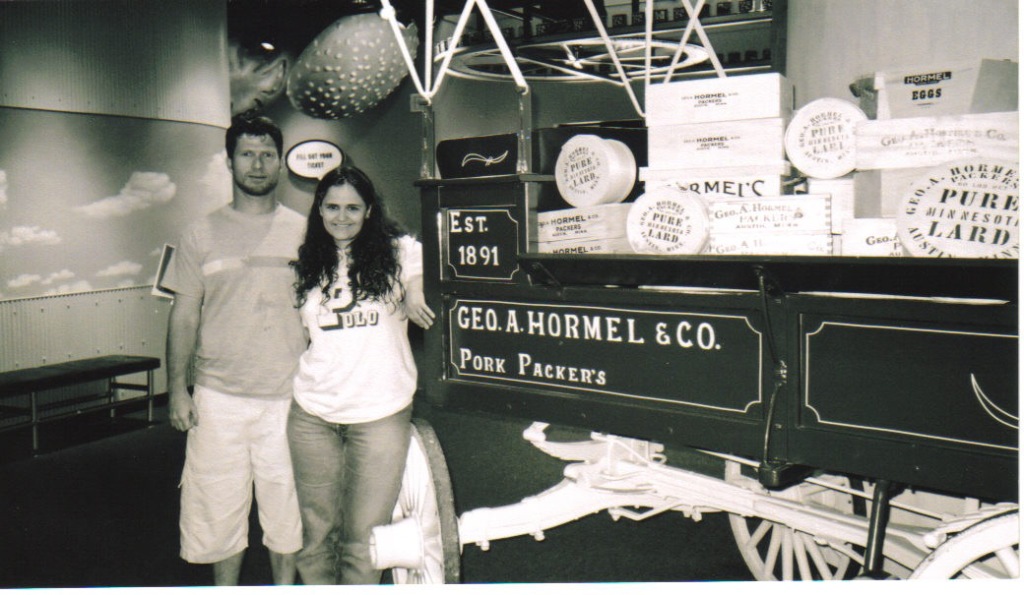
I plan for three reasons: it gets me SO HYPED UP for the trip!!!; knowing where I’m spending the night relieves stress that I’m no willing to take on–especially during trips involving dogs; and it helps me not miss cool stuff I could’ve done, had I known ahead of time. For now, I just want to give you some ideas of how to find things to visit wherever it is you’re going.
Bear in mind that while planning, I’d be plotting all of these sites on a map, which I will write about in Part II. I plot a potential stop as soon as I find something interesting.

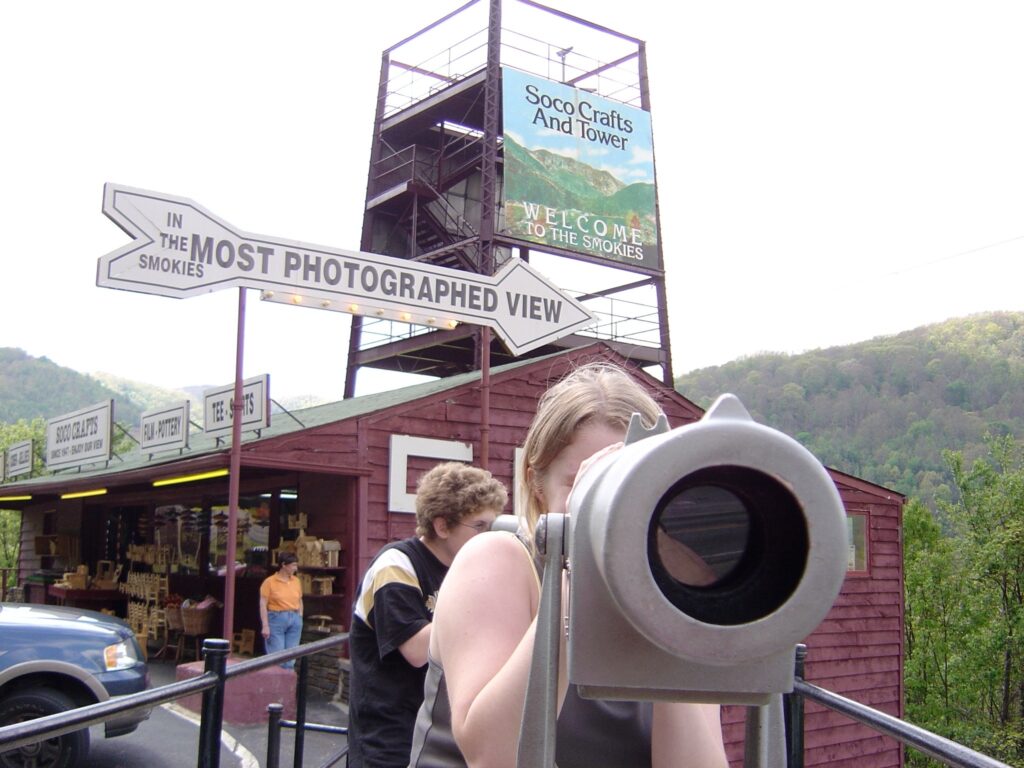
SIGHTSEEING
I know some of this is simple, but you might find some new links, apps, search terms, ideas…
- I google things like “Road trips in Portugal” and “Scenic routes in Spain” in order to see what established routes might be out there, e.g. national scenic routes like Route 66 in the US. This could bring to my attention a scenic section of the country near/on my route that merits consideration.
- I also google “Spain official tourist info” or “Lisbon tourist info” and check to see what official routes, walking maps, etc., are available.
- I specifically check the Atlas Obscura map for cool sites to visit, at https://www.atlasobscura.com/articles/all-places-in-the-atlas-on-one-map
For this Spain trip, that’s how I found several places I want to pop into, including some weird gardens, the pink lake of Torrevieja, bone chapels, and a random grove of redwoods(!).

- I google “national parks in” for the country I’m visiting. A few national parks we’ve visited abroad:
- In the US, I check the National Parks map (https://www.nps.gov/findapark/index.htm). A few we’ve visited:
The NPS map includes the often lesser-known NPS sites such as National Lakeshores, Rivers, Trails, Historic Places, Recreation Areas, etc. A few we’ve visited:
- Sometimes, I google State Parks where I’ll be traveling. A few we’ve visited:
- I also check to see which UNESCO World Heritage Sites might be near my route, at https://whc.unesco.org/en/interactive-map/. (Sometimes we didn’t even know we were visiting a UNESCO site.) A few we’ve visited–
For our upcoming trip, this is how I came across some megalithic monuments I want to visit. Can’t wait!
- For road trips in the US, I also use the Roadside America app or website https://www.roadsideamerica.com.
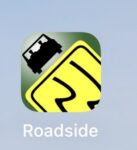
But I also just-plain Google. I search on terms like
- best views in
- selfie spots in
- to see
- to do
- off the beaten path
- Top Ten
- A day in
- Walking map
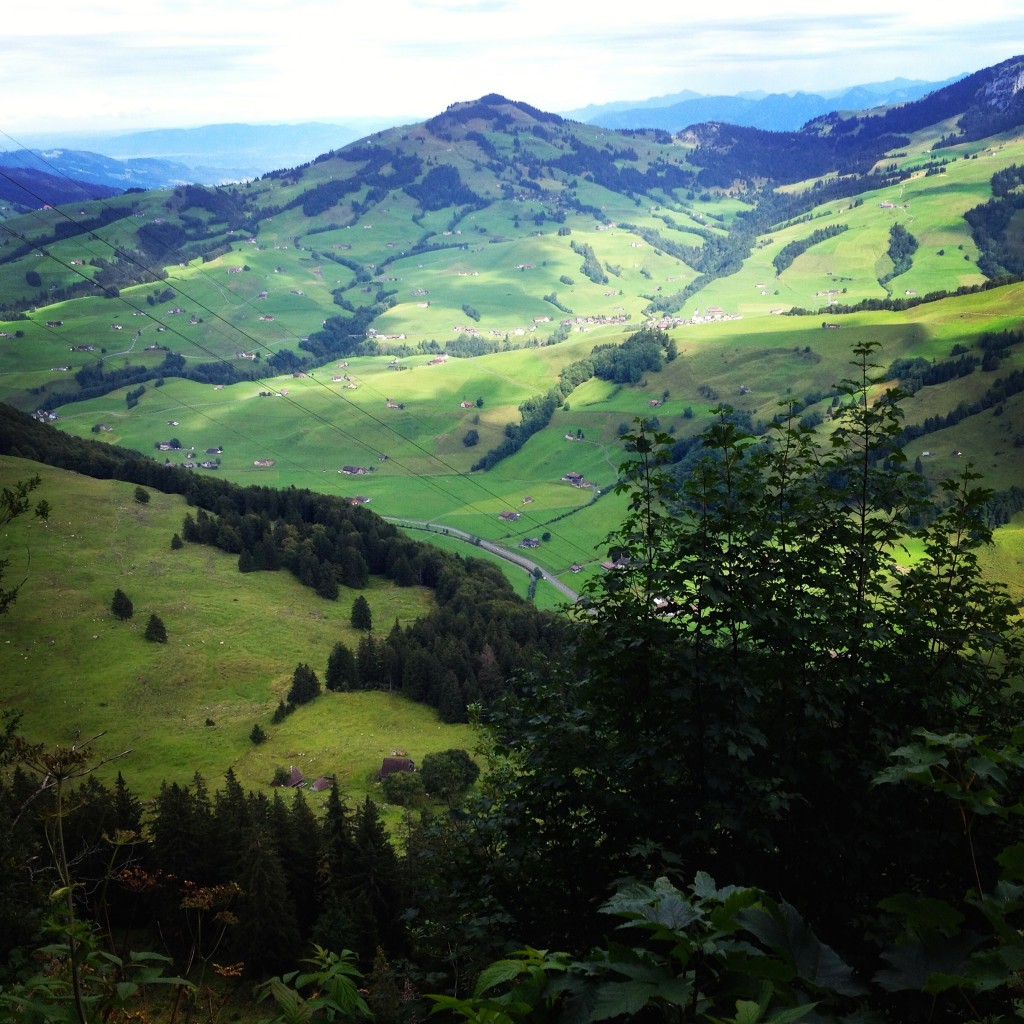
Specific terms to search with the name of the city/country:
- unique, obscure, lesser-known
- unusual, strange, weird, creepy
- scenic, quaint, charming, beautiful, picturesque
- must-see, must-do
- cool, amazing
- less-crowded
- historic, famous
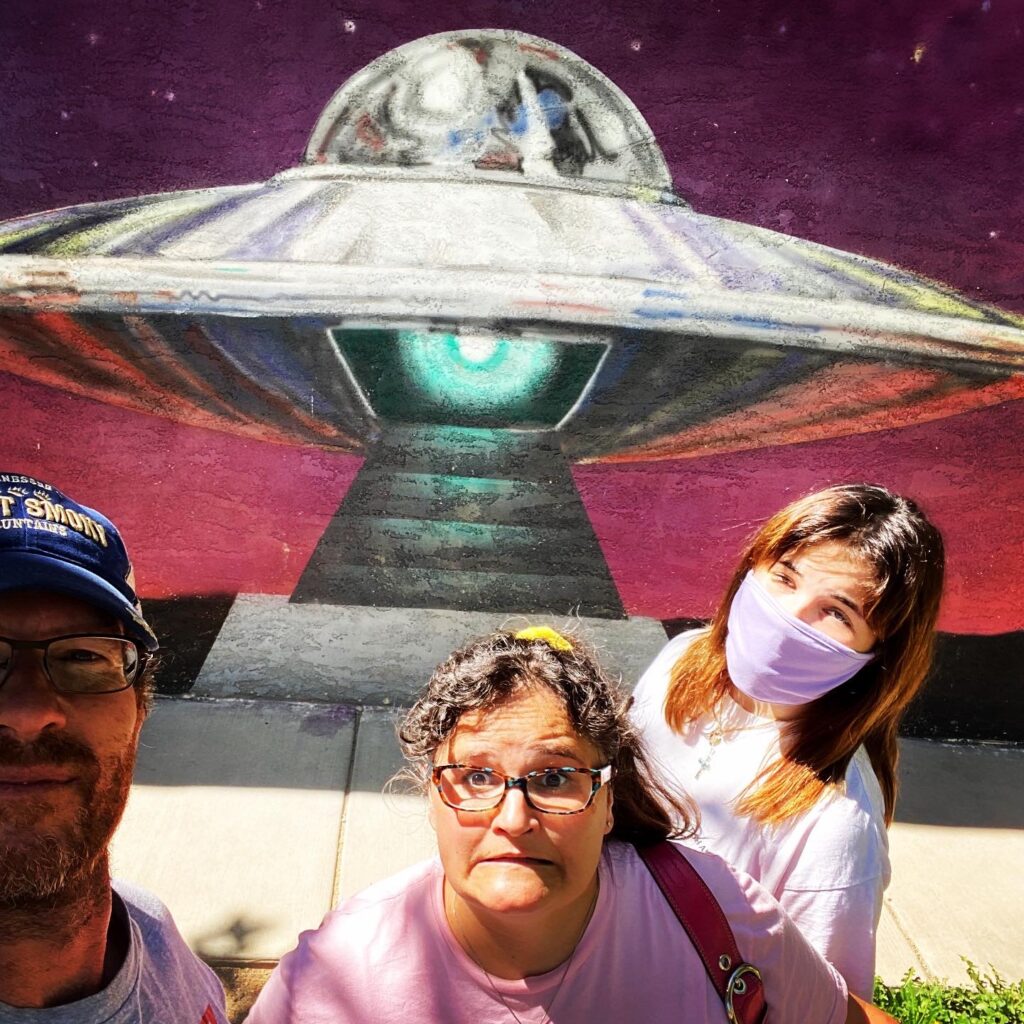
And I search on places like
- gardens, parks
- churches, cathedrals, mosques, synagogues, graveyards
- castles, palaces, ruins
- museums
- vistas, viewpoints
- fountains, statues, memorials
- wildlife, nature
- adventure
- architecture
Find out the terms for what you like, in the language of a country you’re visiting. Personally, I love Fachwerk, which is the German term for the timber-framed construction you see in picturesque towns. Googling the specific term will increase your chances of finding cool stuff.
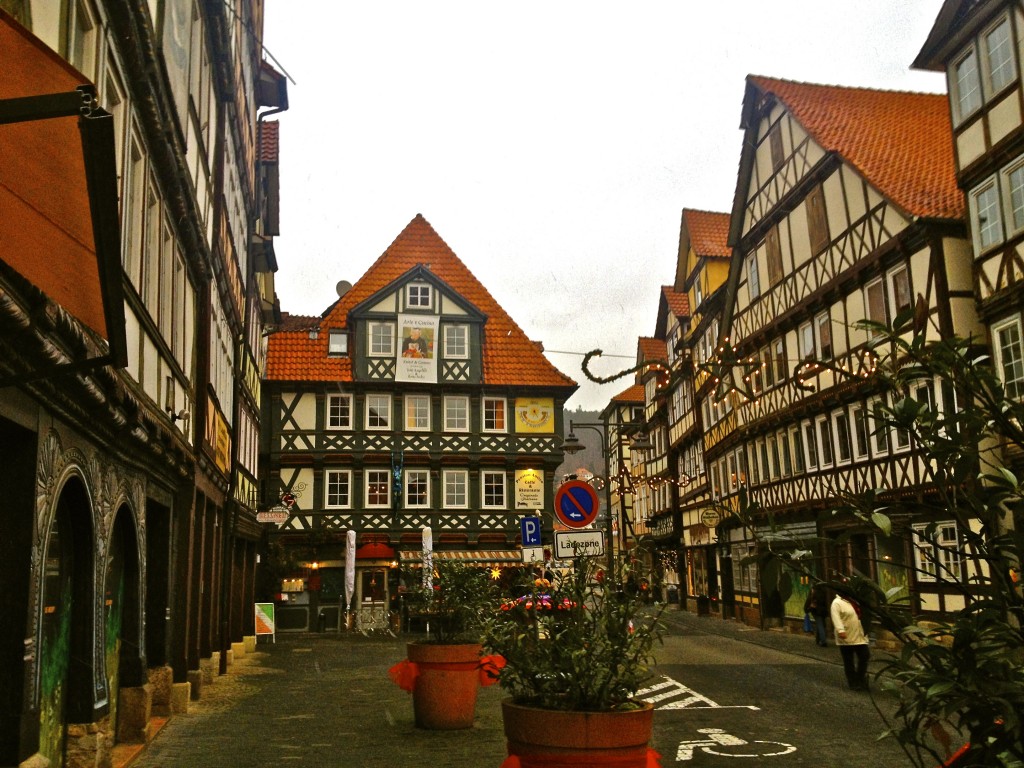
- shopping
- flea markets, antiques
- artisans, pottery, tile
- attractions
- street art/urban art
For urban art, I’ve started using an app, as well:
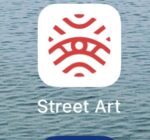
And more search terms, like Spain for…
- history buffs
- art lovers
- foodies
- hikers

- kids, families
- film buffs
- Search on the personal hobbies of you and your travel party. You might find a cool museum or attraction that you had no idea existed!
- I also google things like “annual festivals in” or “calendar of events in” a town/city/country.
I do this for two reasons: If something piques my interest, maybe I can route it into the trip. (Though sometimes we get lucky and stumble across the Gràcia Festival in Barcelona or the cows coming home in Switzerland!) This will also keep me informed of major events that could affect traffic or hotel occupancy.
- I also join Facebook groups. For example, since I knew absolutely nothing about Portugal travel, I joined the Travel Portugal group. Then I was like oh, I should join a Spain one for more ideas, so joined the Travel Spain! group. For the US, I belong to USA Road Trips Share Your Adventures, National Park Road Trips, and other pages/groups.
That said, take Facebook with a grain of salt. Everyone travels differently–even the same person (like me) can take different kinds of trips. You might ask about a road trip destination, and someone will tell you there’s nothing to see there, while the next guy tells you that you need a whole month there, while the next guy tells you to fly to a totally different country and take a train ride. Just glean all the info you can and plan your own damn trip!
LODGING
- First things first, I Google things like “unique hotels in Spain” and “historic hotels in Portugal” – some of the same search terms as sightseeing (charming hotel, beautiful hotel, scenic hotel, etc.); as well as “hotels with a view”. A few of my favorites:
I plot the locations of all of the interesting hotels in inRoute so that later, I can see what turns out to be along our route.
- An important search for Spain: Paradores. https://www.parador.es/es A Parador is a hotel with historic or unique value, owned by the Spanish government. They’re relatively affordable–definitely worth looking into!
- Google “hotels in old town” so you can maybe stay in the heart of the oldest parts of the places you’re visiting, step outside onto cobblestone street alleys…

- Your favorite chain hotel (especially if they have any unique lines). I personally don’t love hopping from one chain hotel room to the next same hotel room to the next same hotel room; however, there’s a comfort in that for some people–especially when traveling out of country–so I don’t knock anyone for choosing less stress!
I do like to know what Marriott’s unique lines have to offer, so I always enter a city into my Marriott app–especially to see if they have any cool Autograph Collection hotels.

Note: when traveling abroad, don’t disregard chains you might not prefer in the States. For example, I would not typically look at Best Westerns in the US, but I’ve found some unexpected ones overseas!
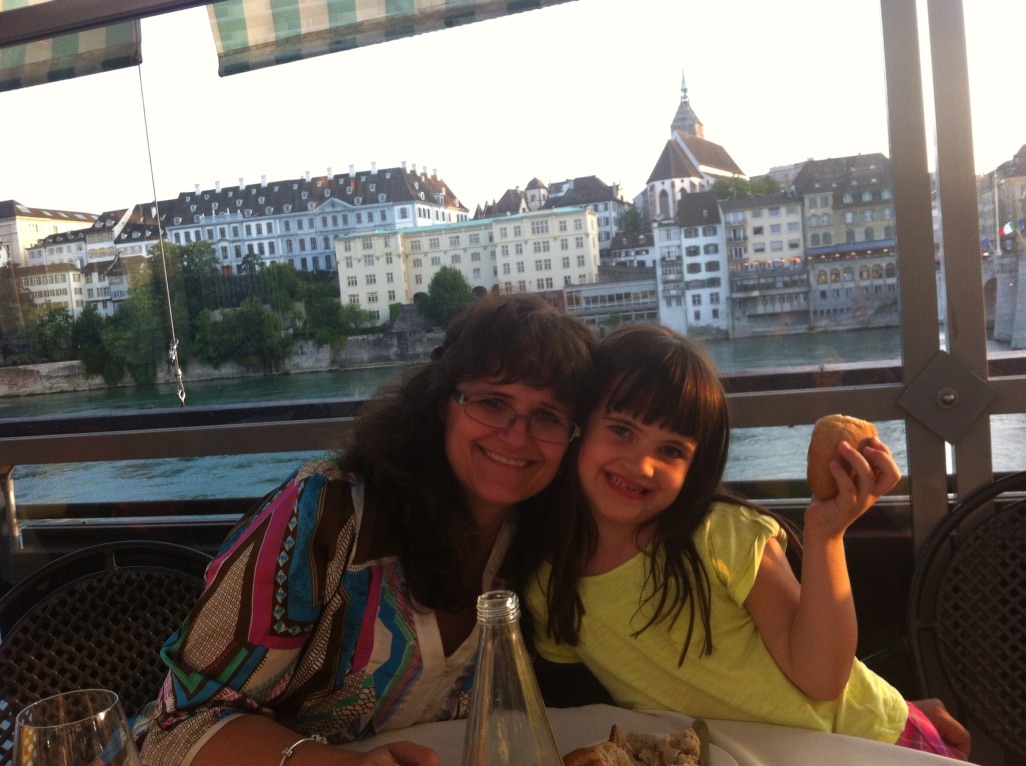
of the bridge to Basel, Switzerland, at……..a Best Western?
A lot of people like Airbnb. If you’re planning to stay in one spot for a while, it’s something to check out. Check out all the booking and discount sites. I like to check Booking.com.
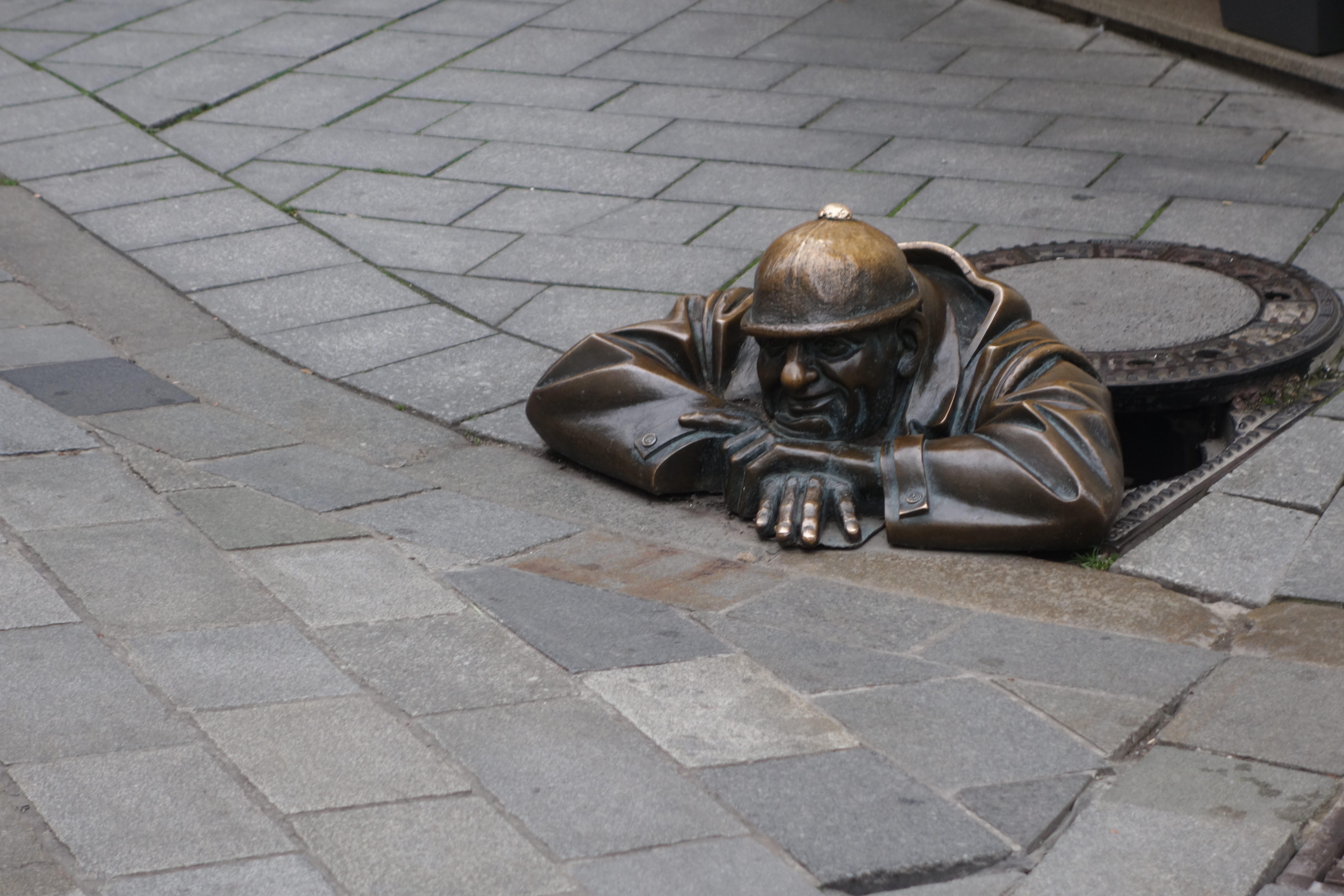
When we owned an RV, I would check Harvest Hosts for US road trips.

There’s an annual membership fee, but it pays for itself after 2-3 stays, truly. It’s a network of businesses–wineries, farms, golf courses, breweries, and more–where you can boondock for free, but you patronize the business. So you go have a drink at the brewery and stay overnight, or you buy kombucha tea and handmade soaps from the lady whose farm you parked on, or you golf at the golf course. I have made a couple of last-minute reservations through Harvest Hosts and they were perfect. If you’re an RVer, I highly recommend researching them!

- Sometimes I google hotel amenities such as “(city) hotels with a pool”.

Be specific if you want a particular feel: cabins, lodges, resort, rustic, luxury, B&B, etc.
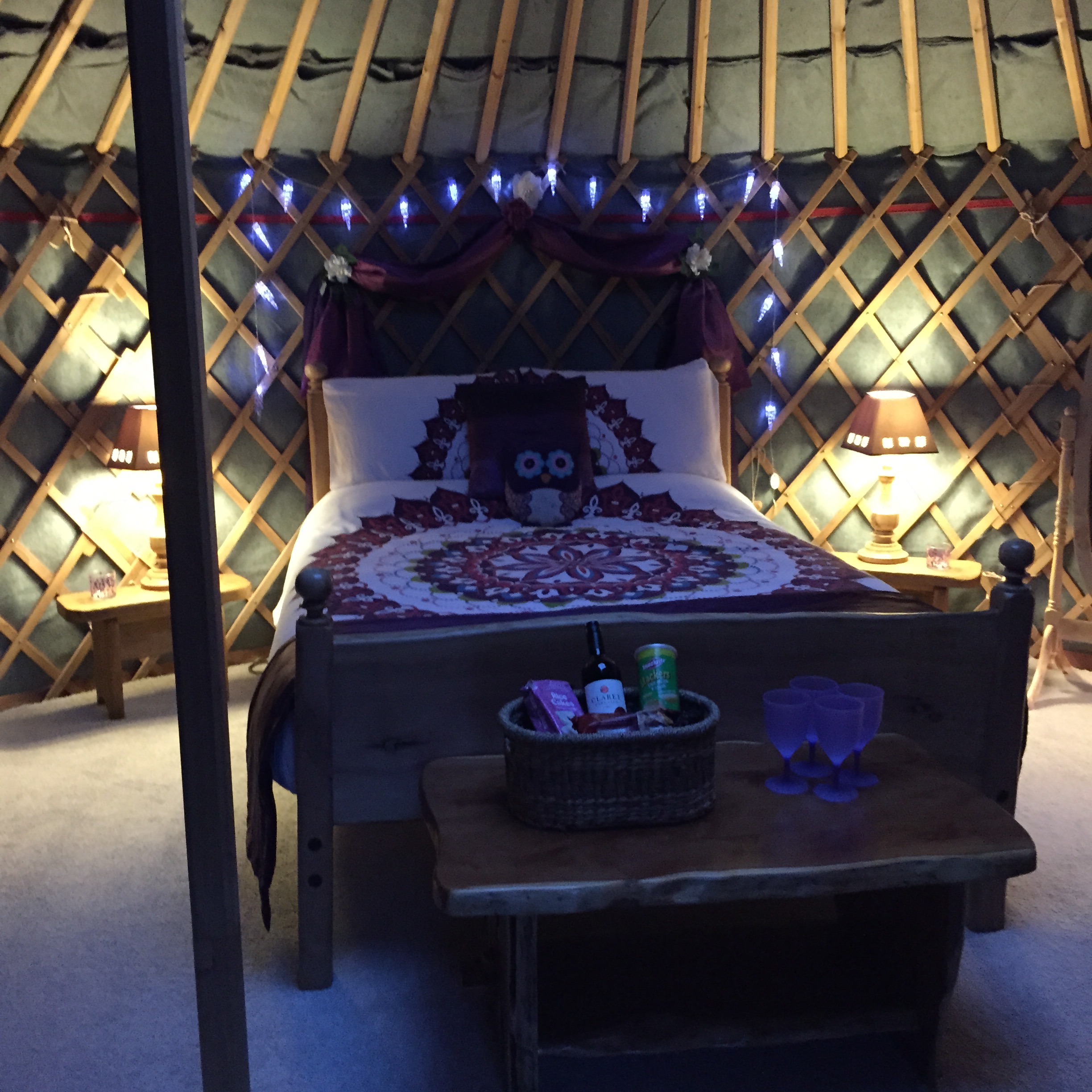
GOOGLE MAPS: ZOOM
- Find your city, search on hotels, zoom in, and start clicking.
This is where having plotted the sightseeing becomes useful: I already know a lot of what I want to see in a city. We’ll talk about this more in Part II.
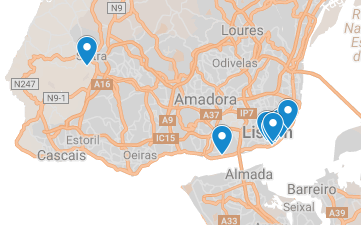
Zooming in is how I found several of our hotels for this trip, including a cute old B&B and a hotel with ancient baths. (I also zoom in to find museums and attractions that maybe I’ve missed in my research.)
FOOOOOOD
I’m not a foodie, but I do like to eat. I like unique restaurants and restaurants with amazing food and atmosphere. I am *especially* interested in the region’s offerings of sugar, bread, and things that are sugary bread. Don’t scroll through this slideshow when you’re hungry…
- I Google things like “Porto for foodies” “Portuguese desserts” “traditional foods of Spain” and “Best restaurants in Porto”. I’ve found a couple interesting bakeries and restaurants that I’ve plotted in inRoute for this trip. (In Sevilla, you can apparently buy sweets from nuns, and I’m there for it!!)
I’m definitely not suggesting you plan every meal (unless you’re on a strict budget like my husband wishes I were). I’m saying, if there’s a cool-looking restaurant, bakery, brewery, etc., then you might want to plot it to see if you can work it in. Also, you might need reservations and you might want to check the hours for the day you’ll be in town. I plan to make a couple of reservations in the bigger cities for this trip.
If you’re into imbibing, search on wine, vineyards, breweries, beer, craft beer, port, etc.
Considerations for destinations:
- How many hours/days will we need in order to see what I want to see?
- Is it a place where we want to spend a few days, or is there just one thing we want to visit and move on? If you’re wanting to get a feel for a place, you should have at least two solid days without driving, as in, get in one night, spend the next two full days, and then leave the day after. If you just want to visit one museum, maybe plan it for midday and then keep driving to a place you want to spend more time the next day. You don’t have to spend the night where you spend a day!
- Is it just a selfie spot? Plot it. Stop, see if there’s a bathroom while you’re there, pee, and bam, drive away.
- Can I time a meal stop that serves as a small sightseeing opportunity as well? This is somewhere a random cool restaurant might come into play.
- How many stops have I built into that day? How long will it take us to get to the main stop? What time will we arrive in a town? Can I do what I want to do during that section of day?
- Is anything going to be shut down at specific times? (Sundays in Germany, siesta in Spain, August in Rome, American restaurants on Monday/Tuesday, off-season closures, Covid restrictions (stay on top of this along the trip), etc.)

Those factors/decisions will all really come into play when routing (Part II).
Anyway, that’s enough for now…happy planning!

.
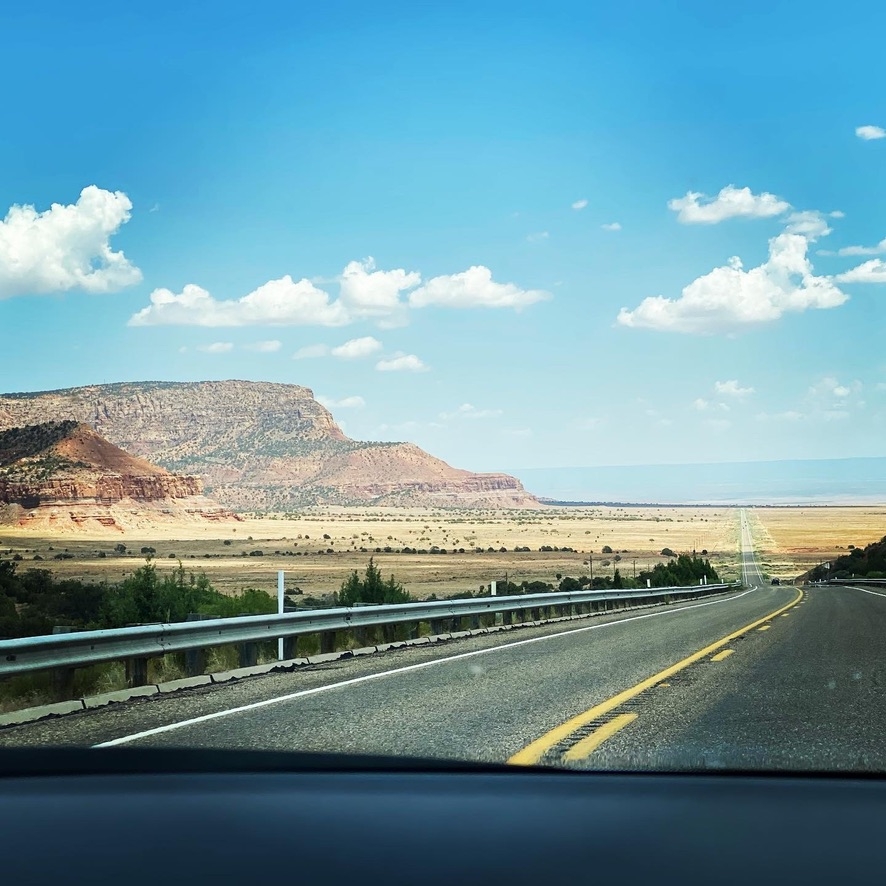
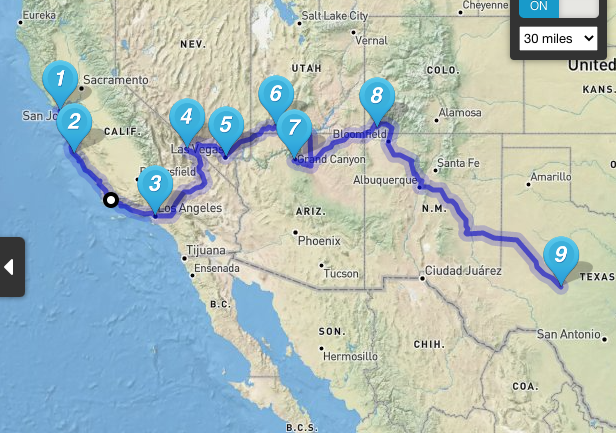
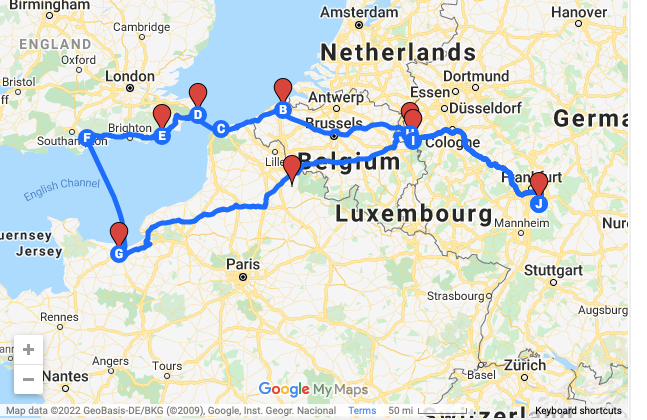

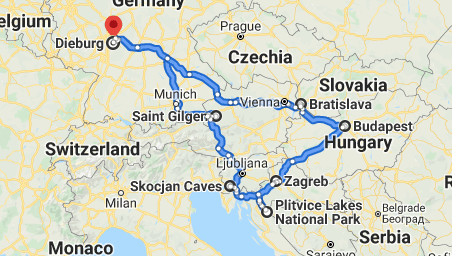
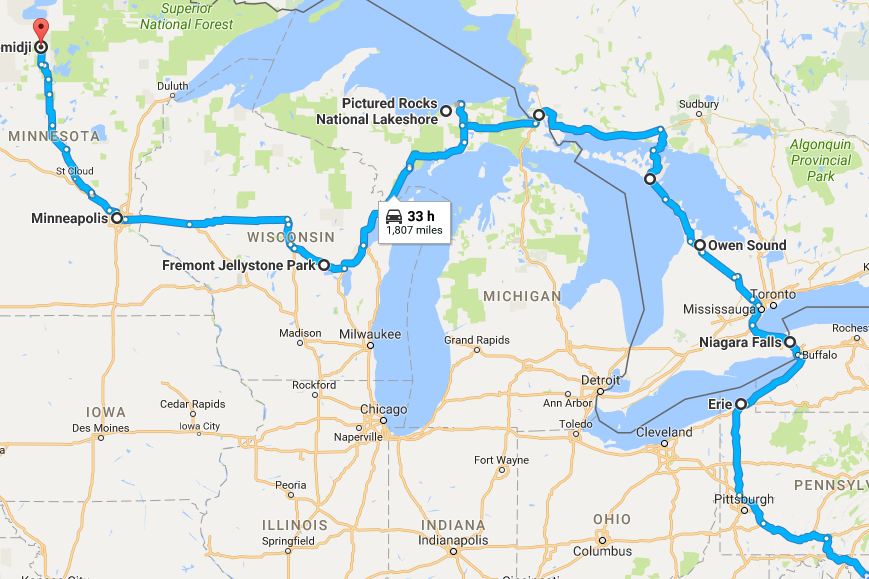
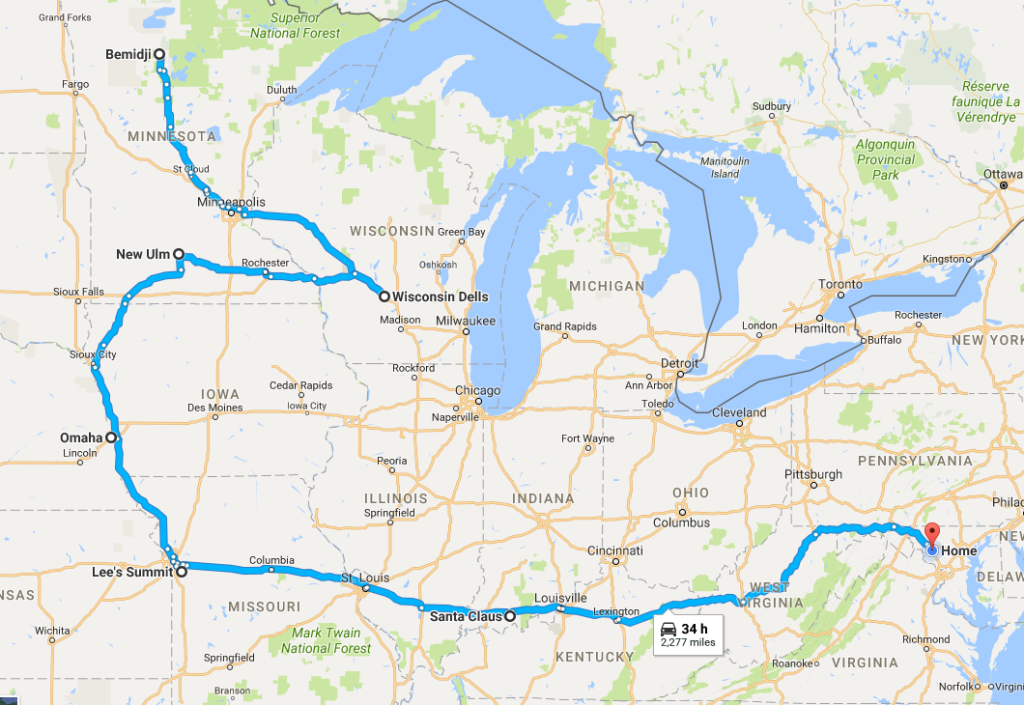
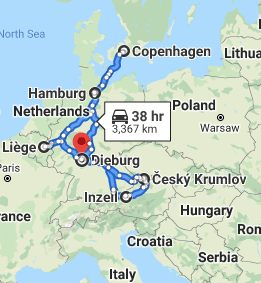
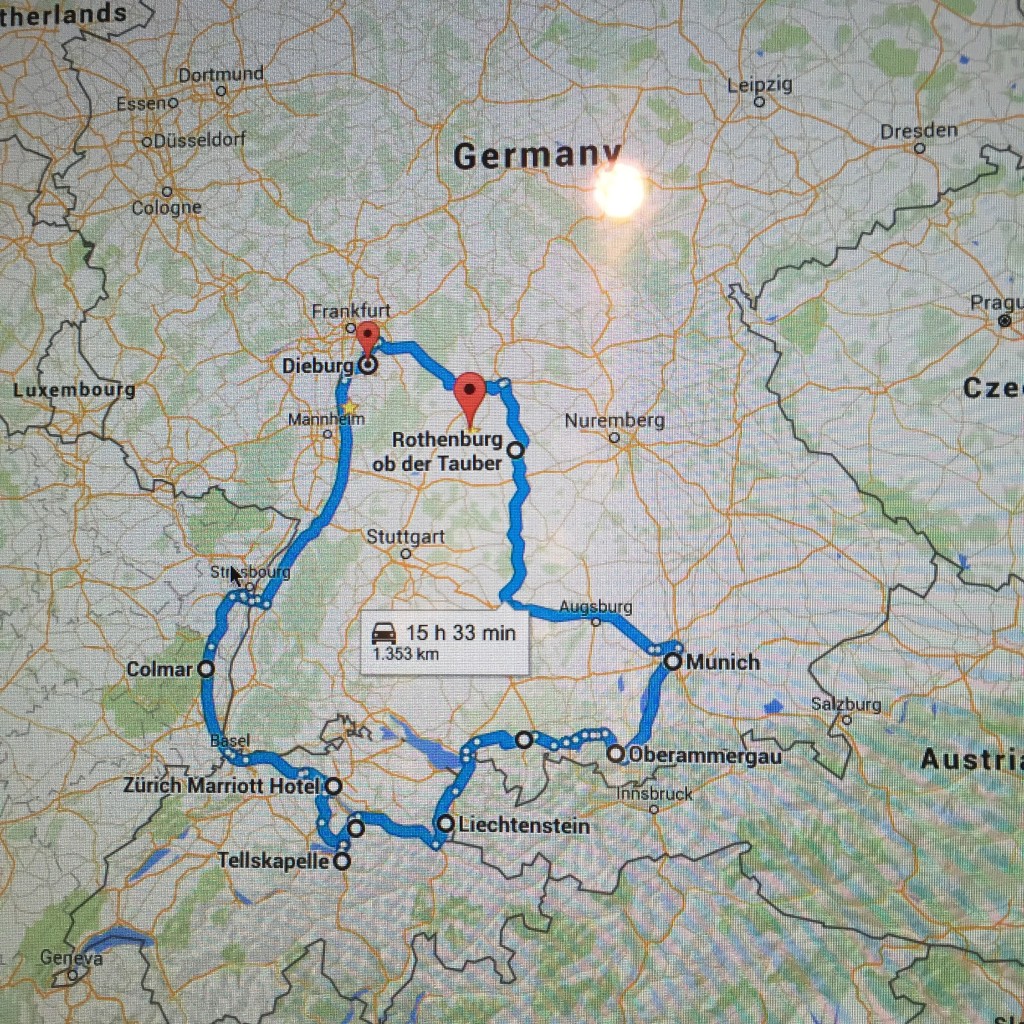
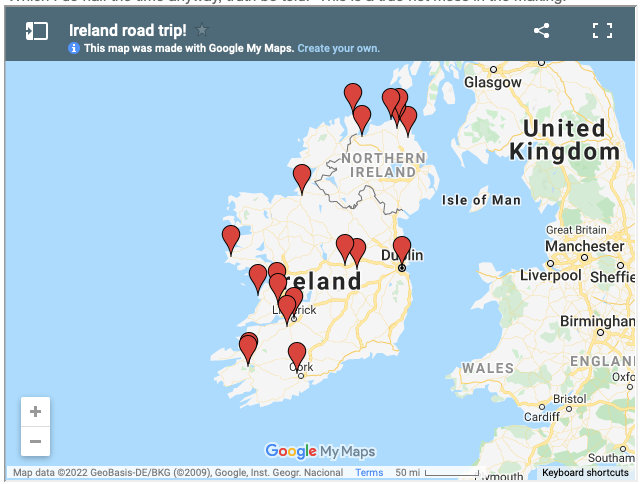

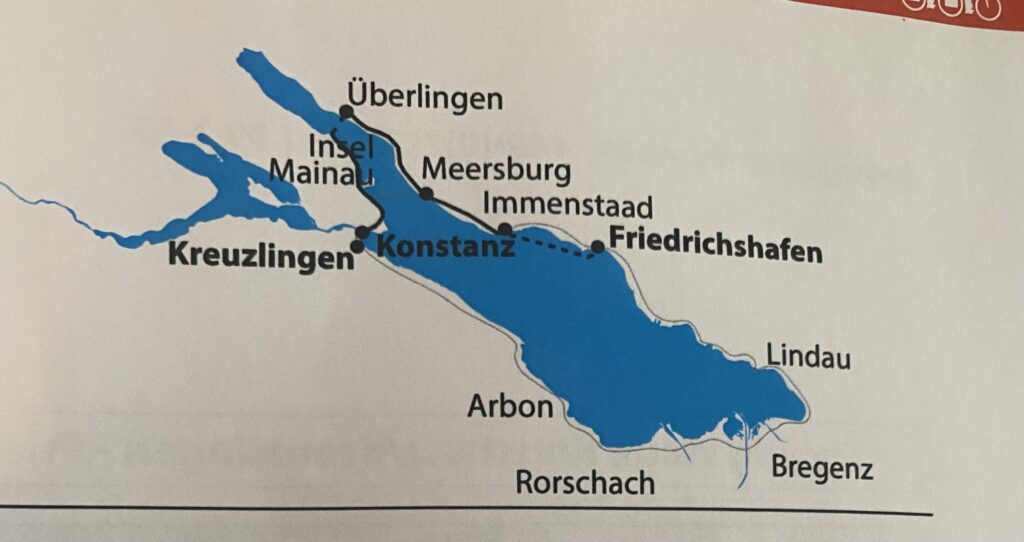
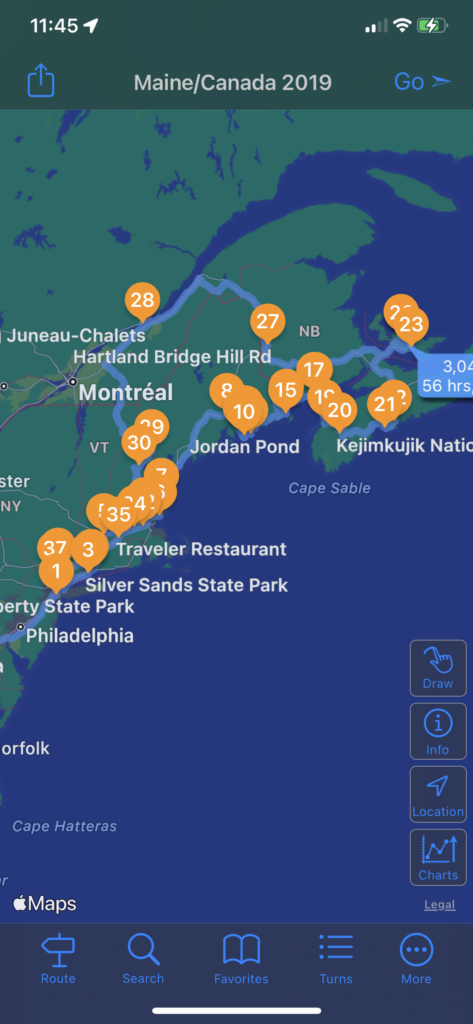

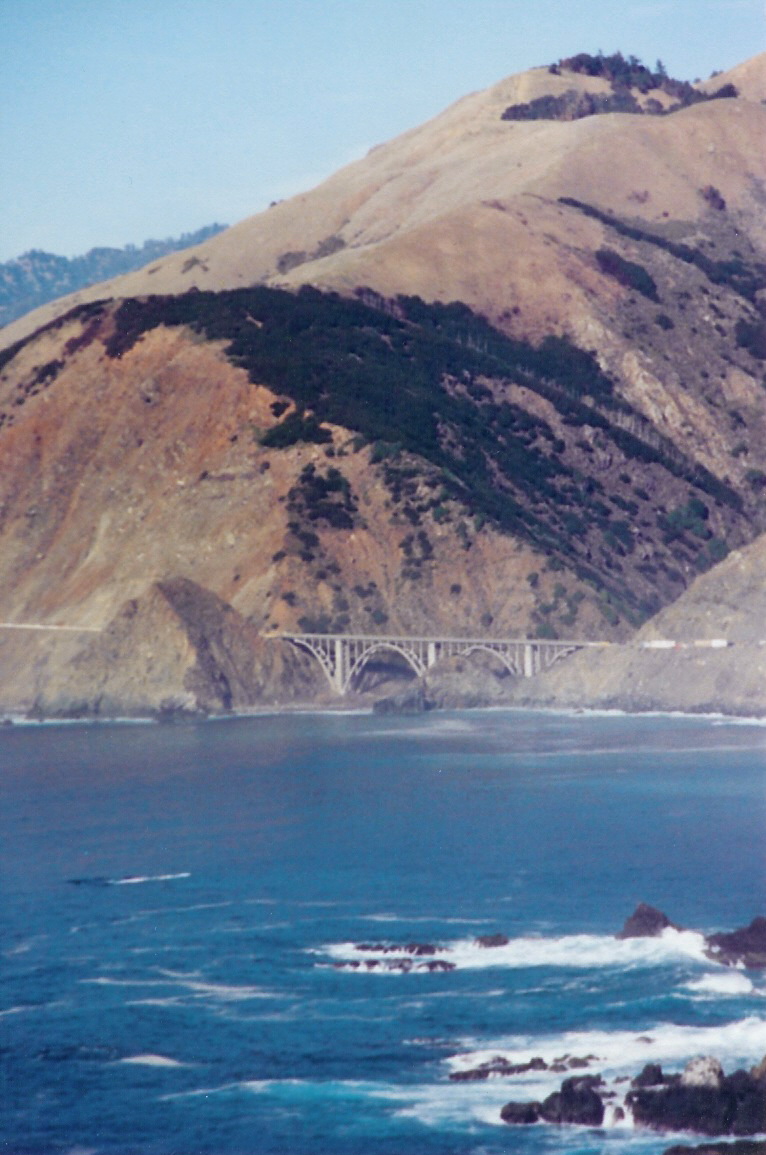
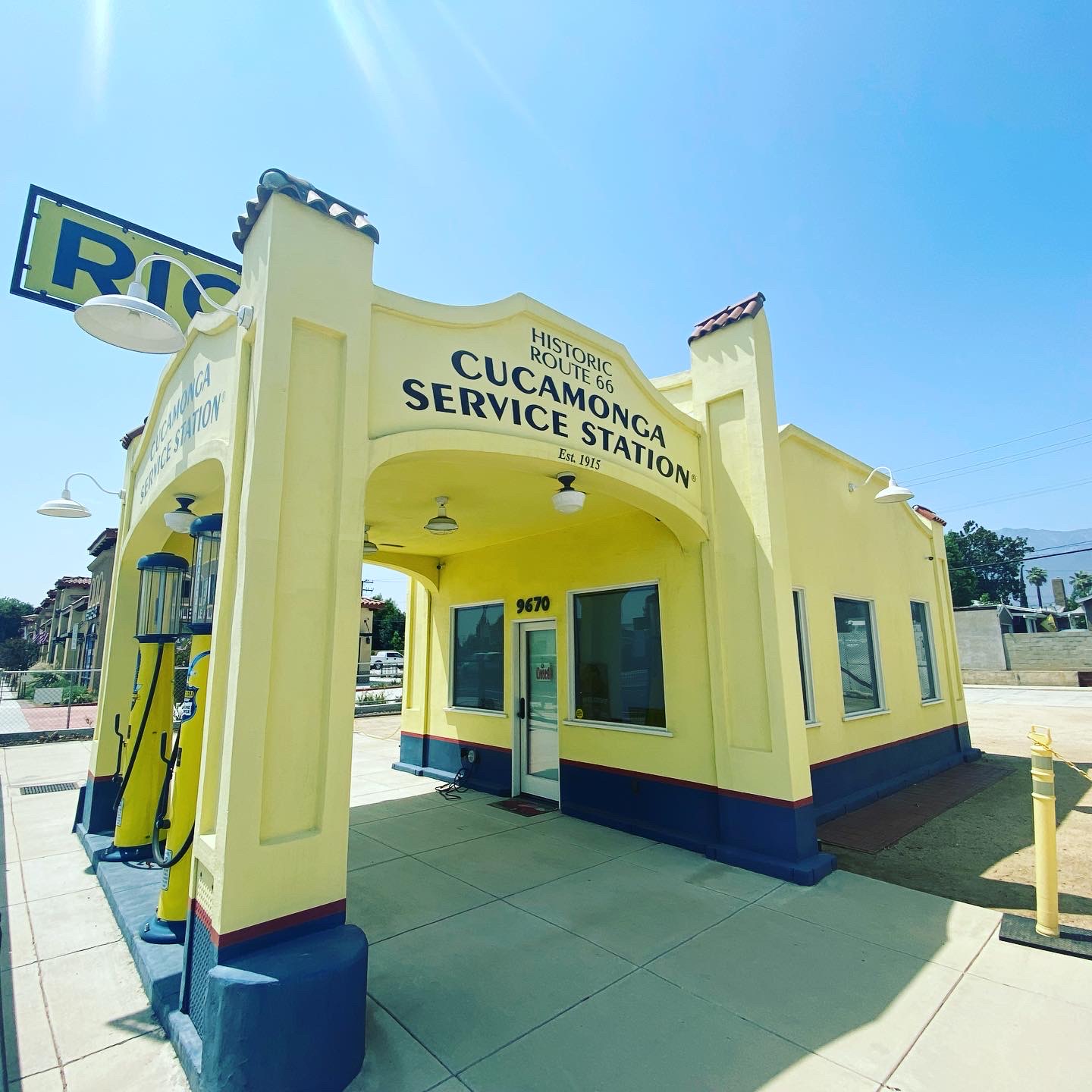

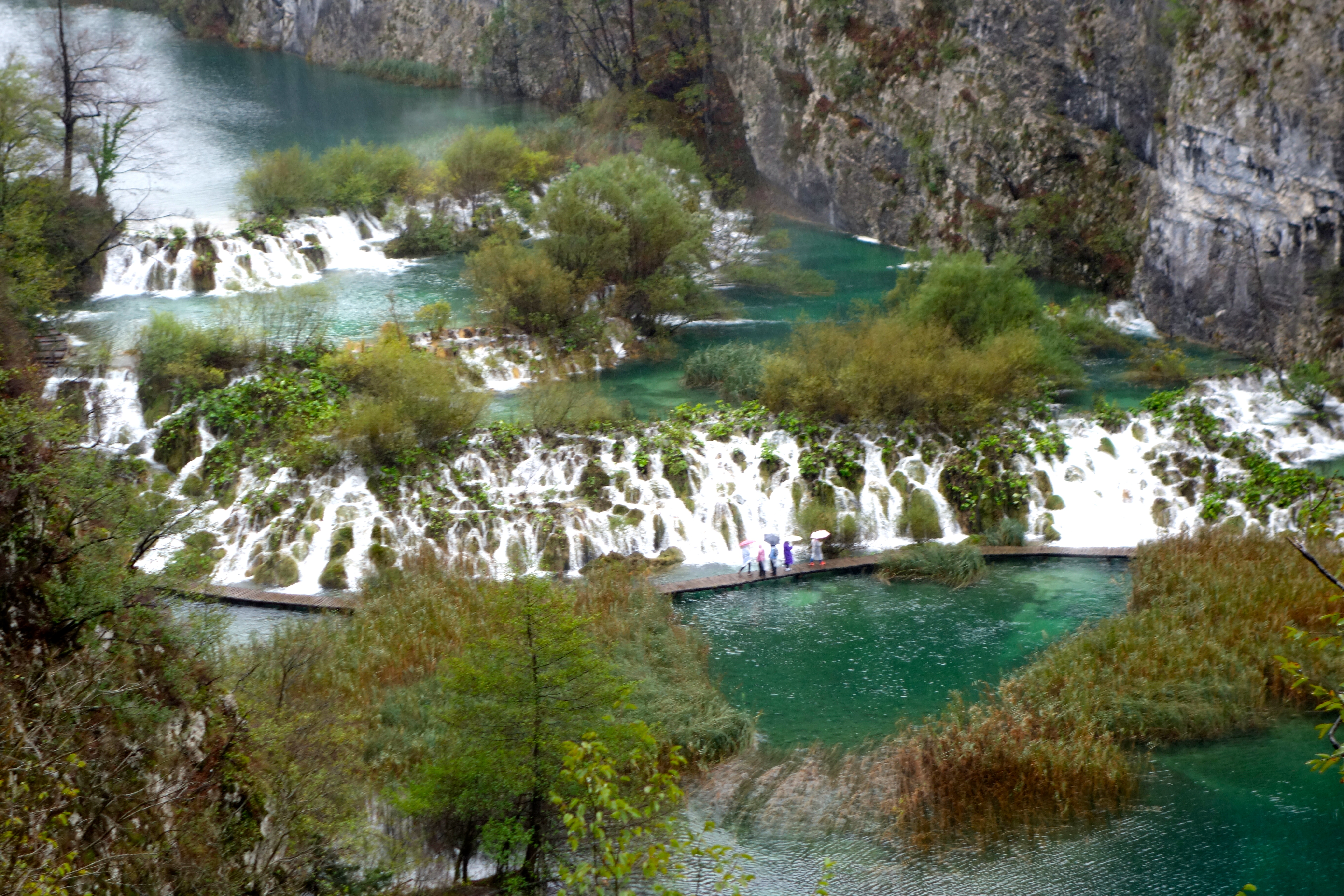
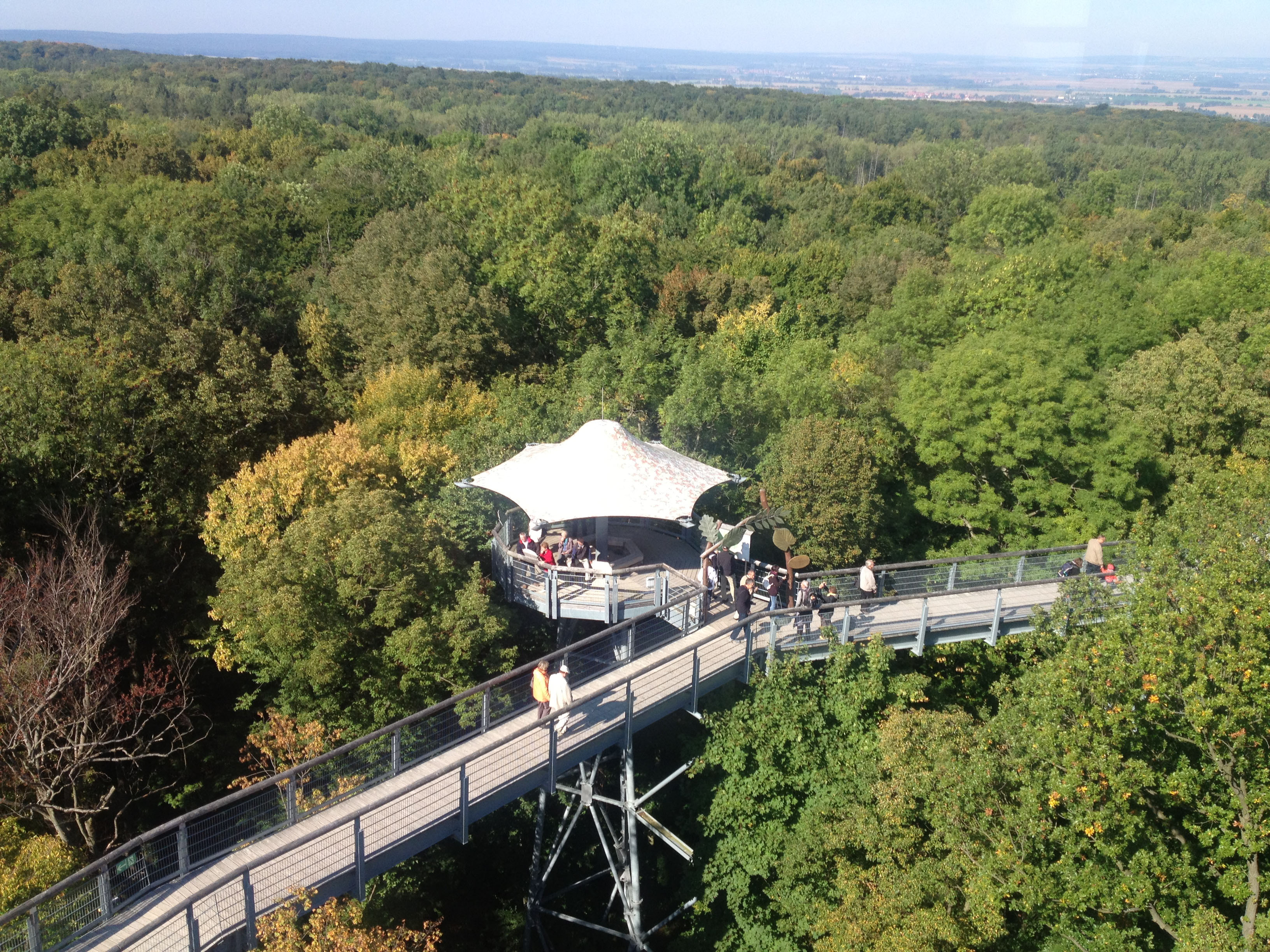
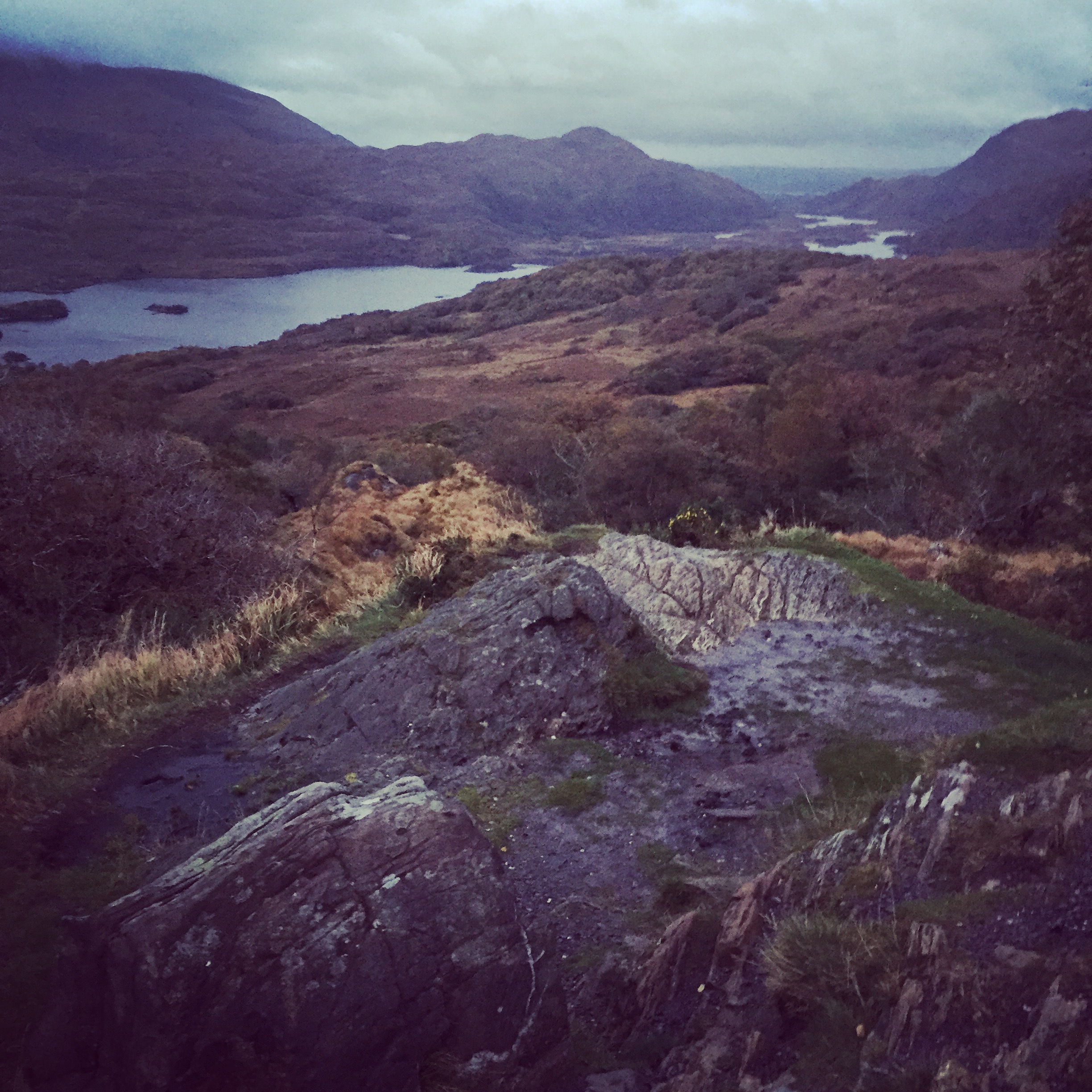
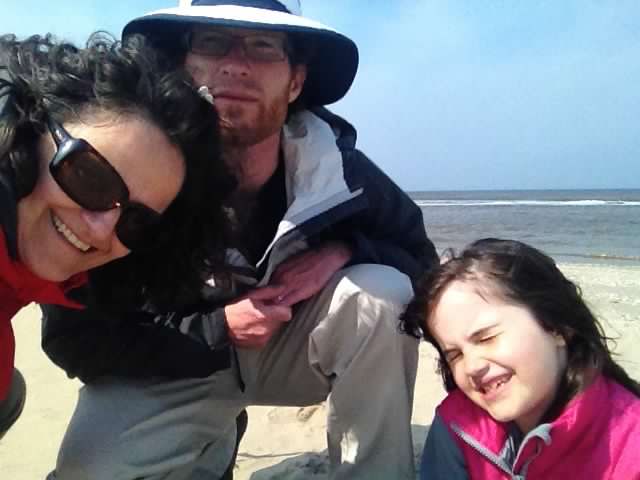


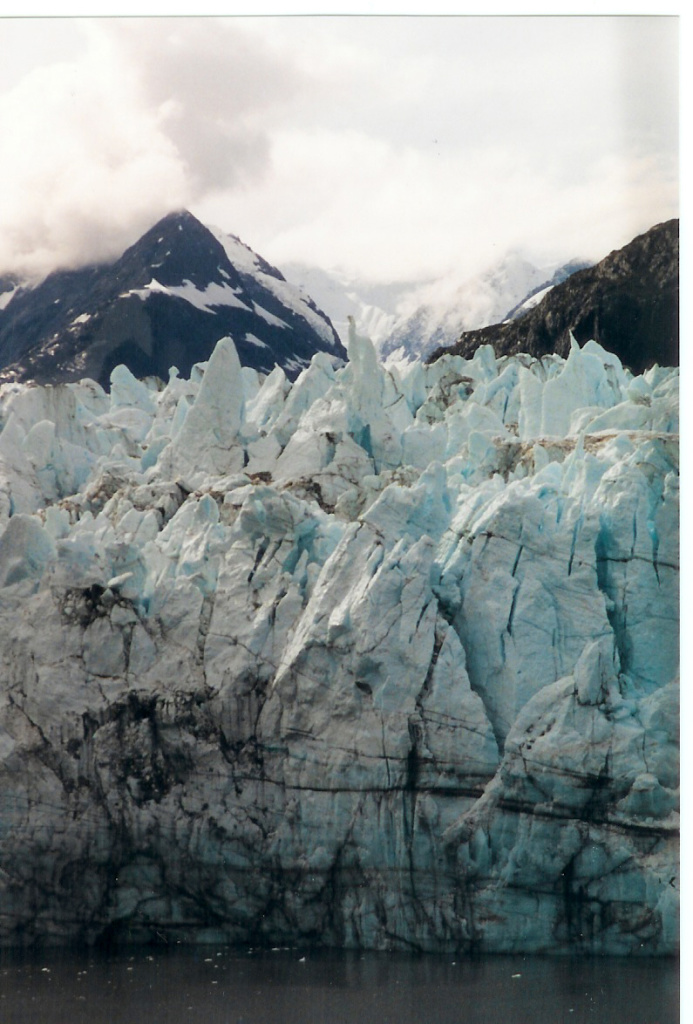
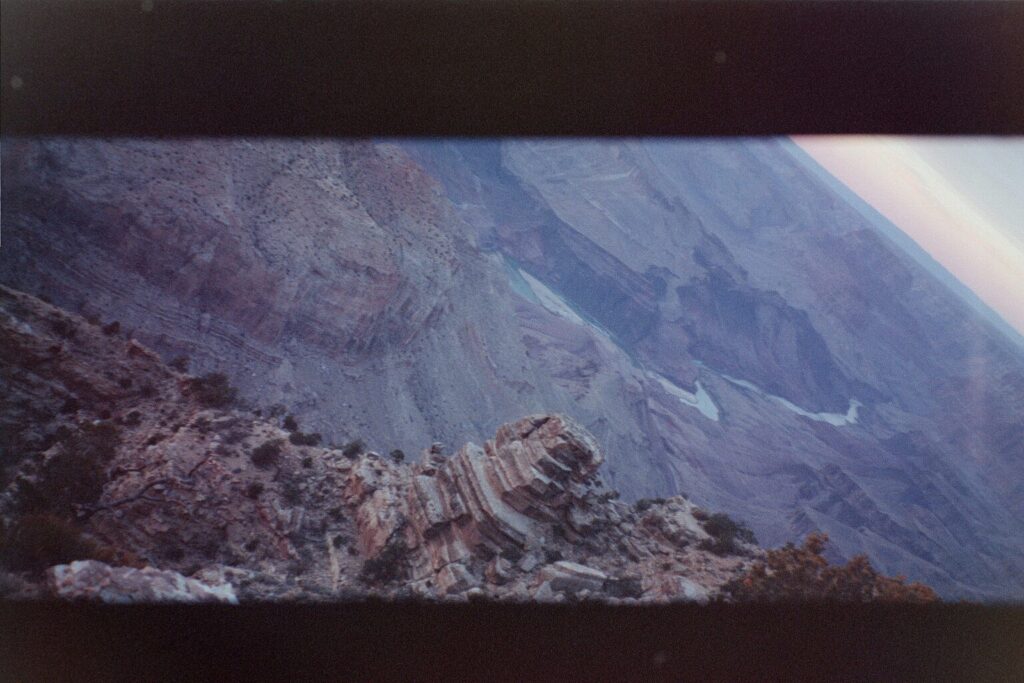
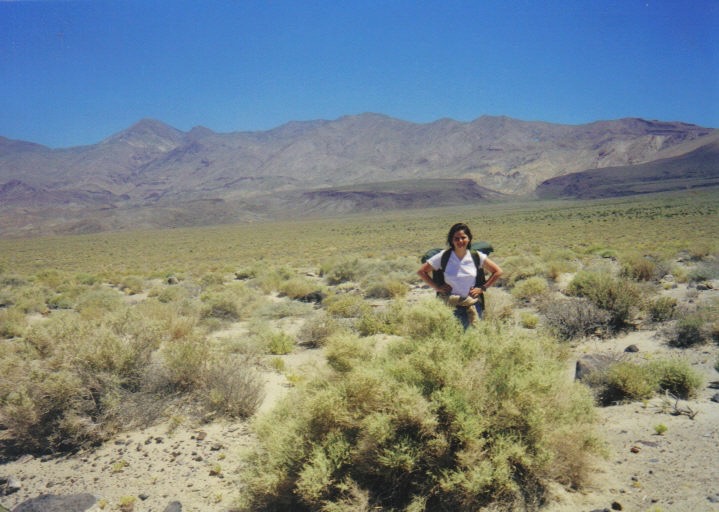
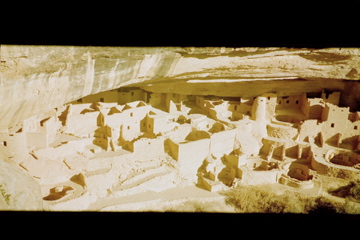
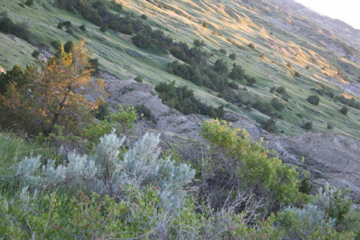

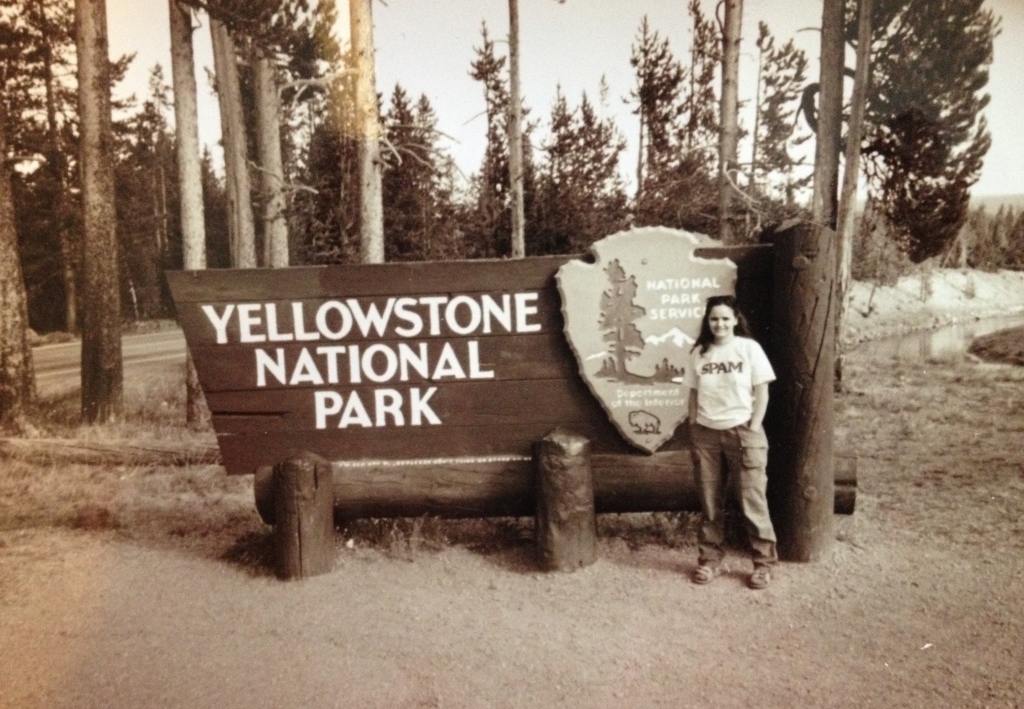
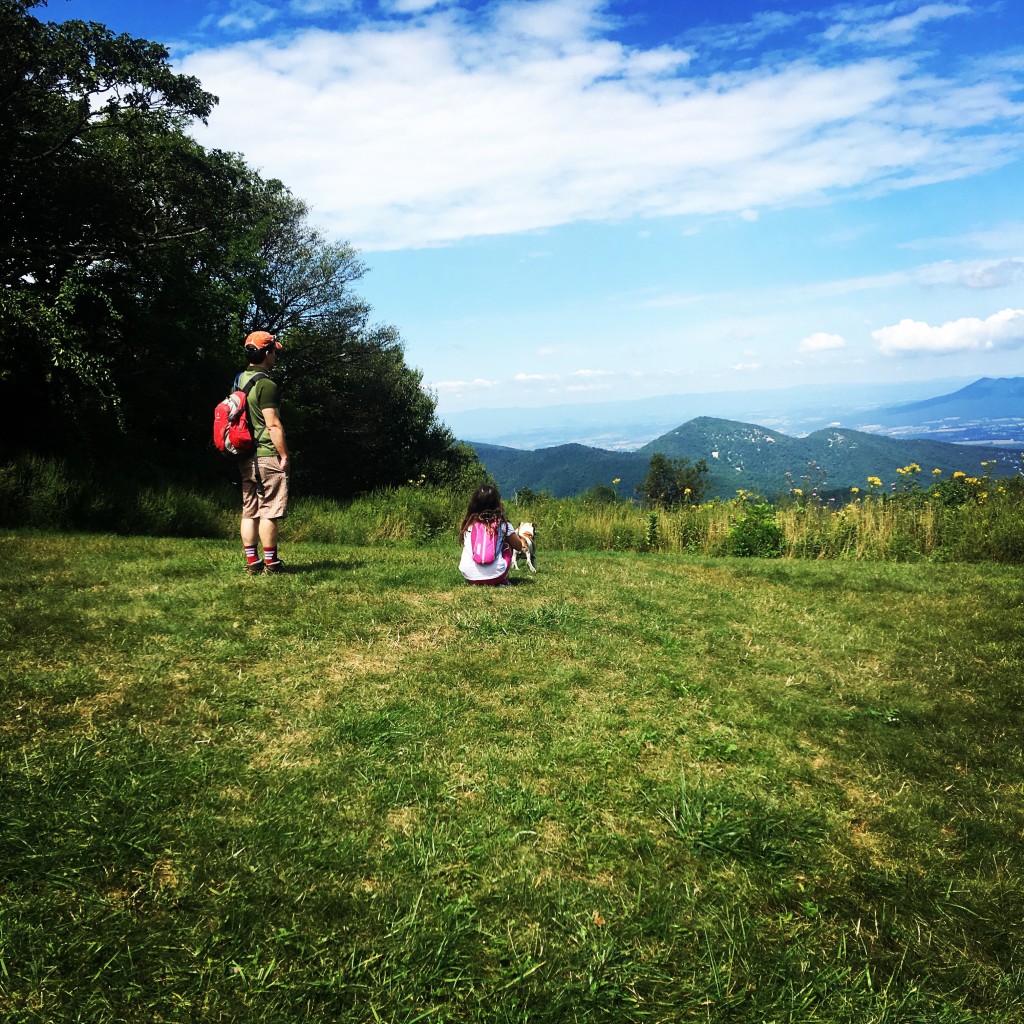

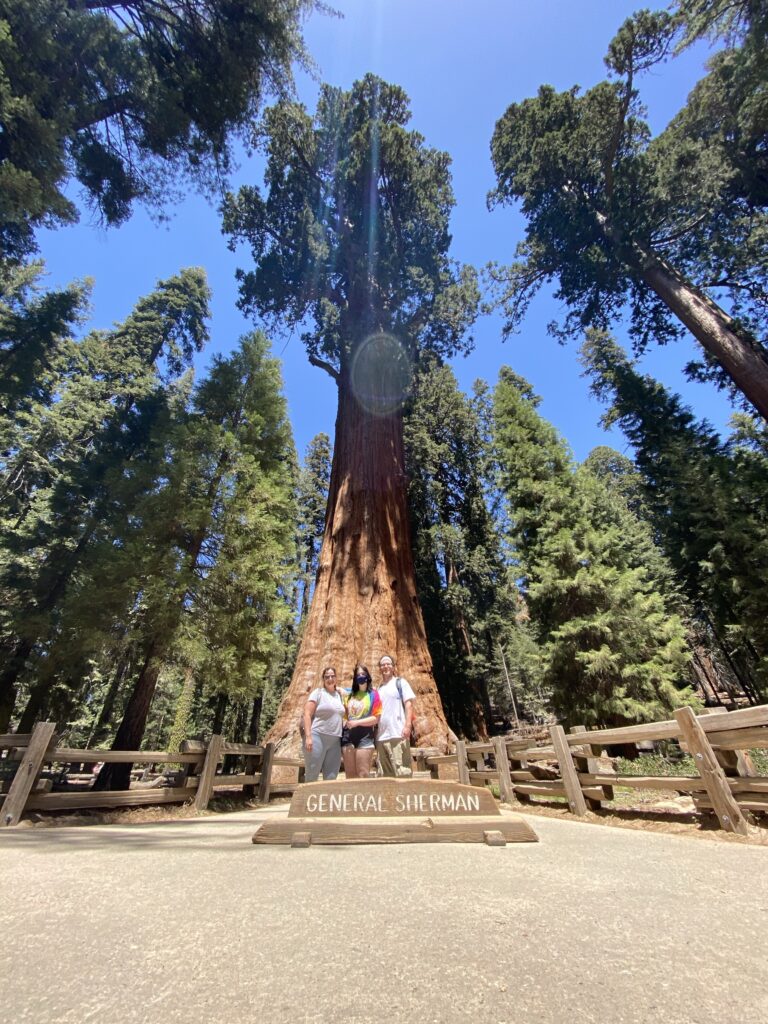

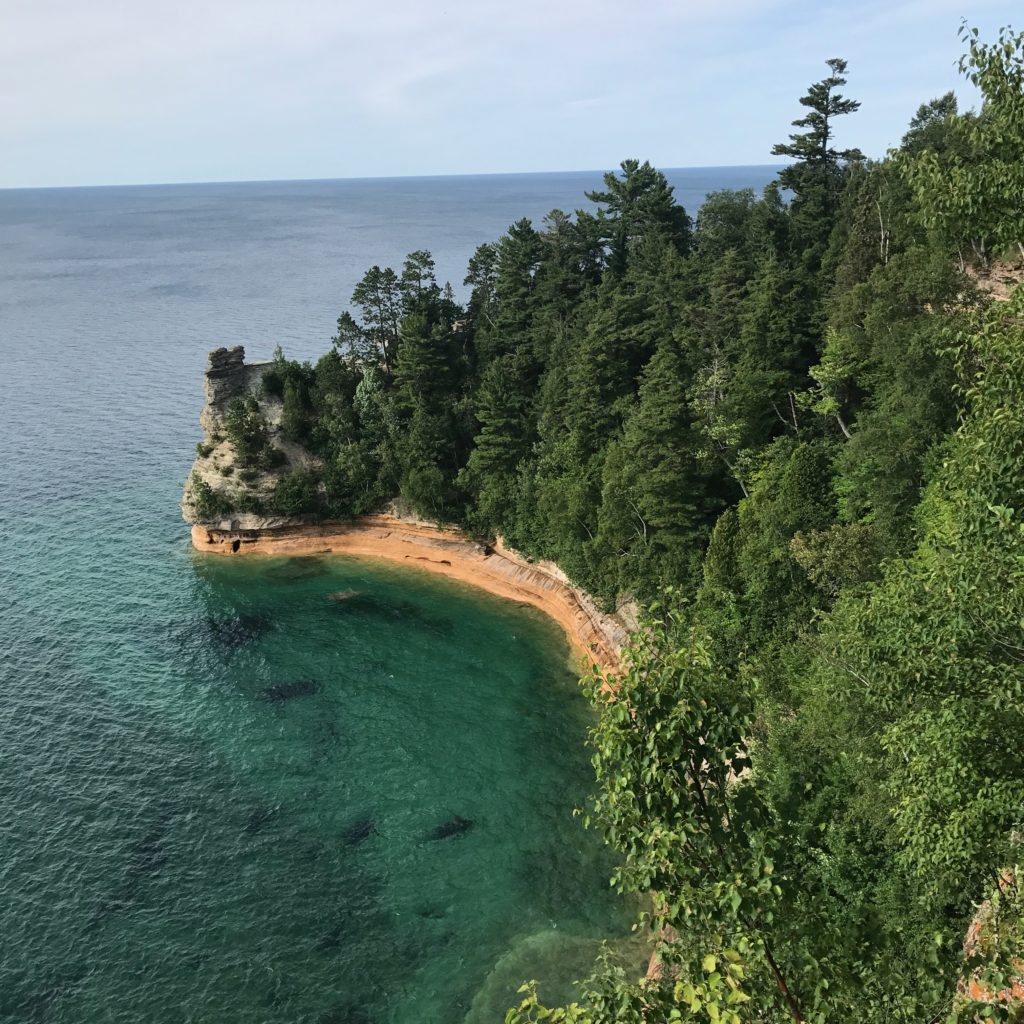

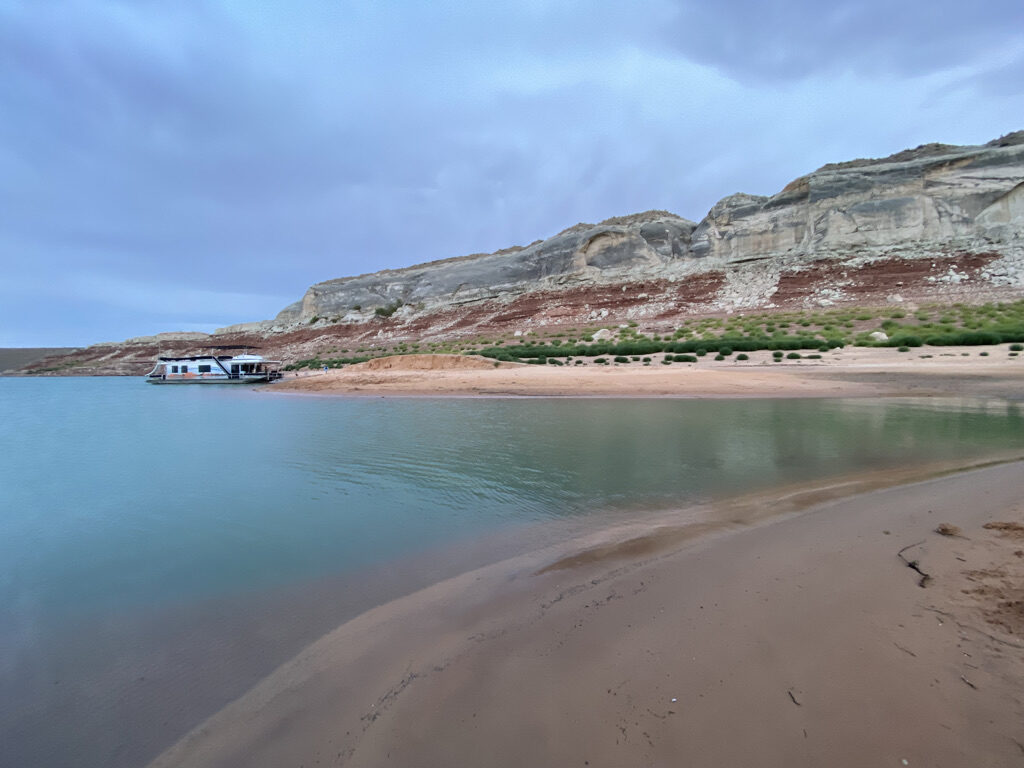
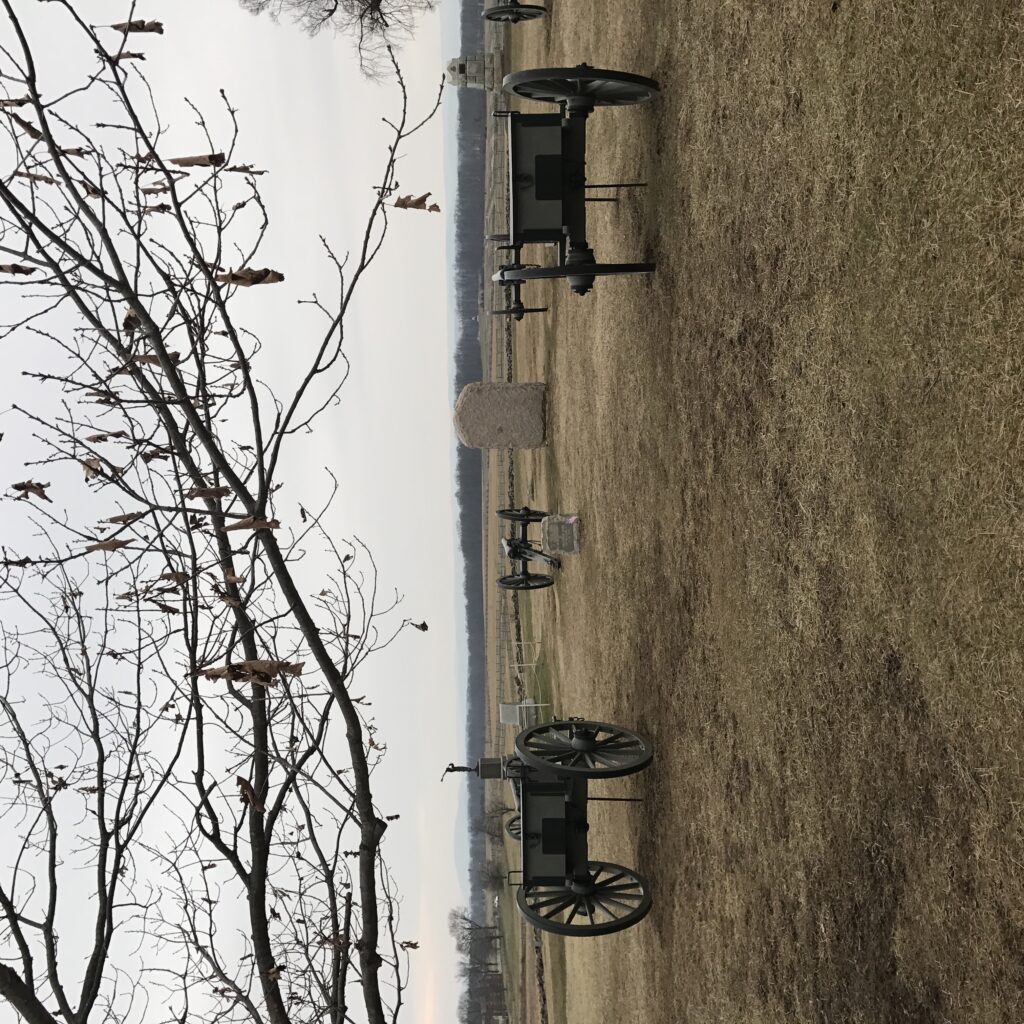
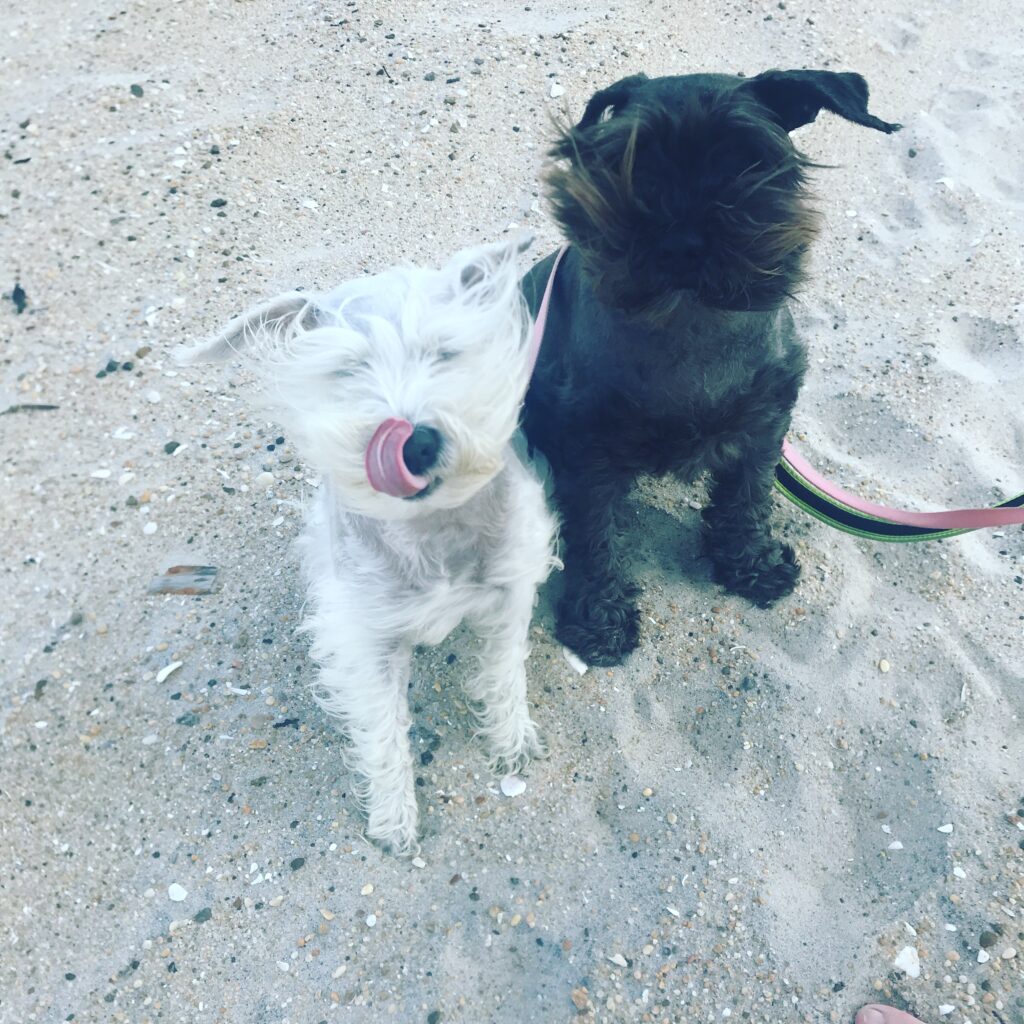
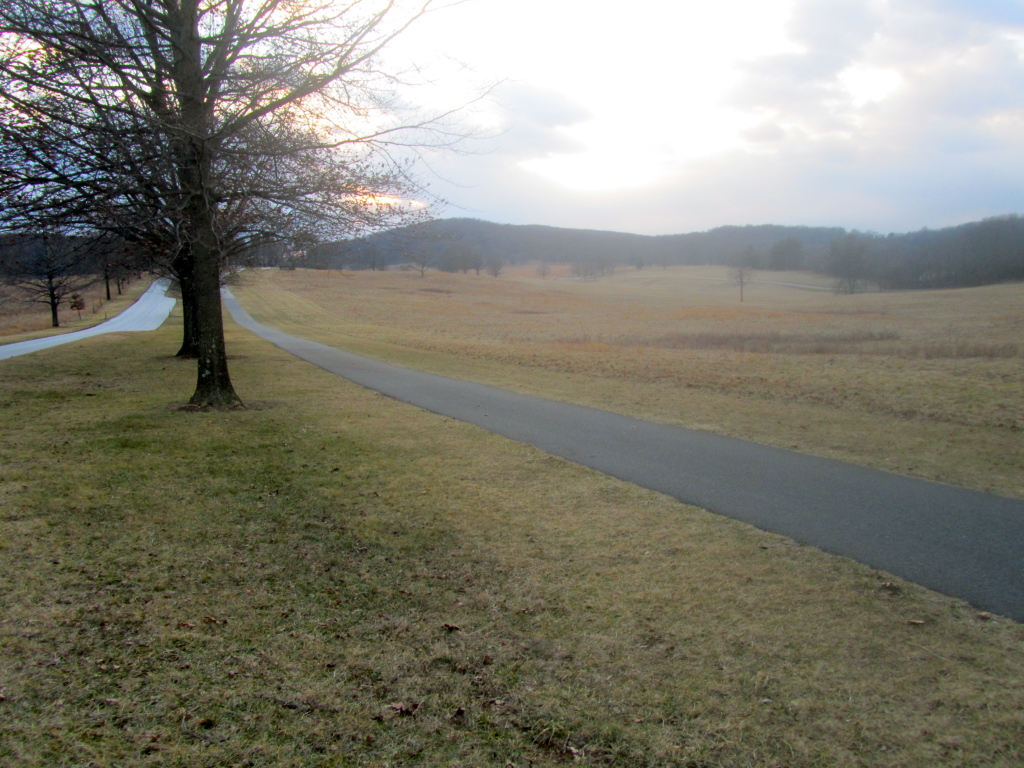
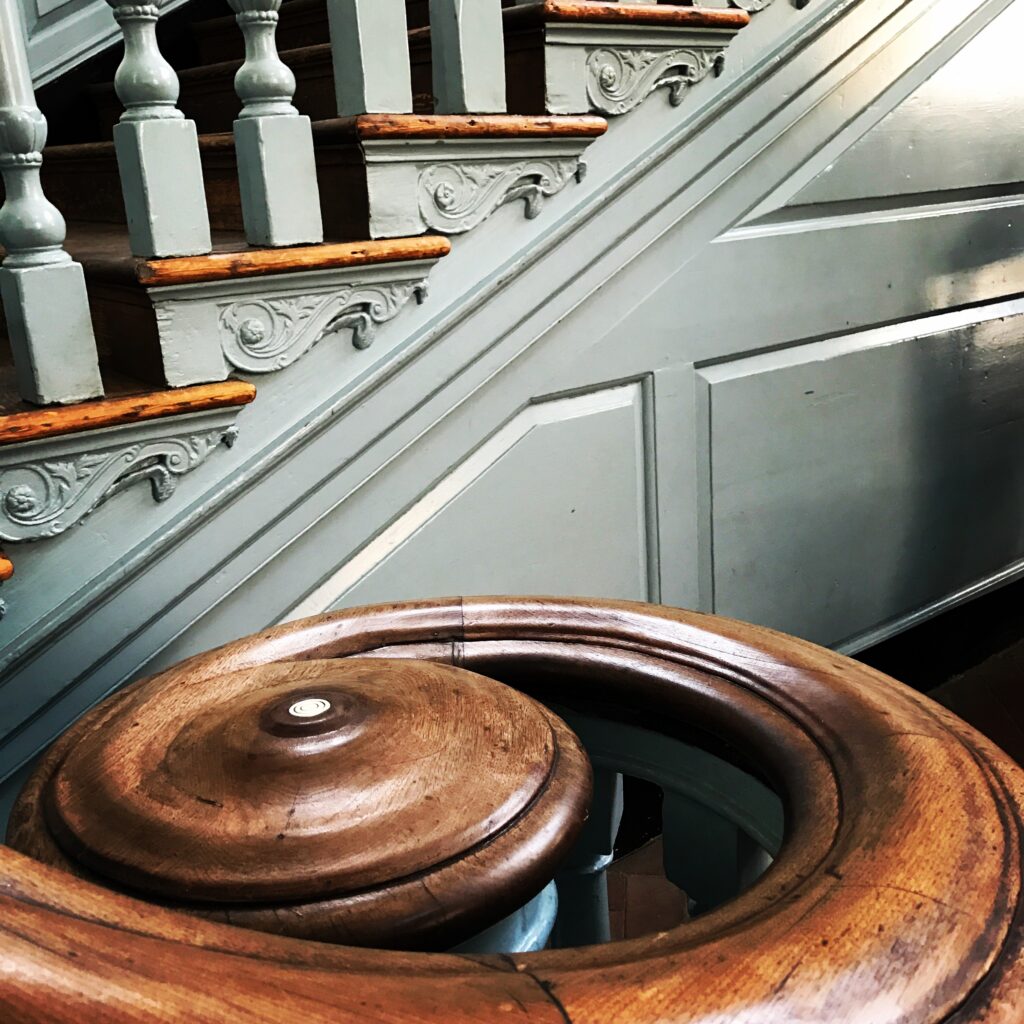
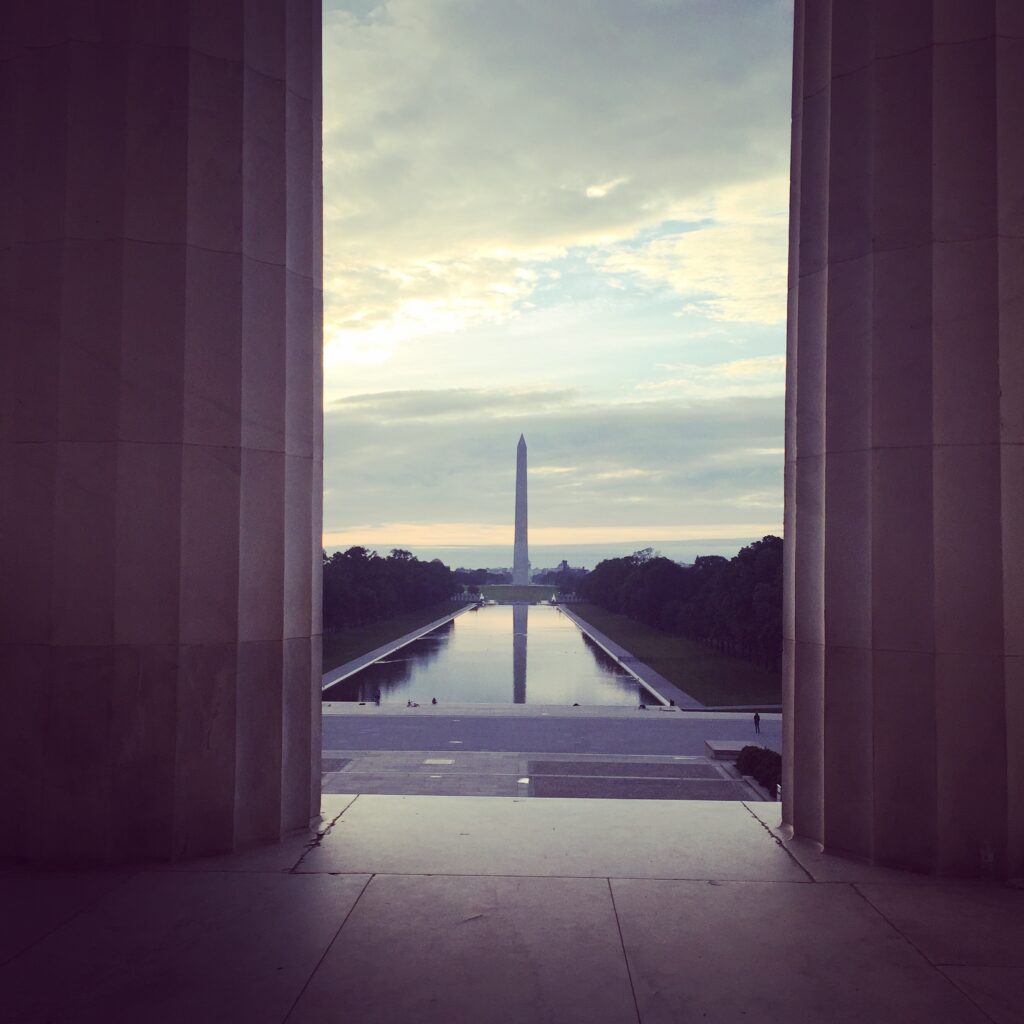
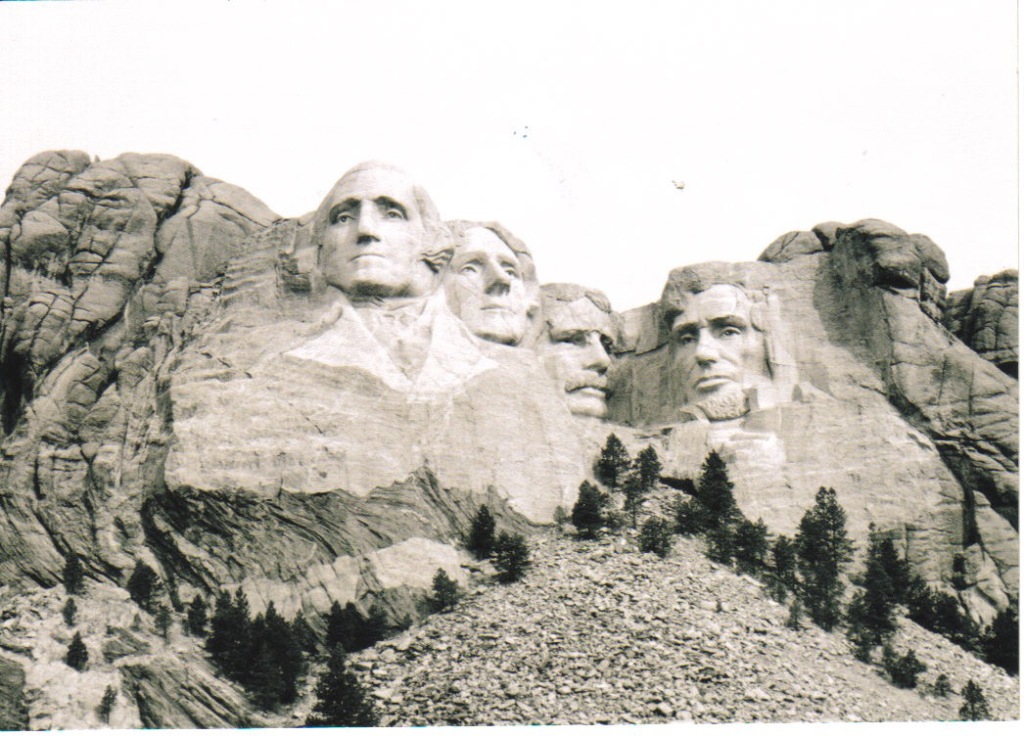
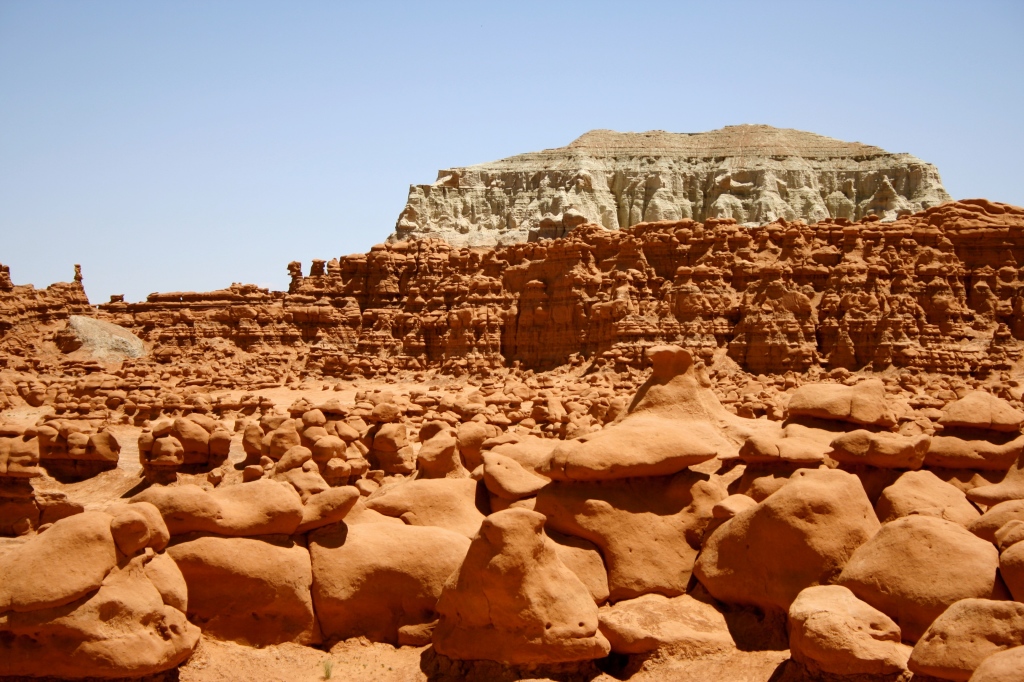
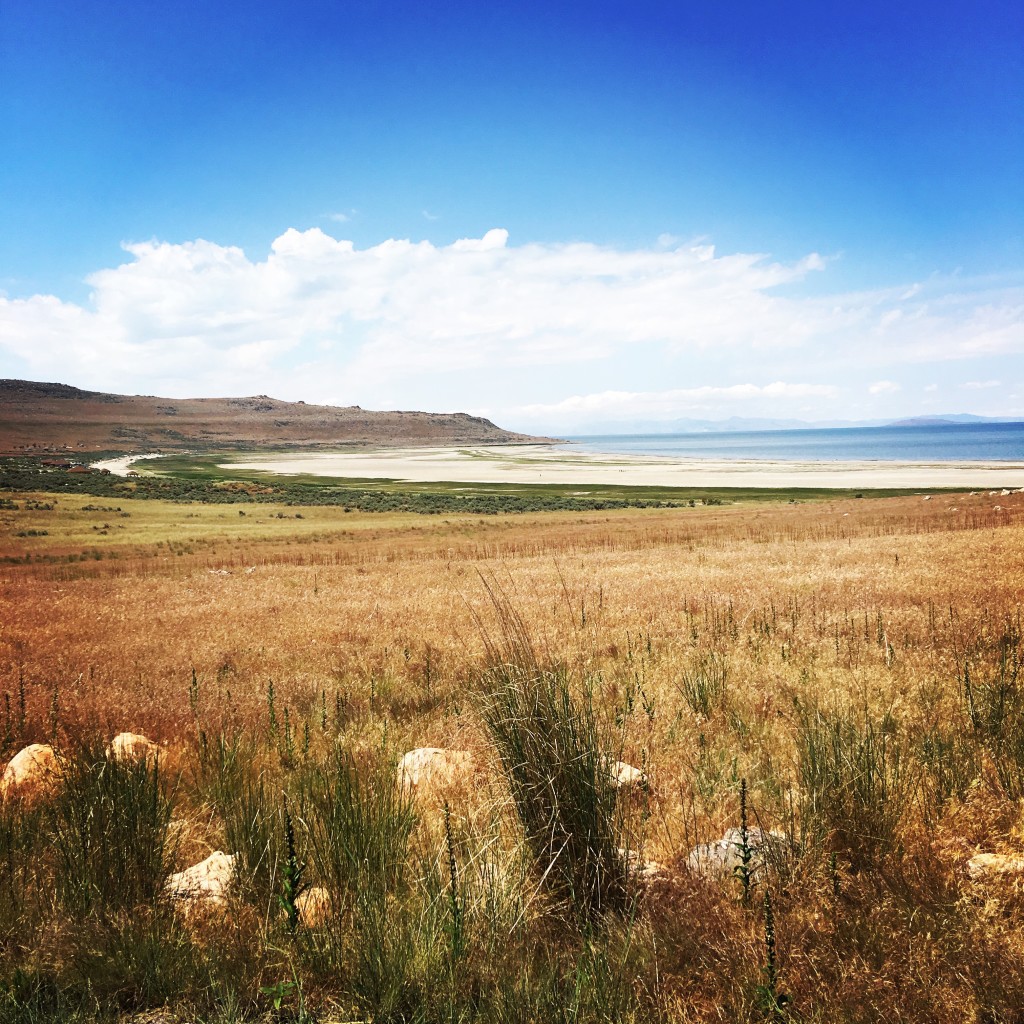
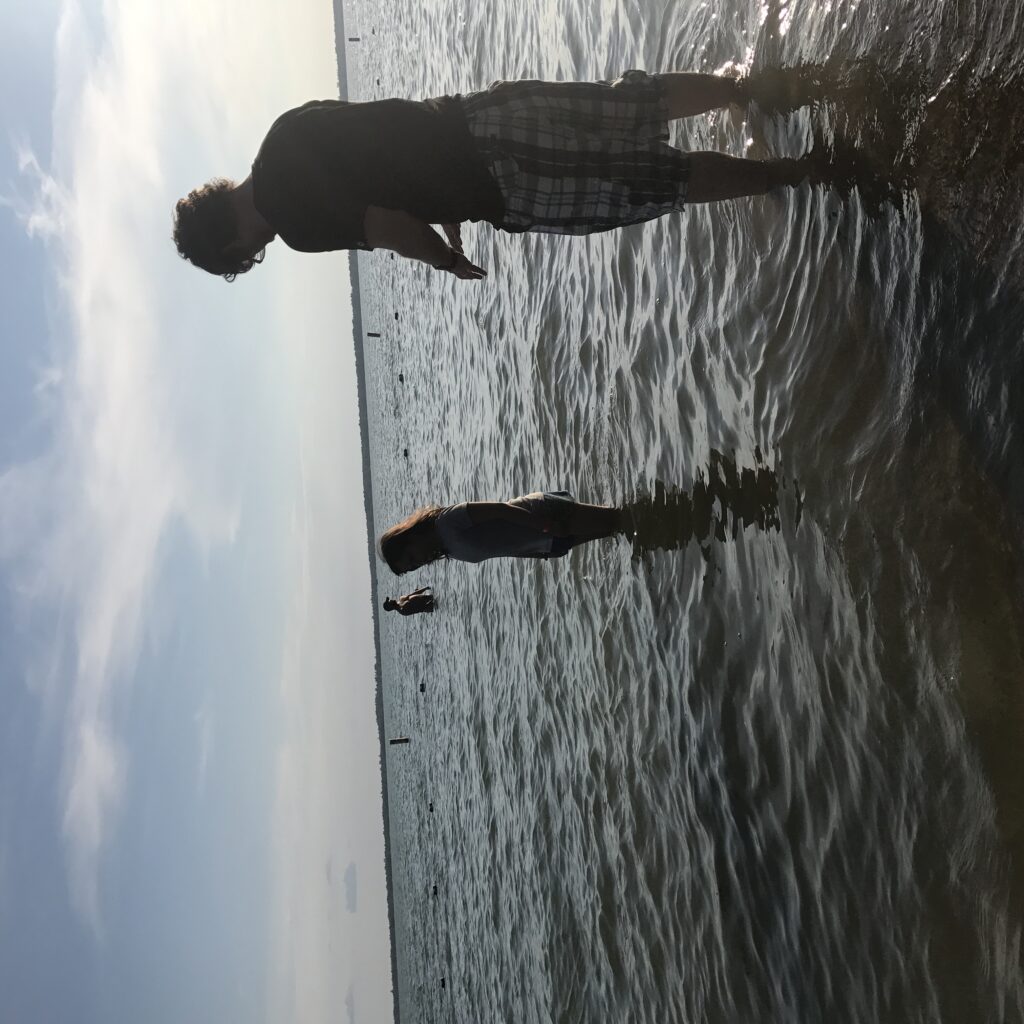
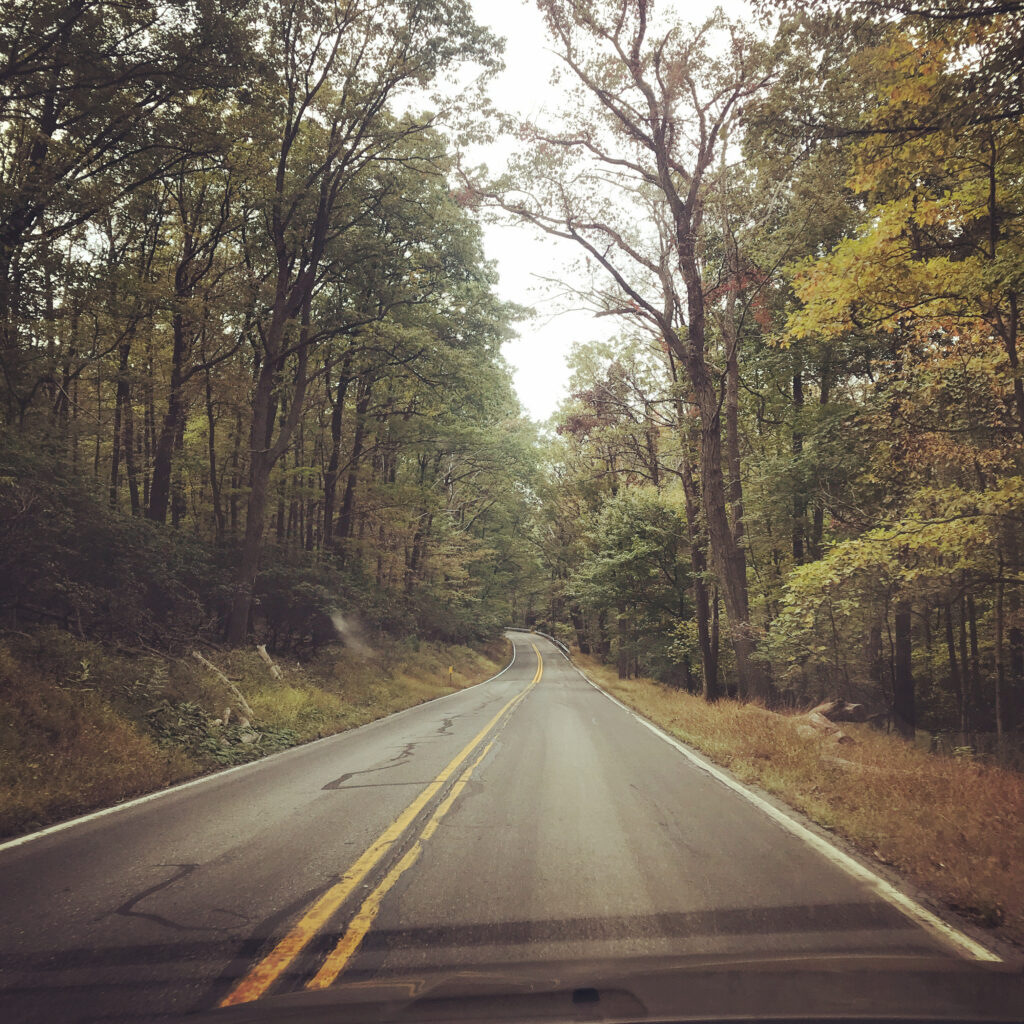
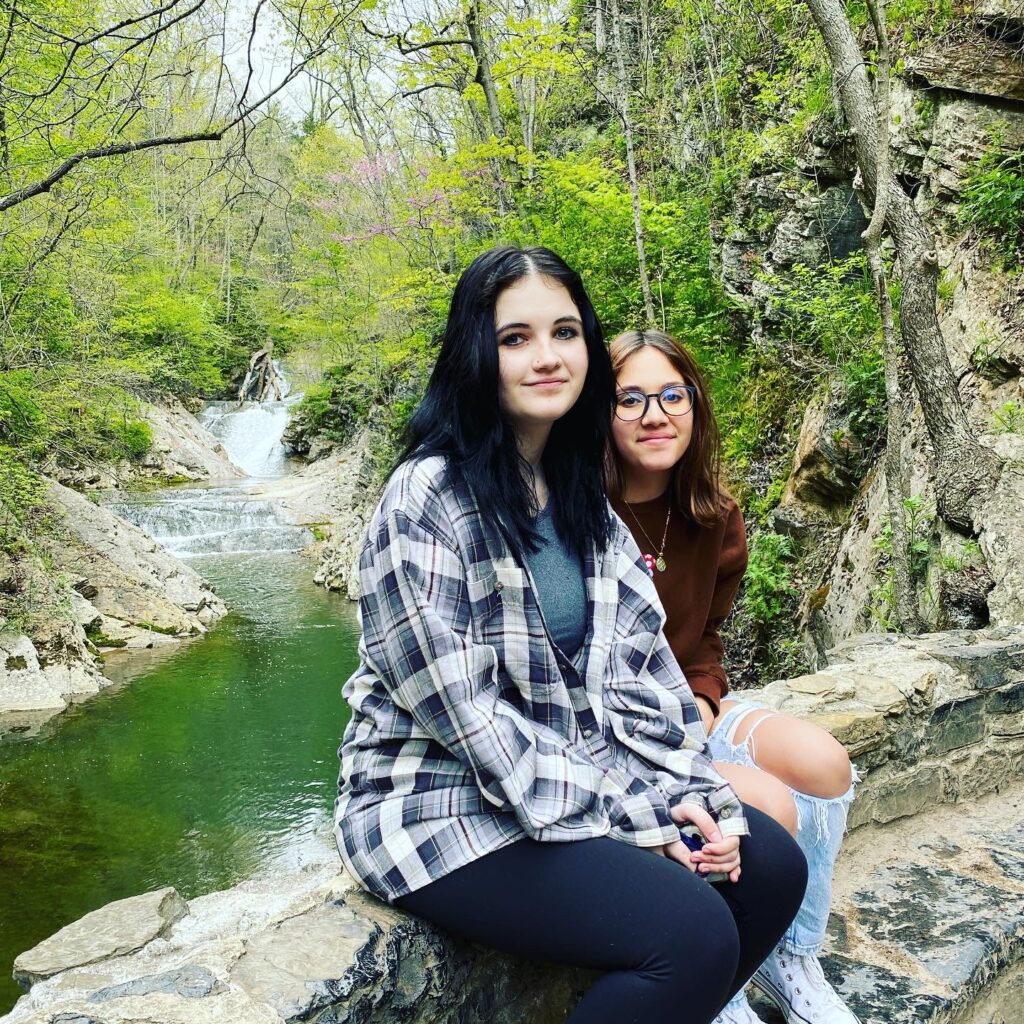

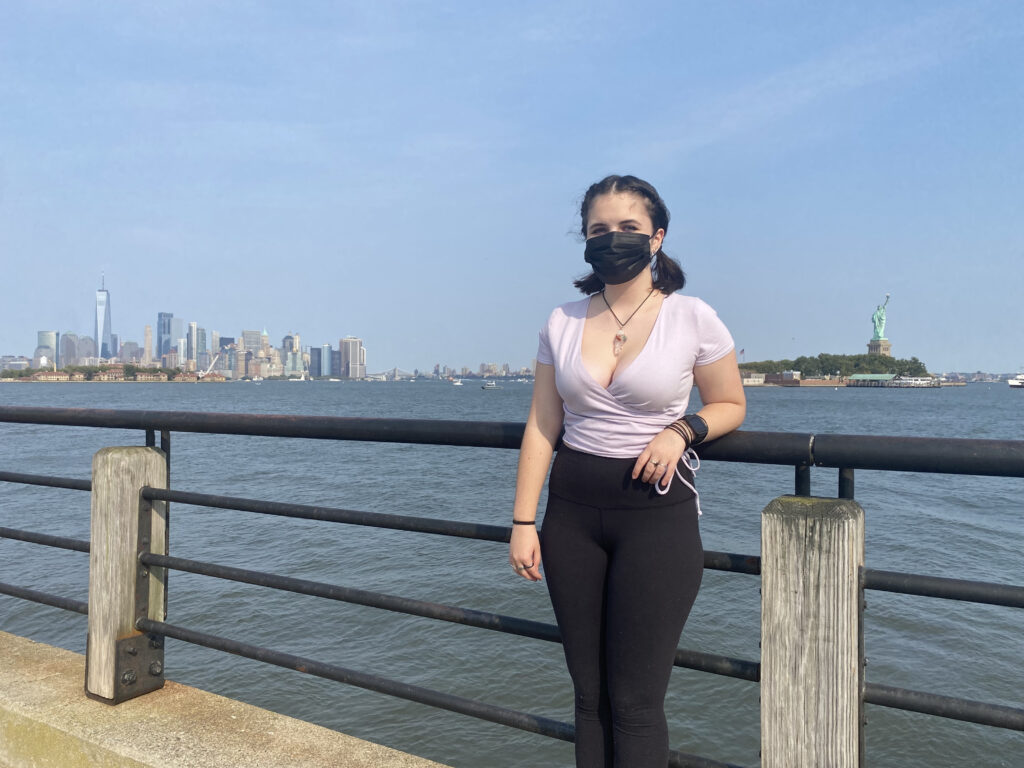

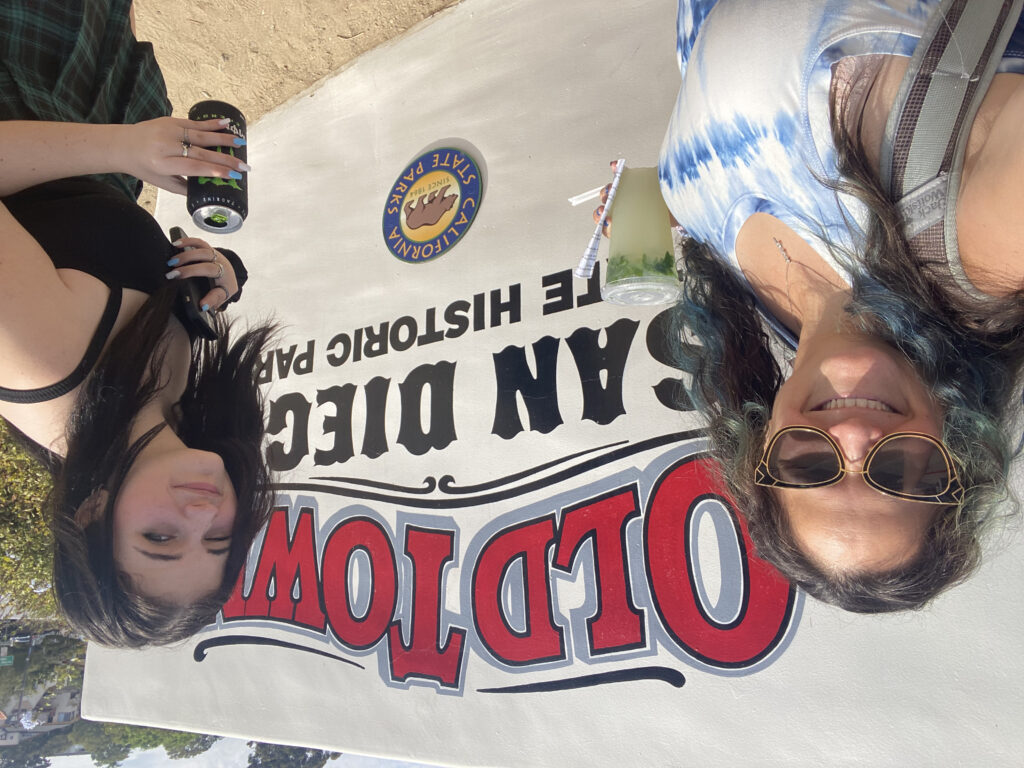
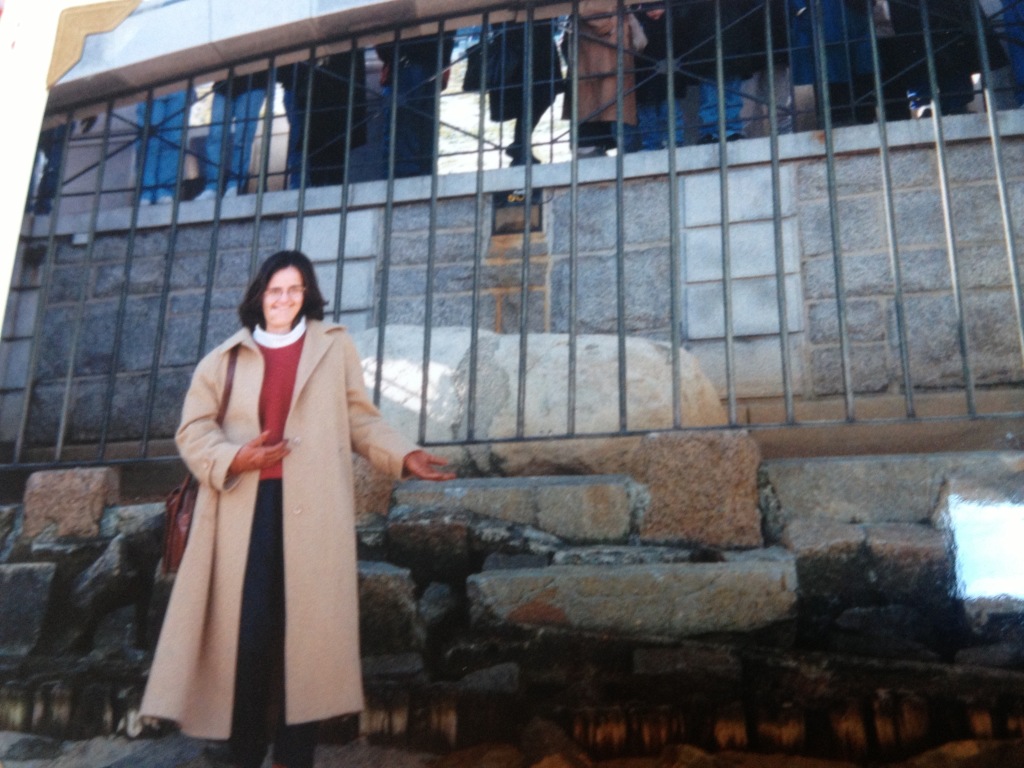




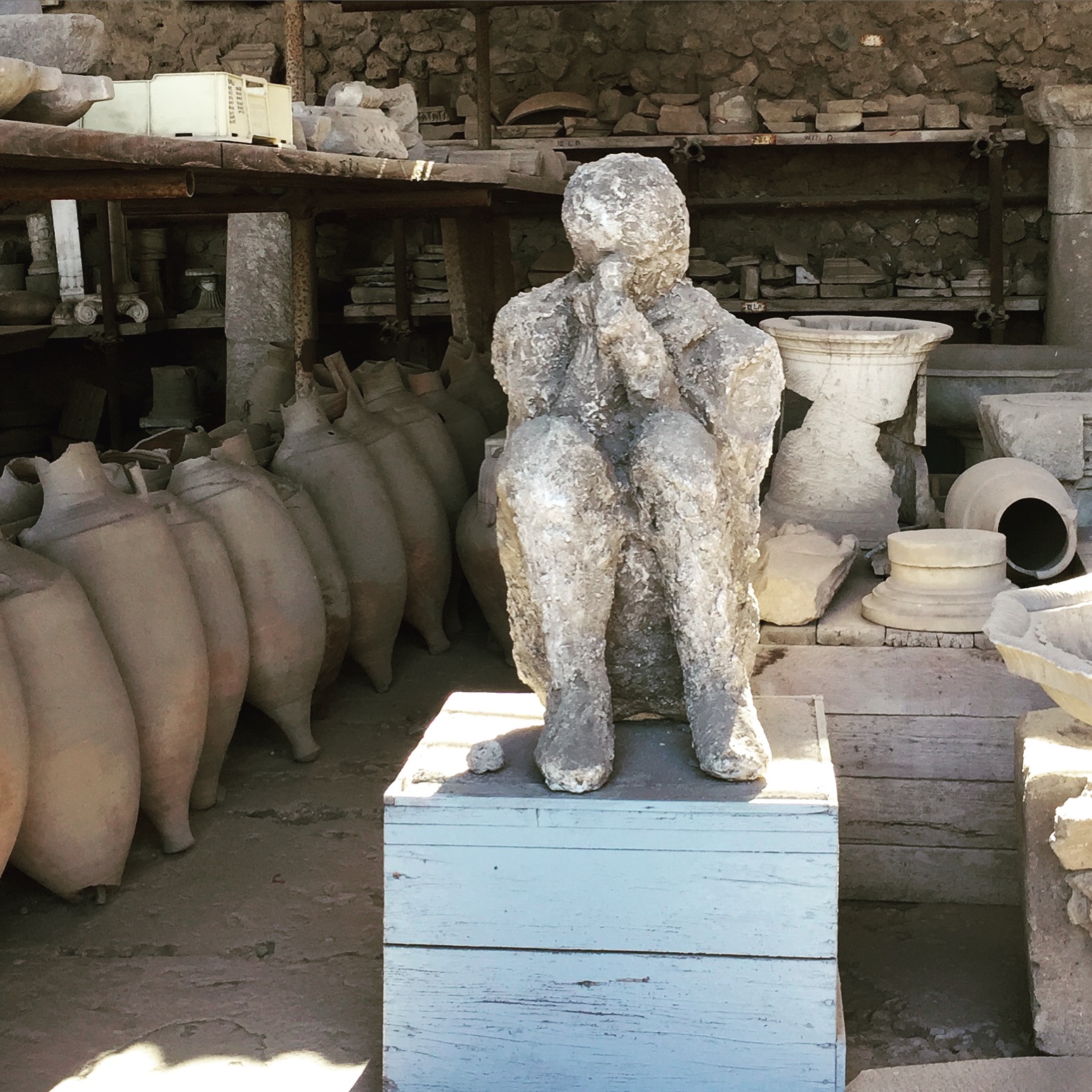

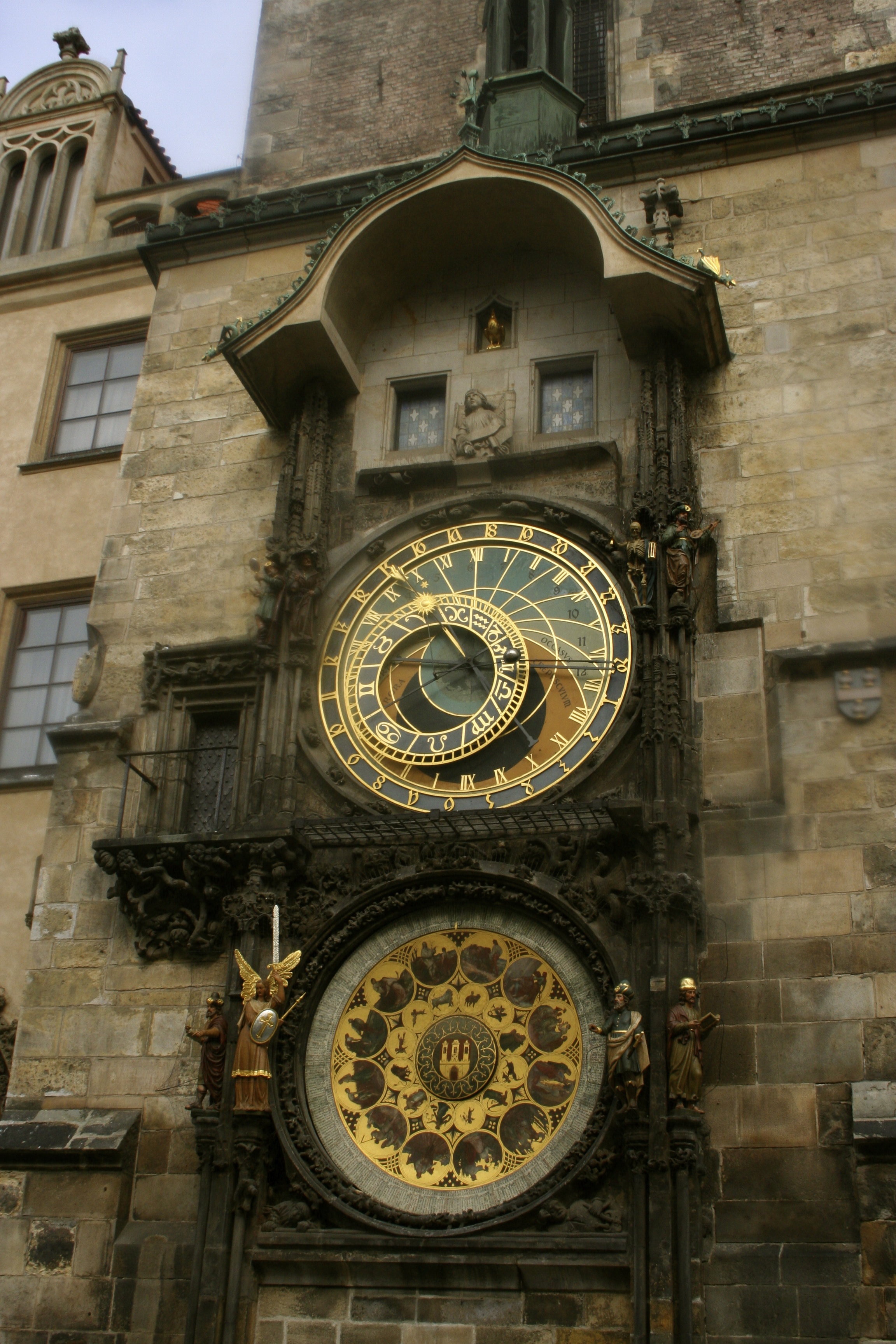
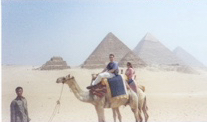
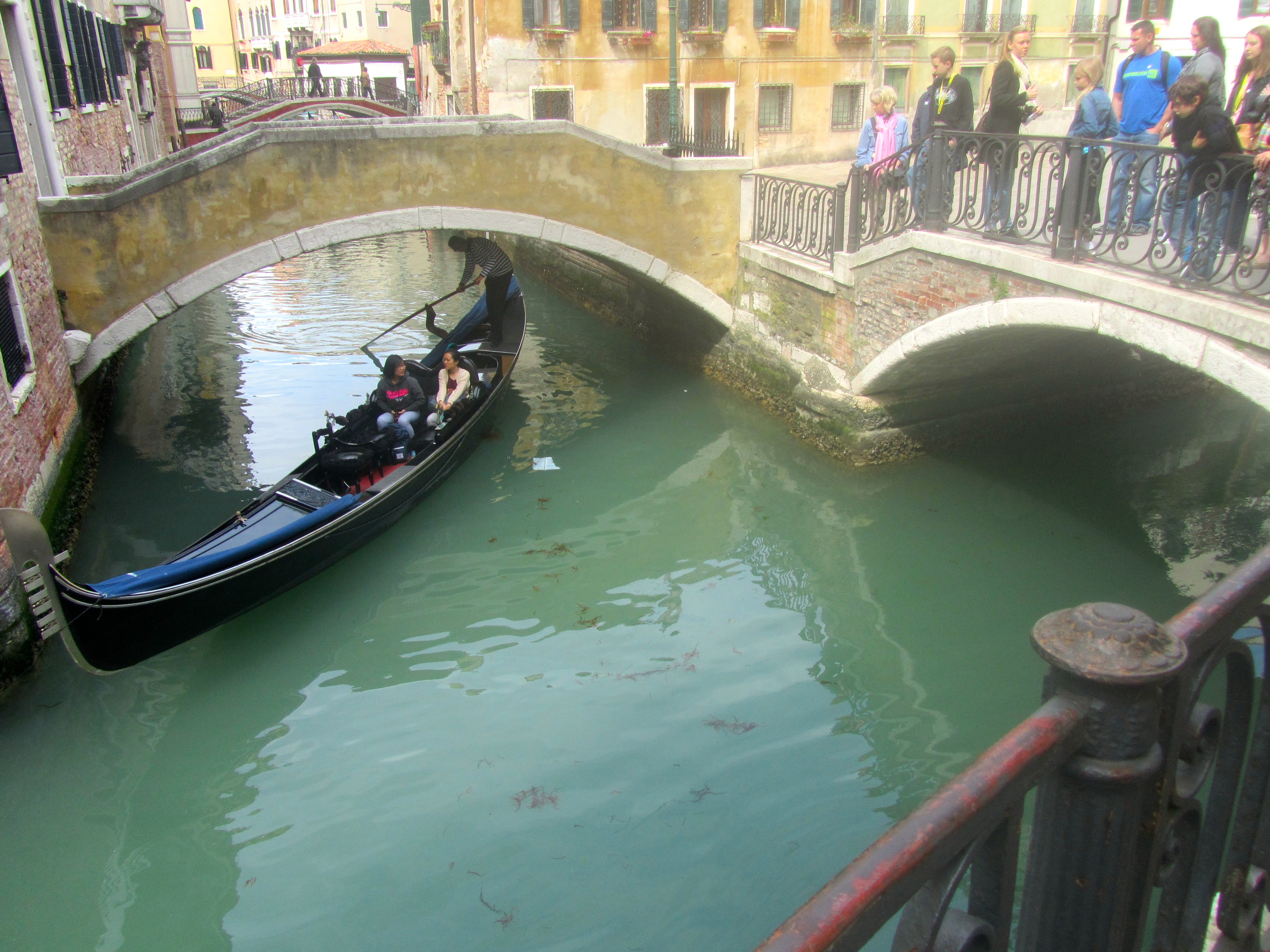

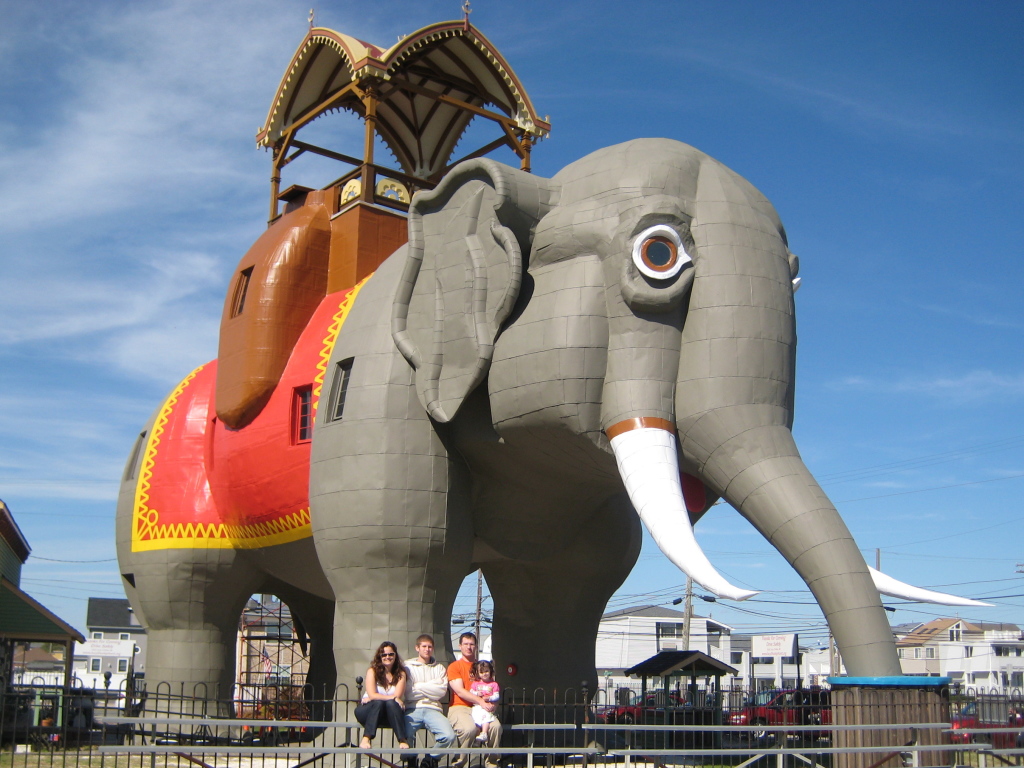


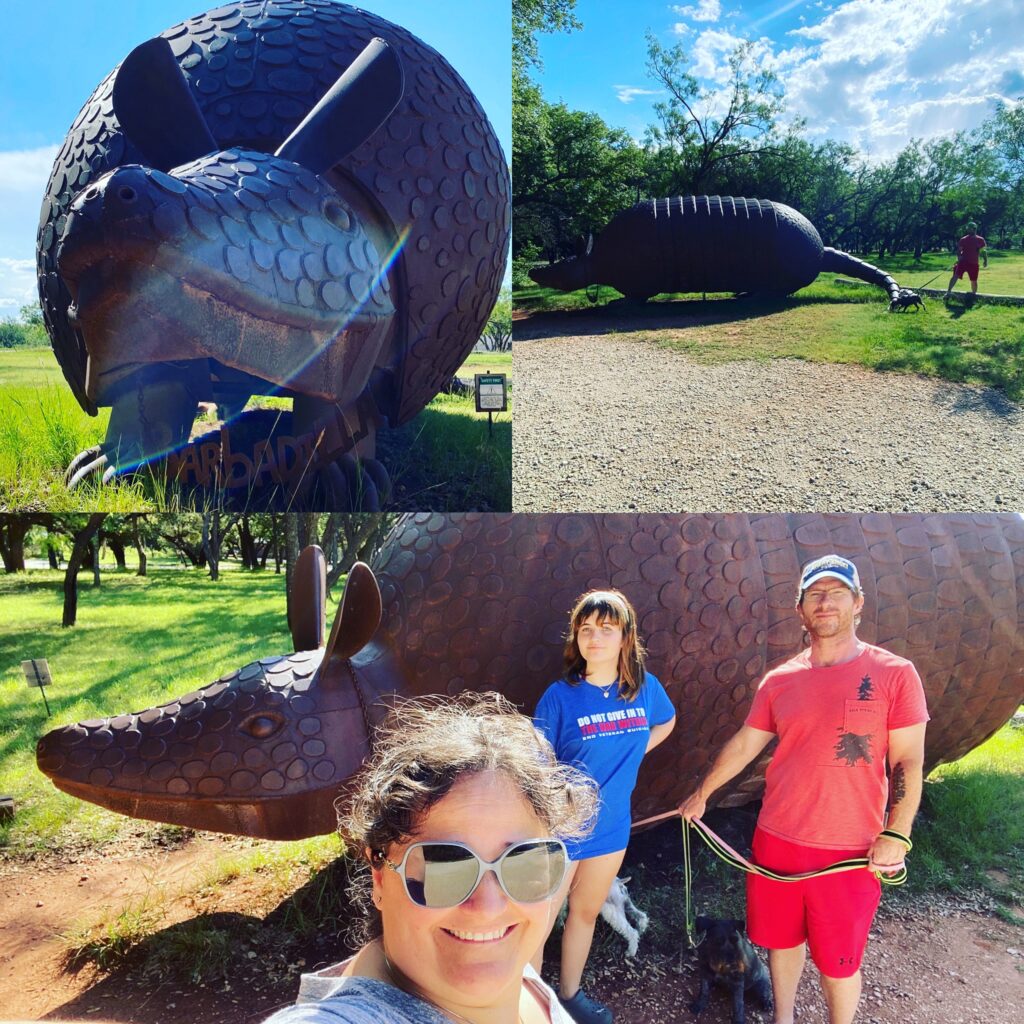
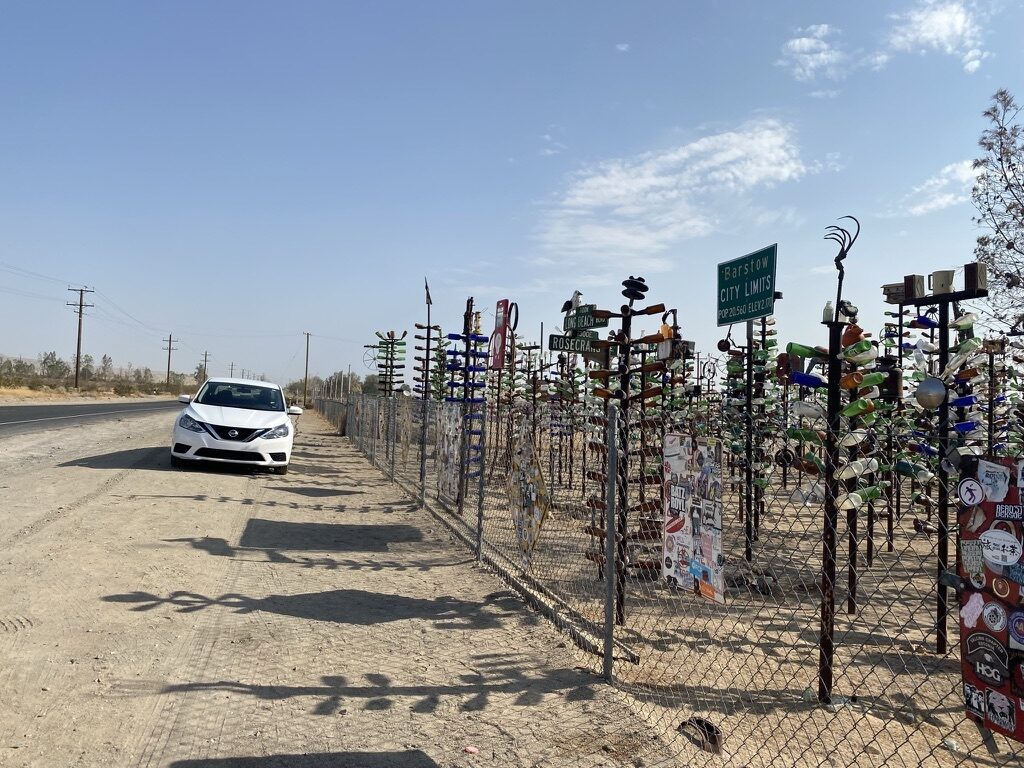
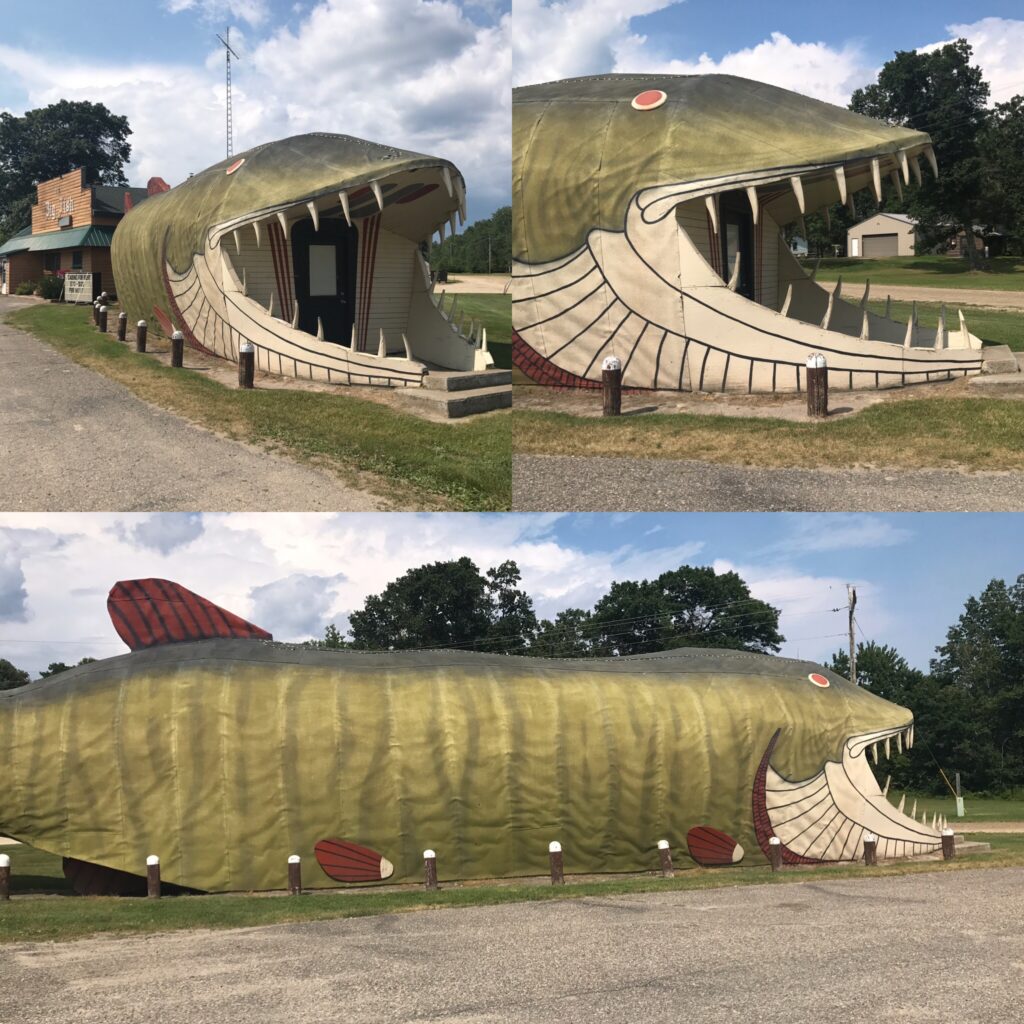

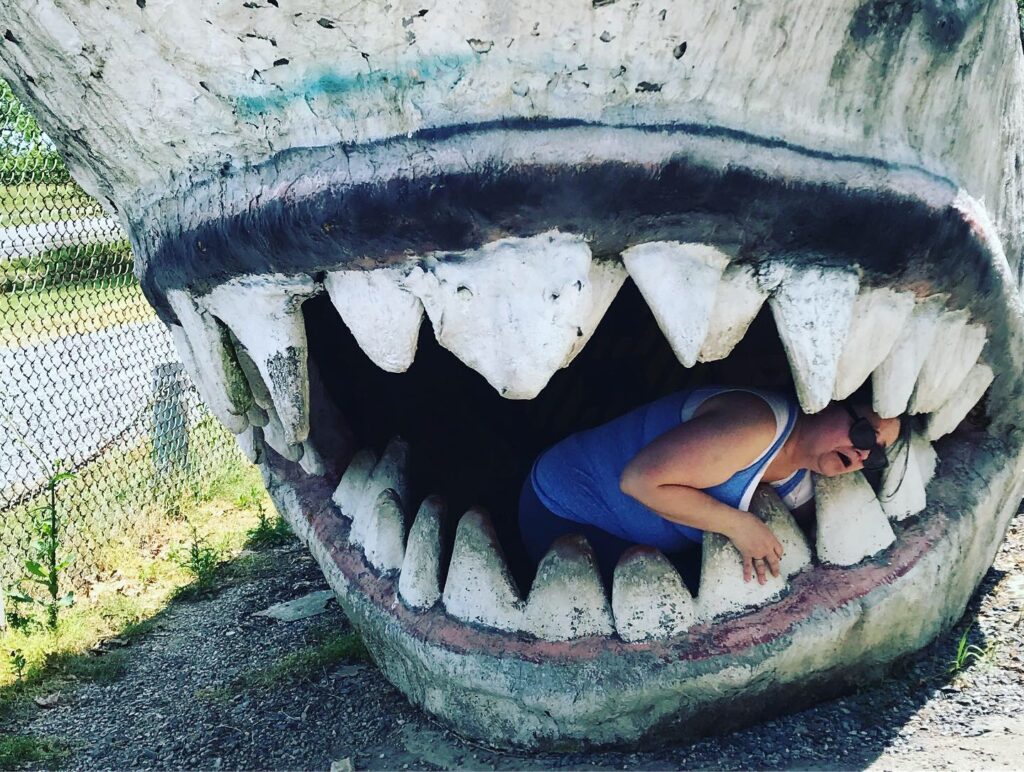
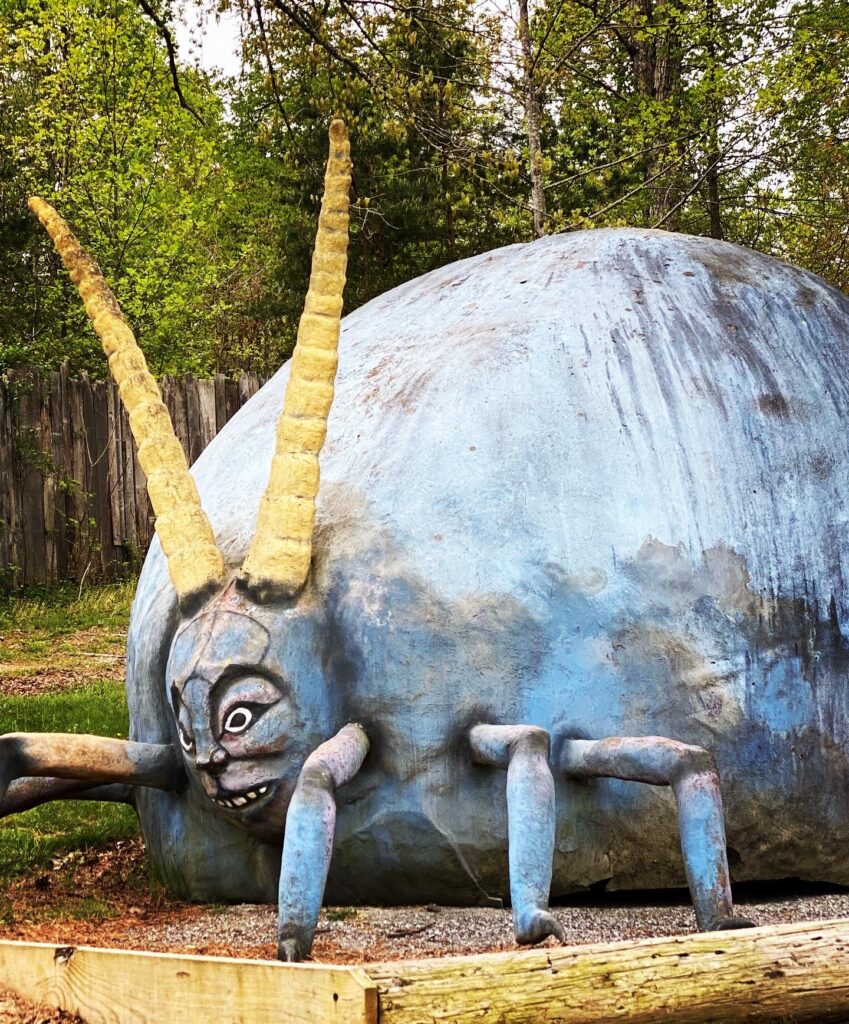
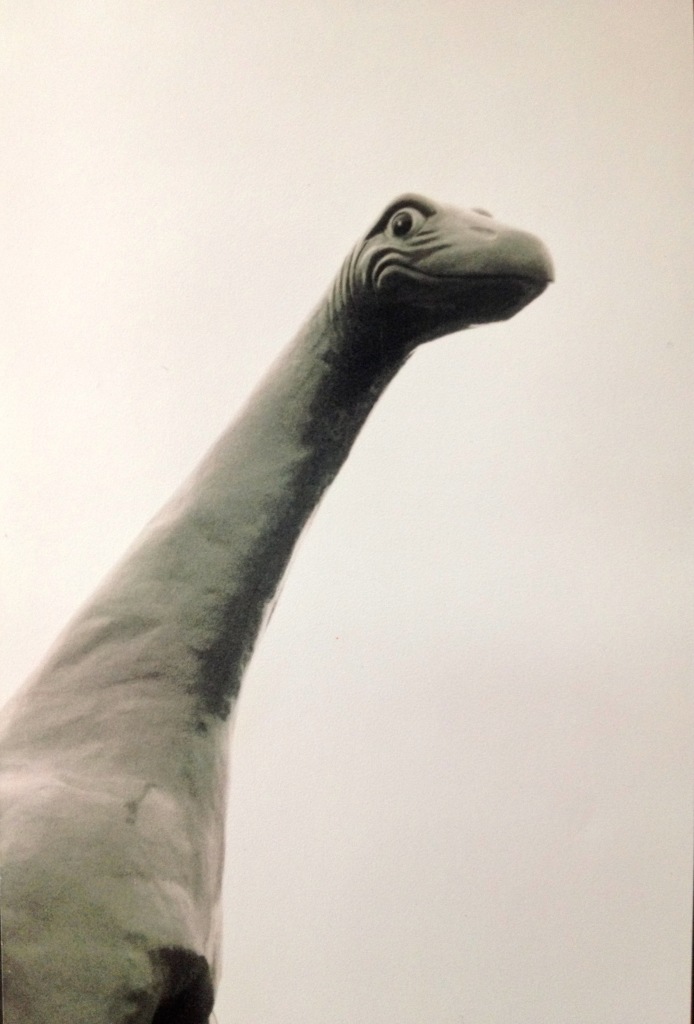
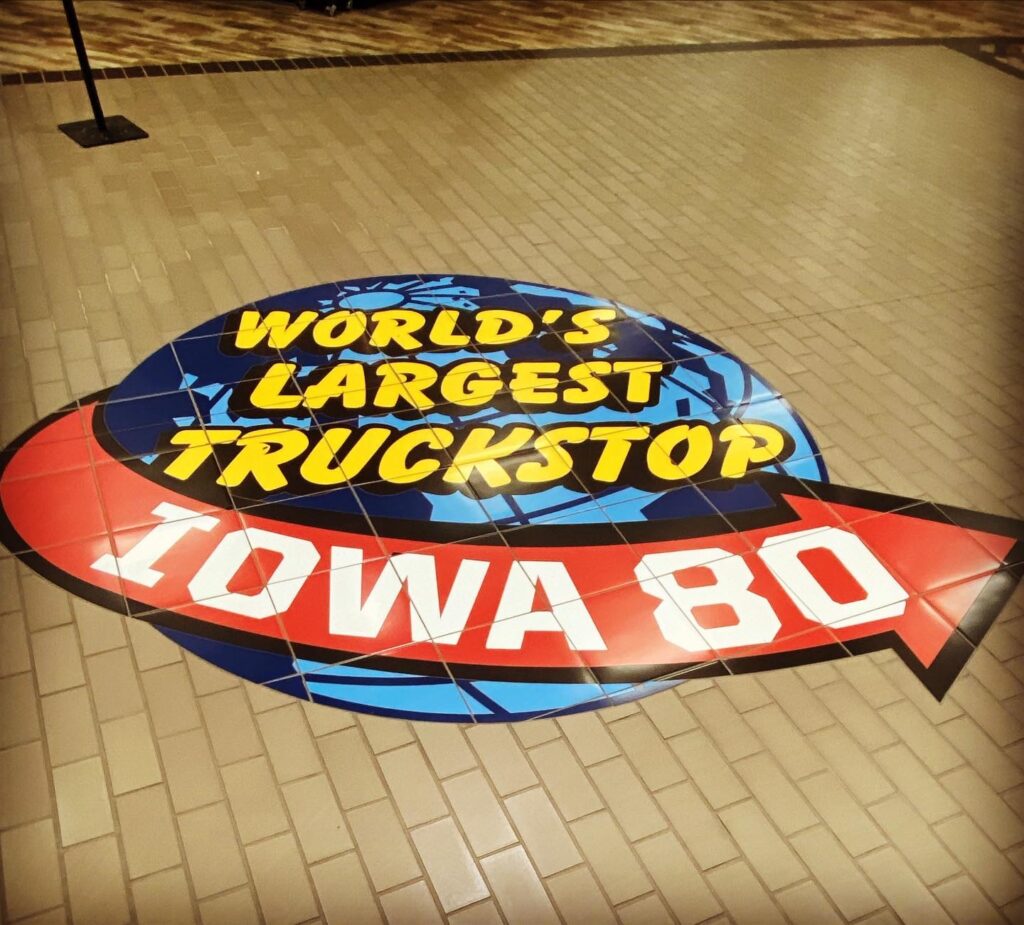
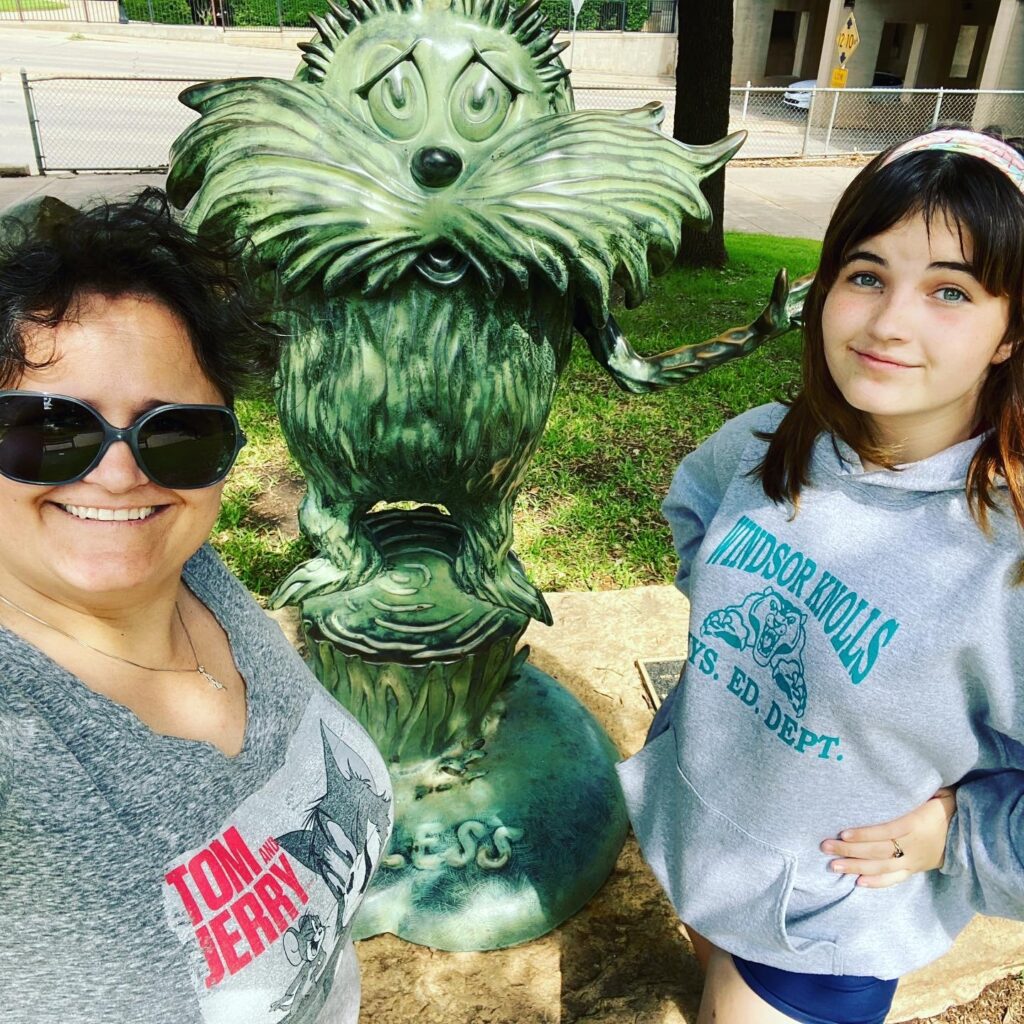

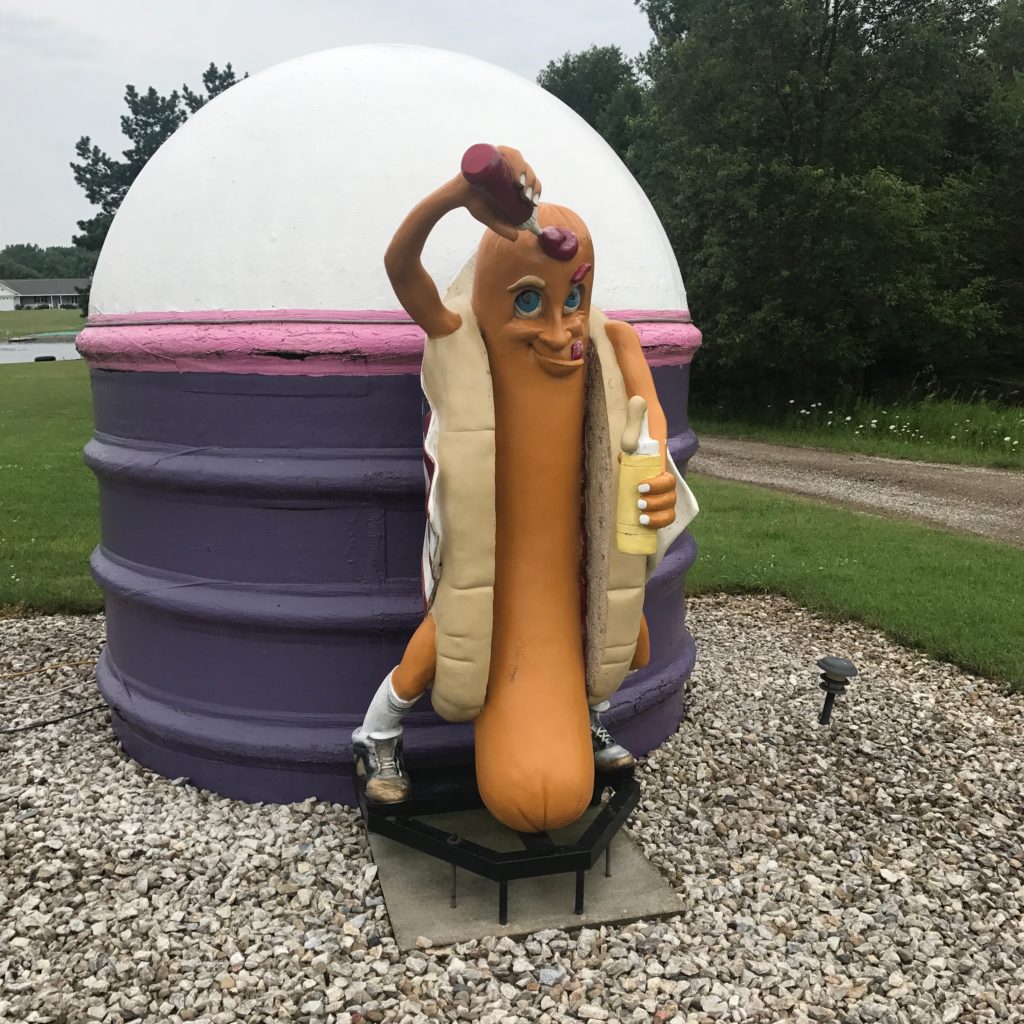
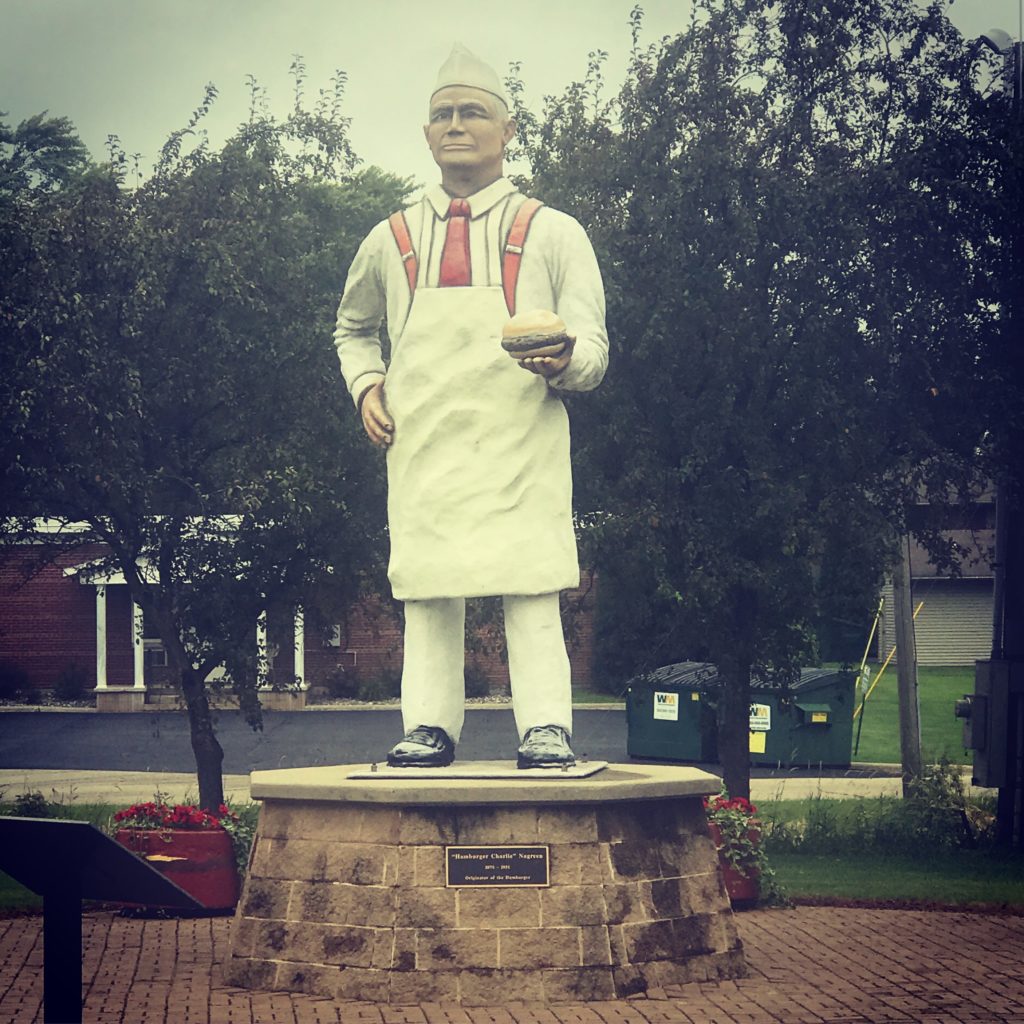

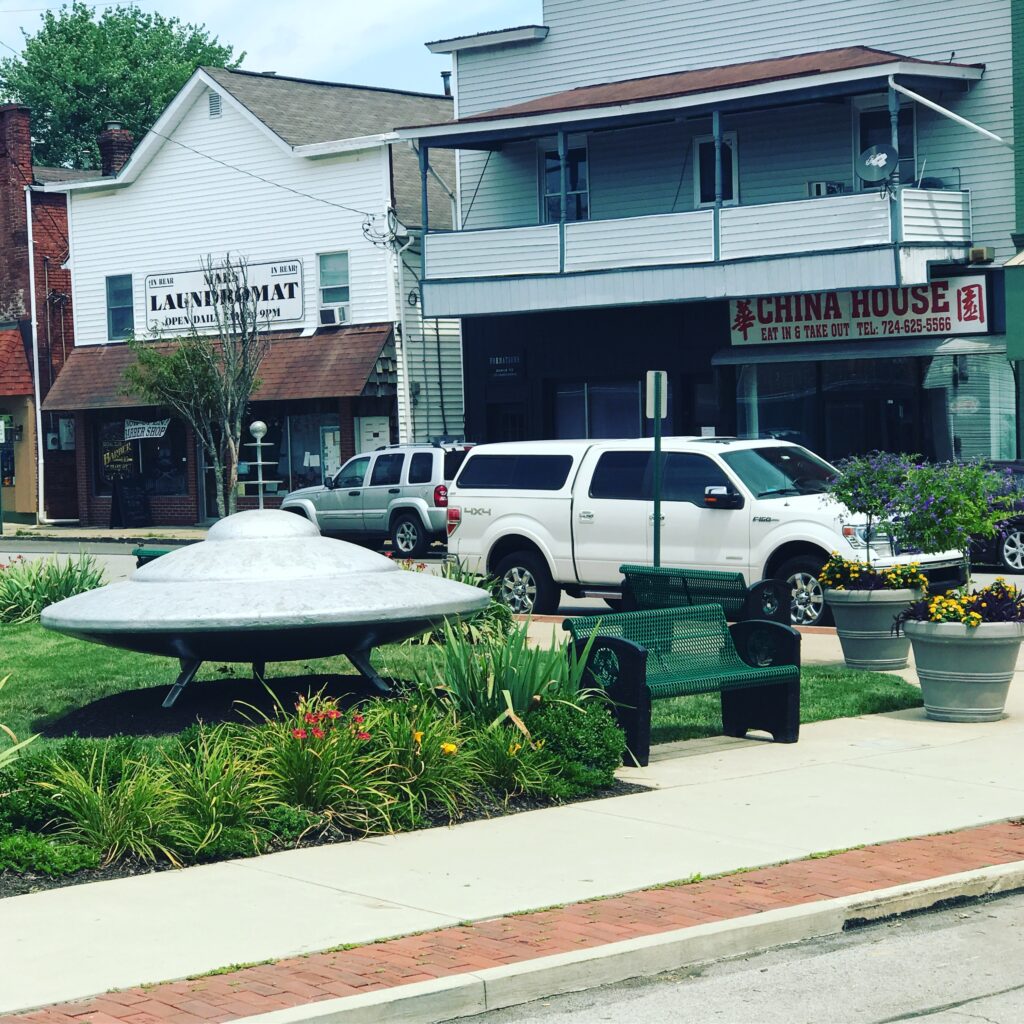

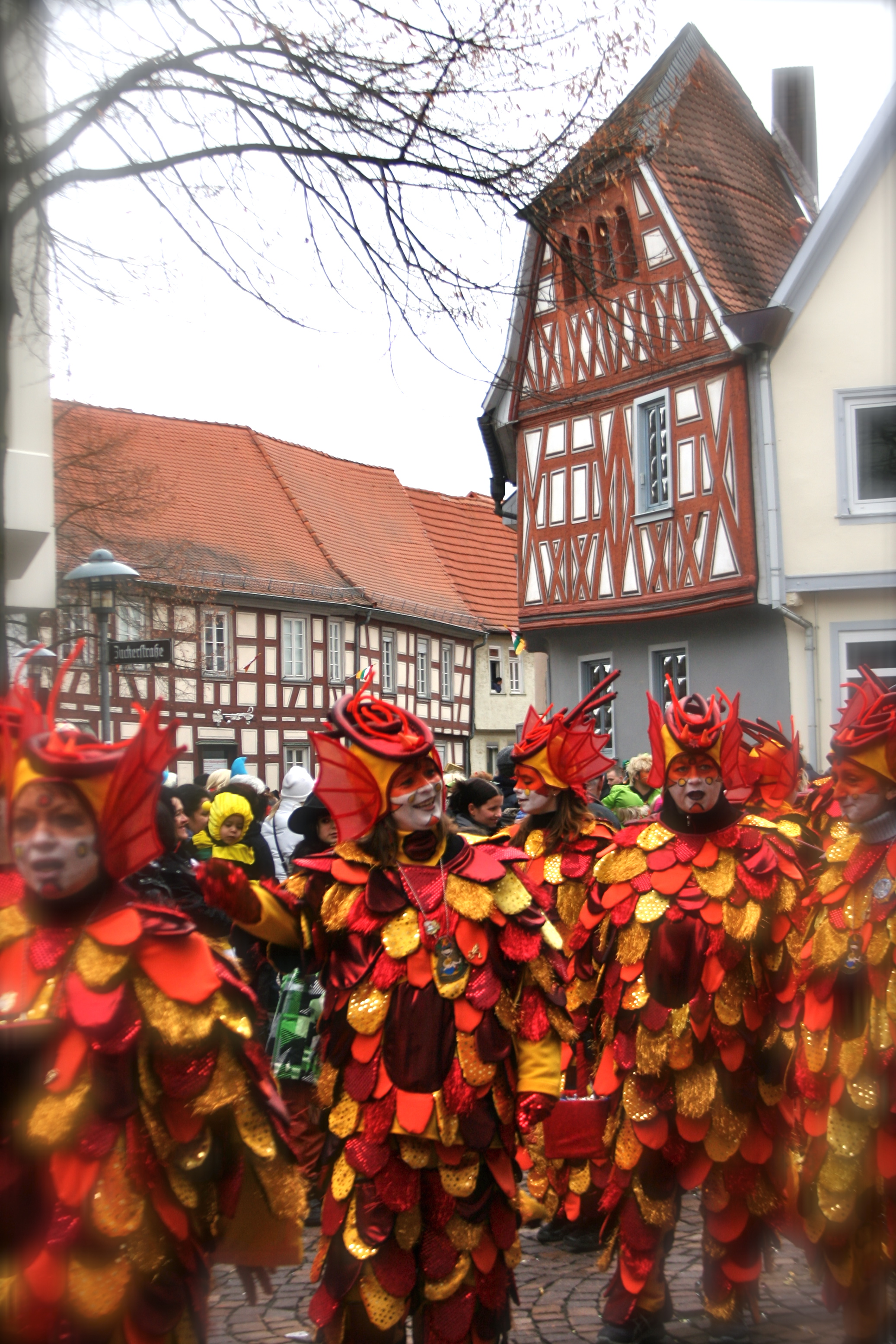
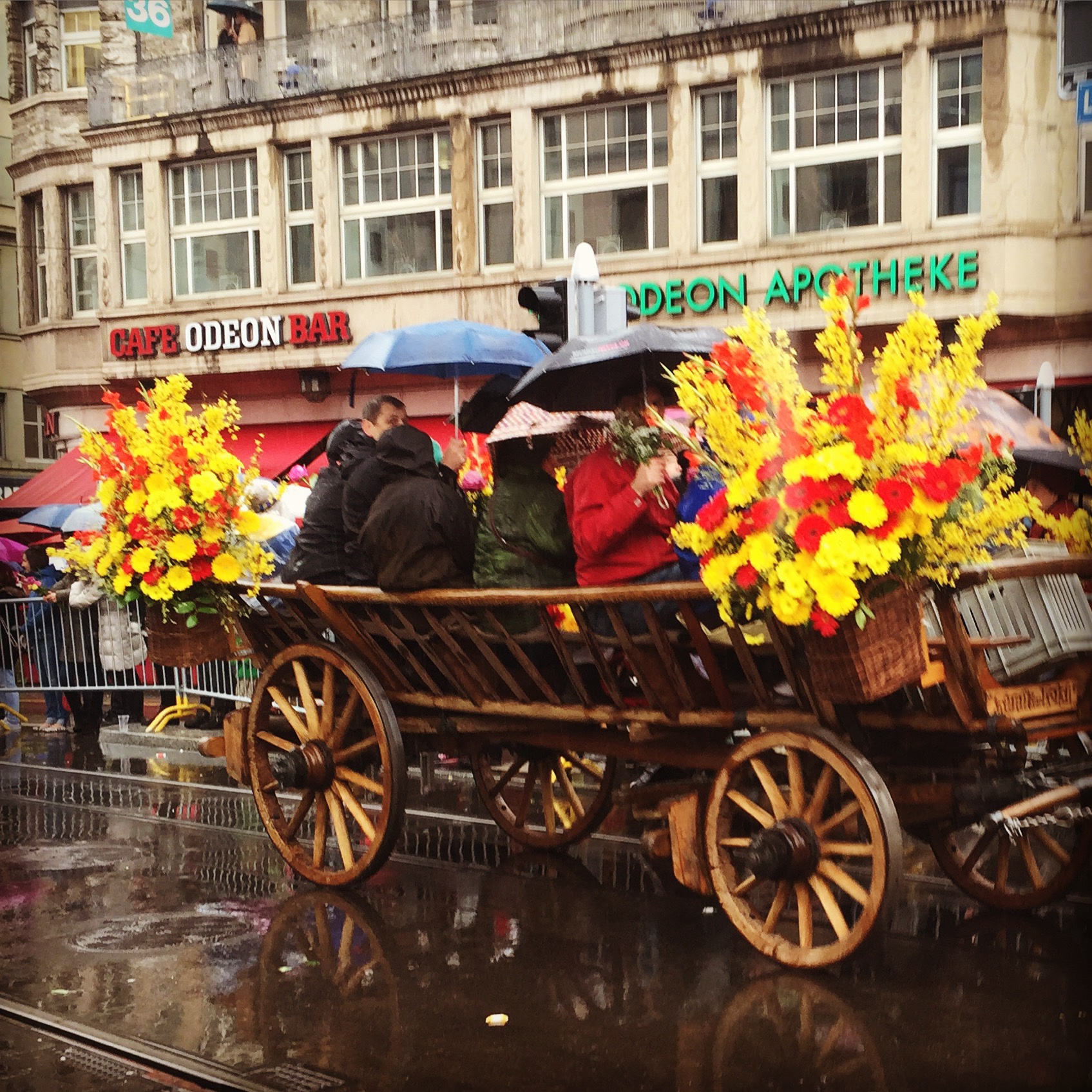



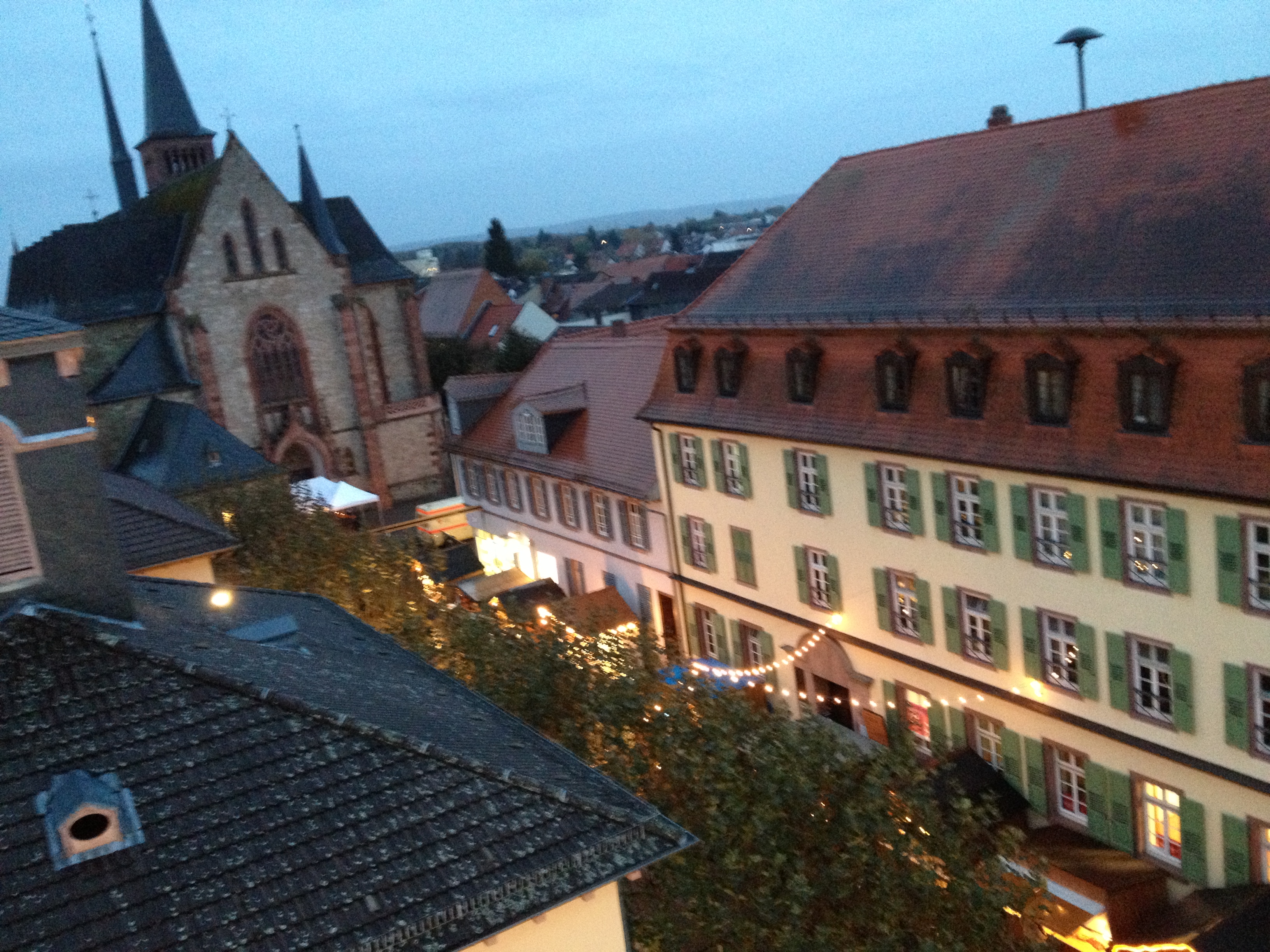
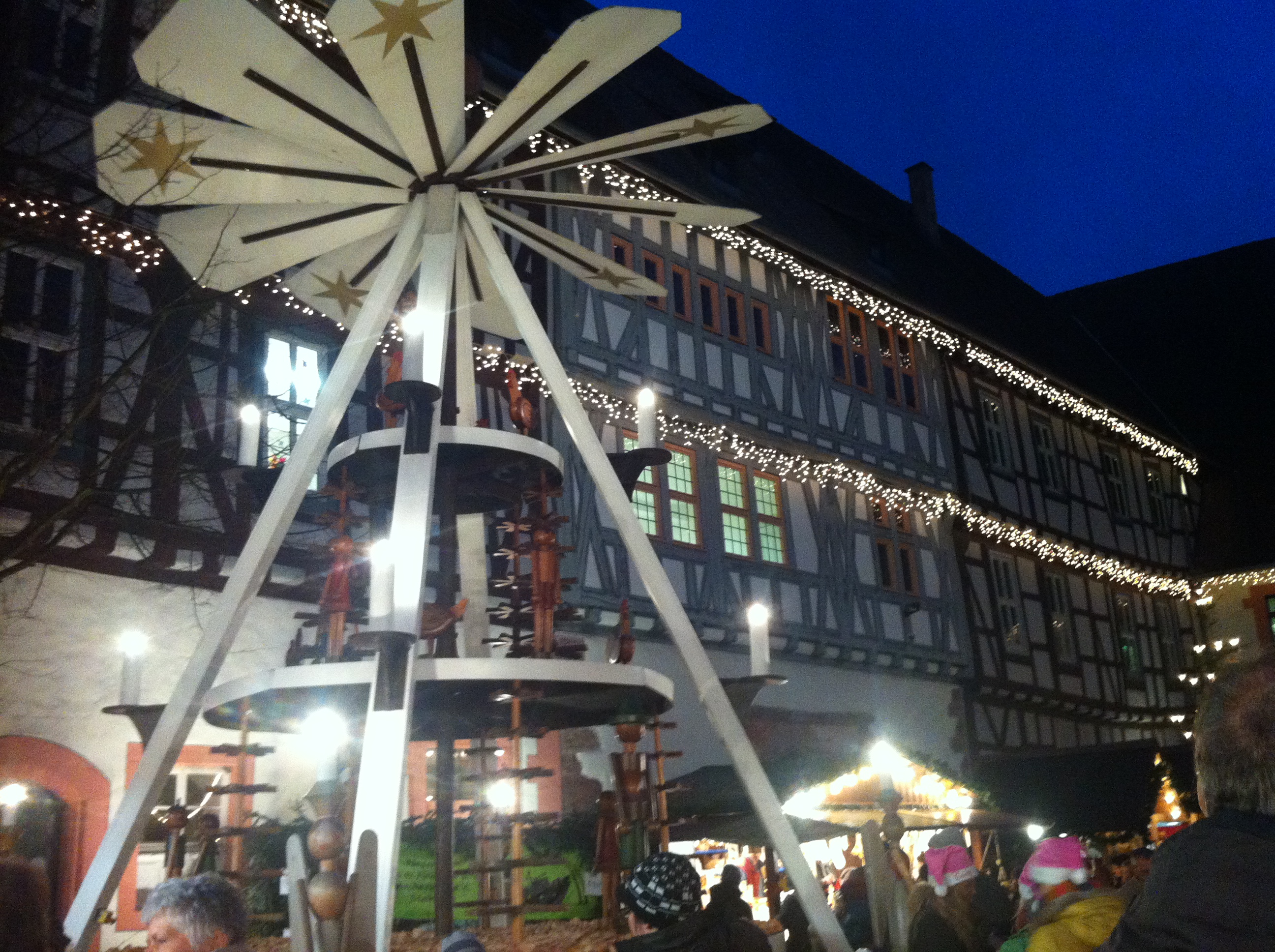


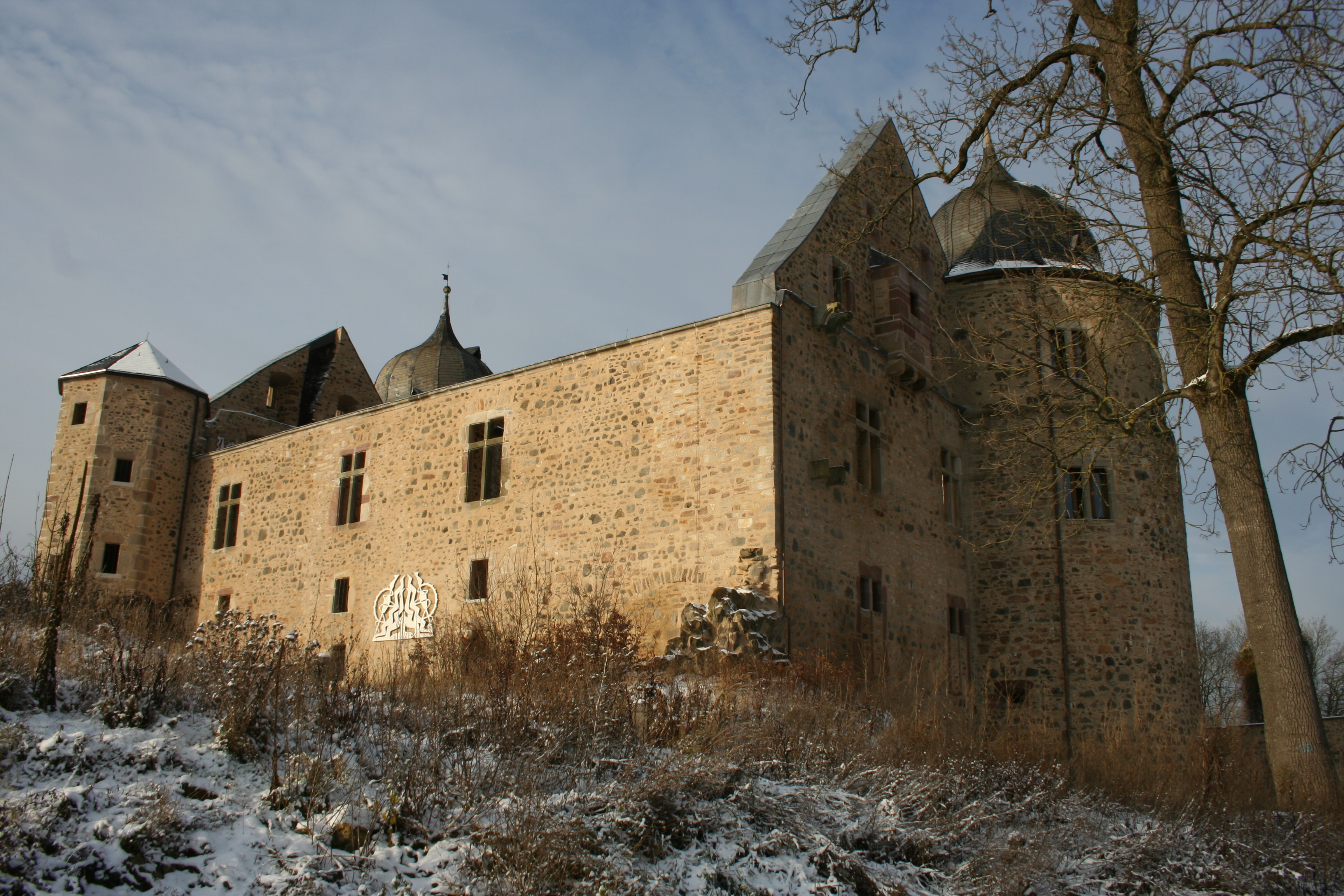
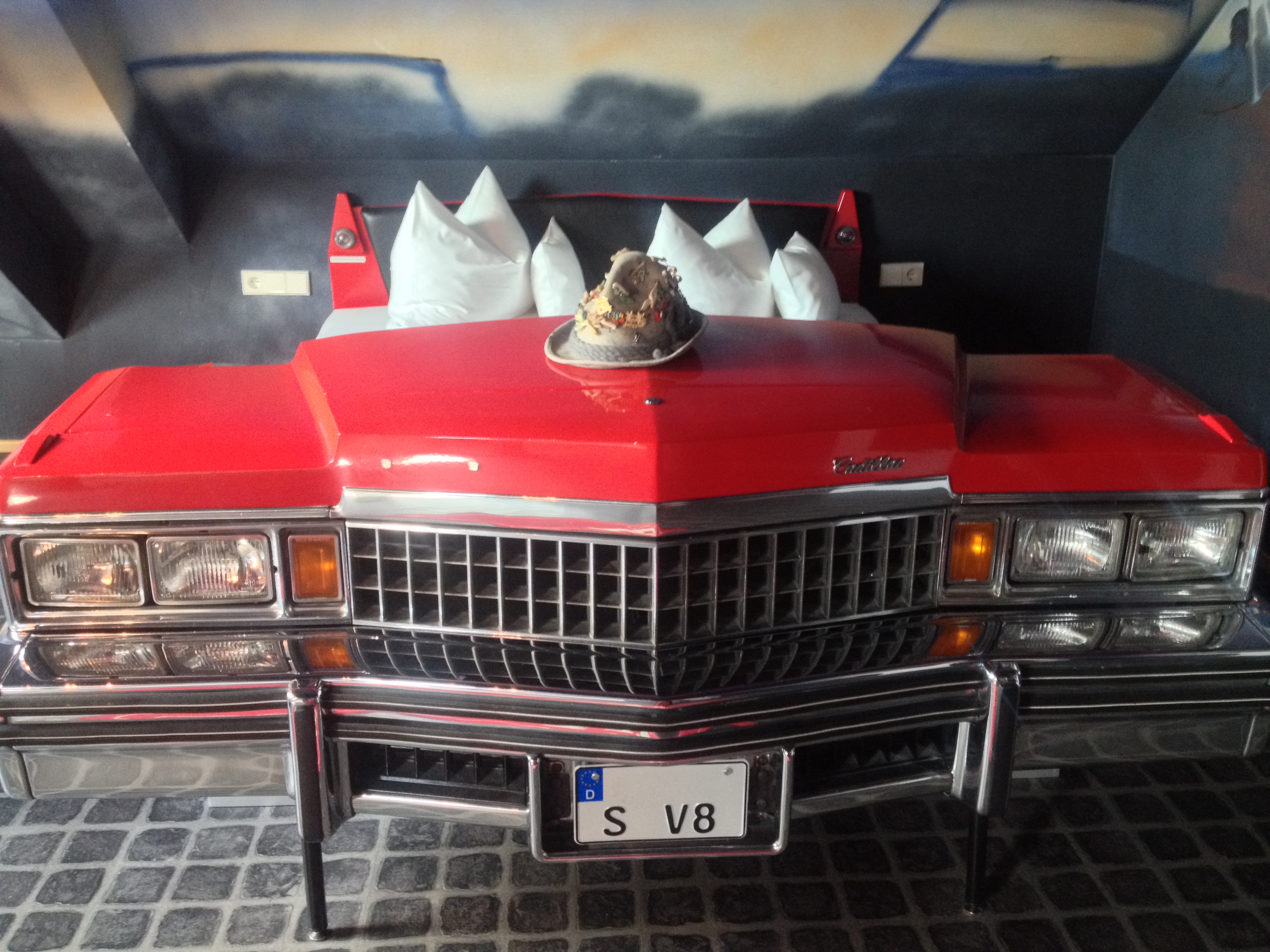


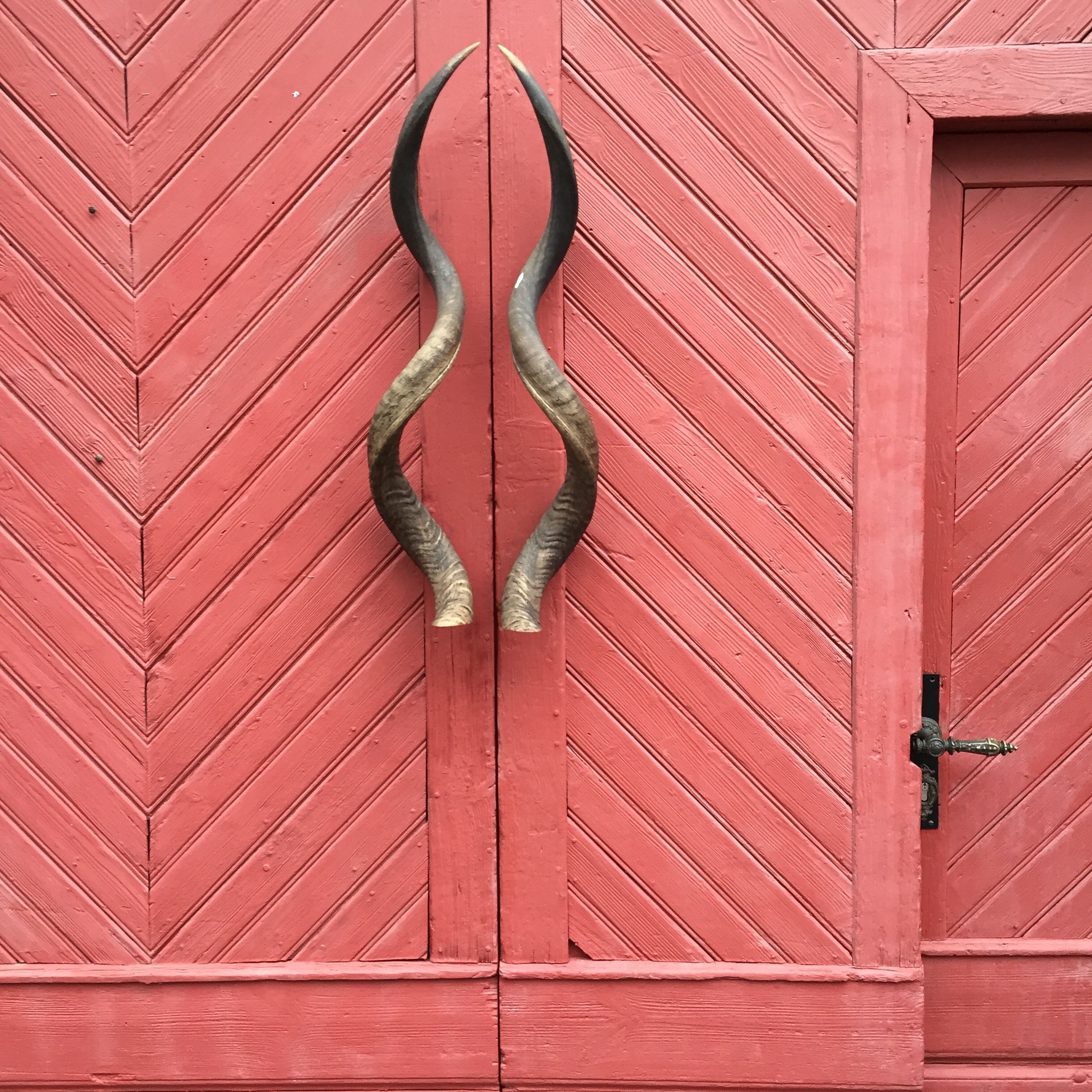
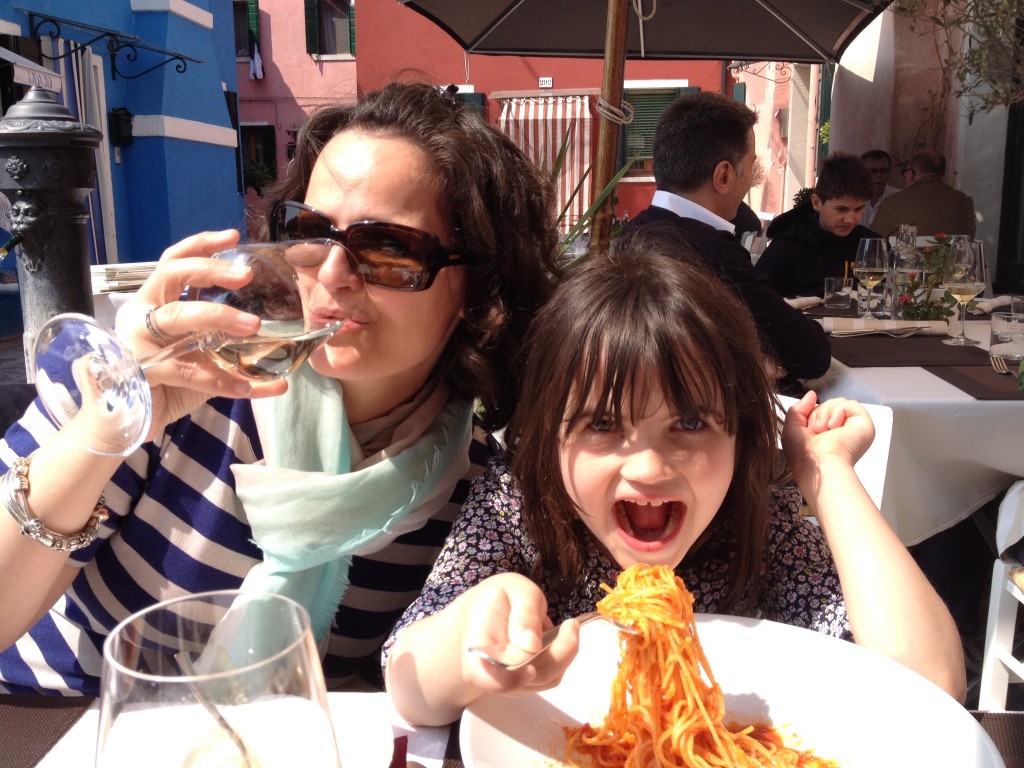
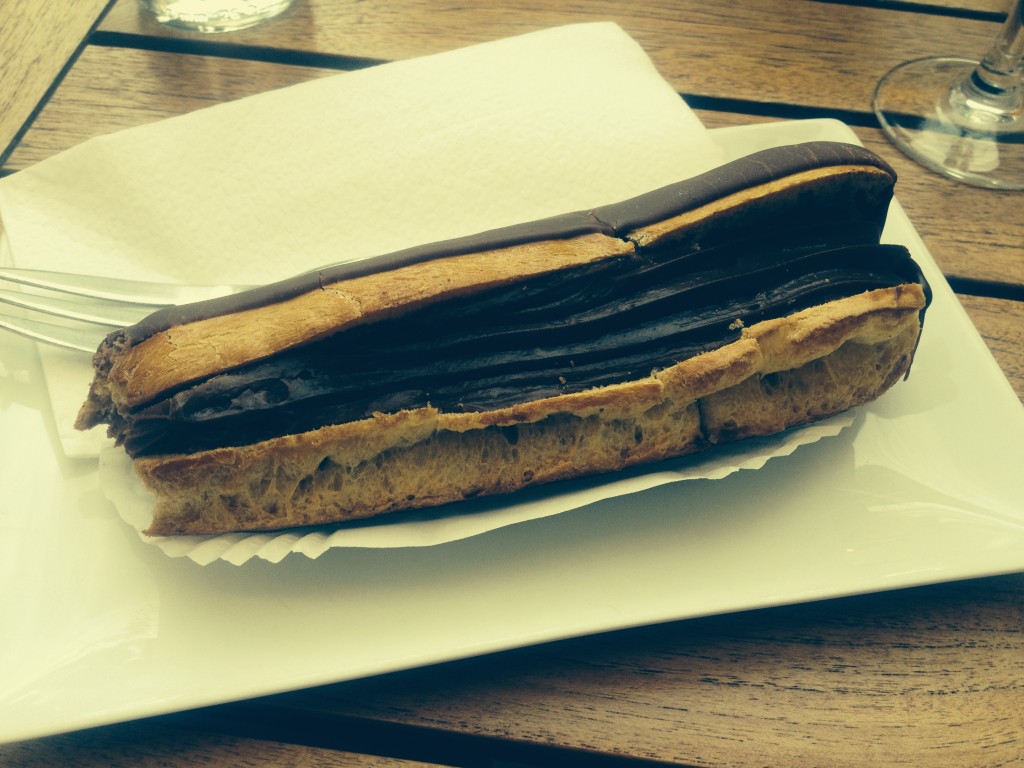
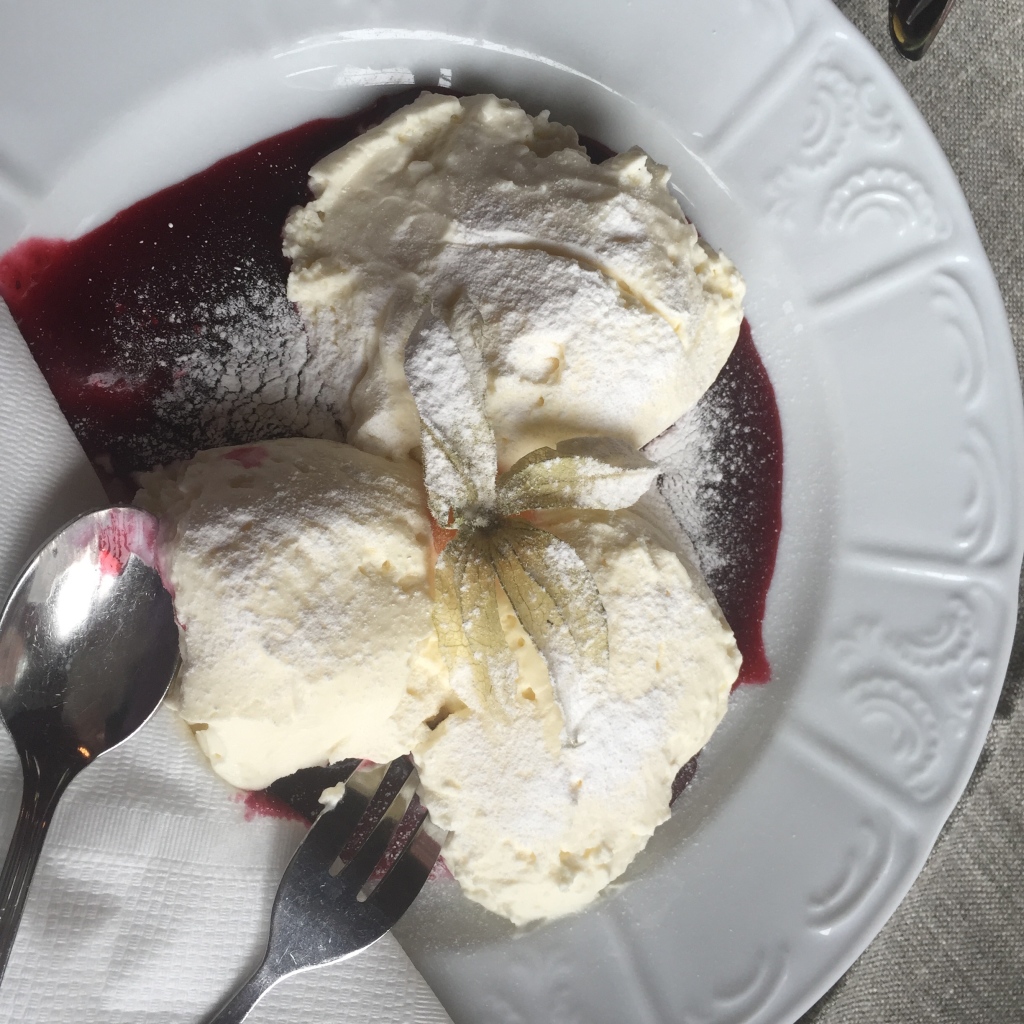
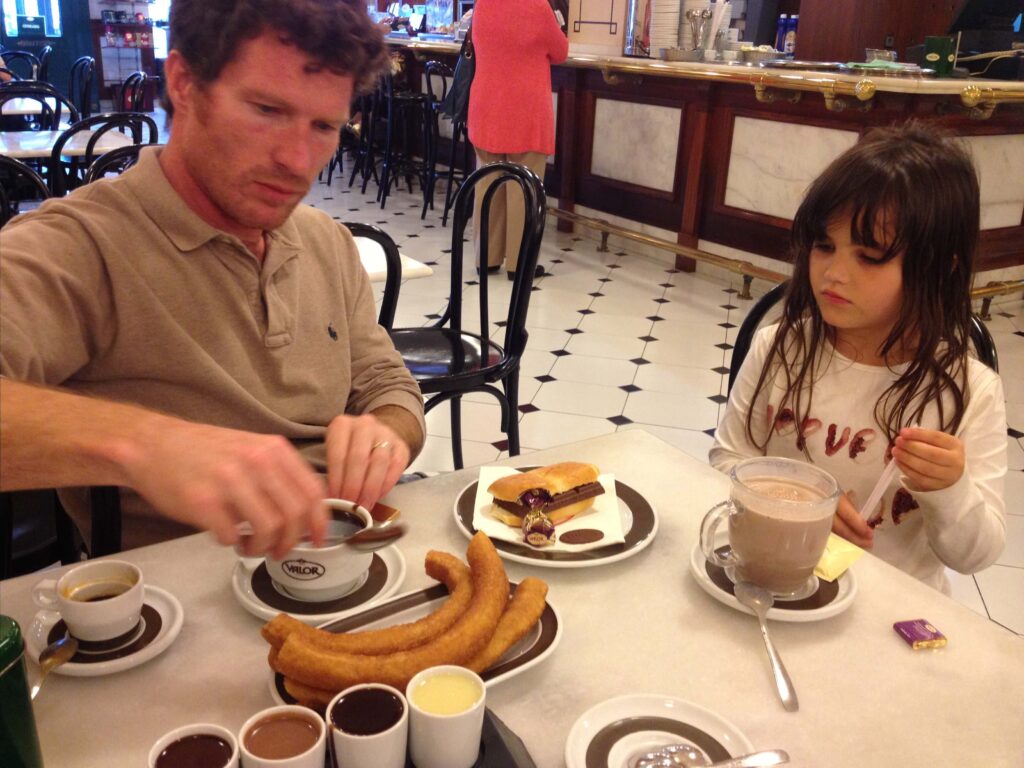
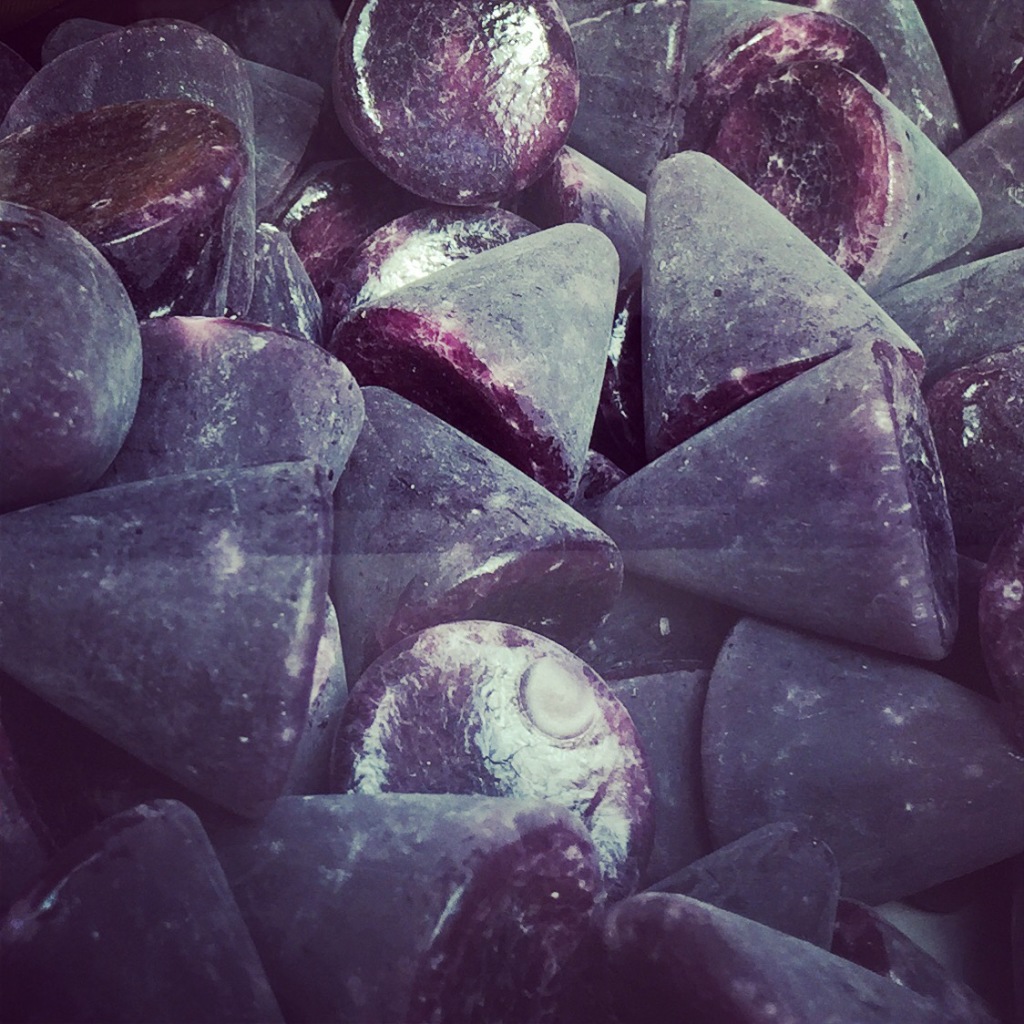


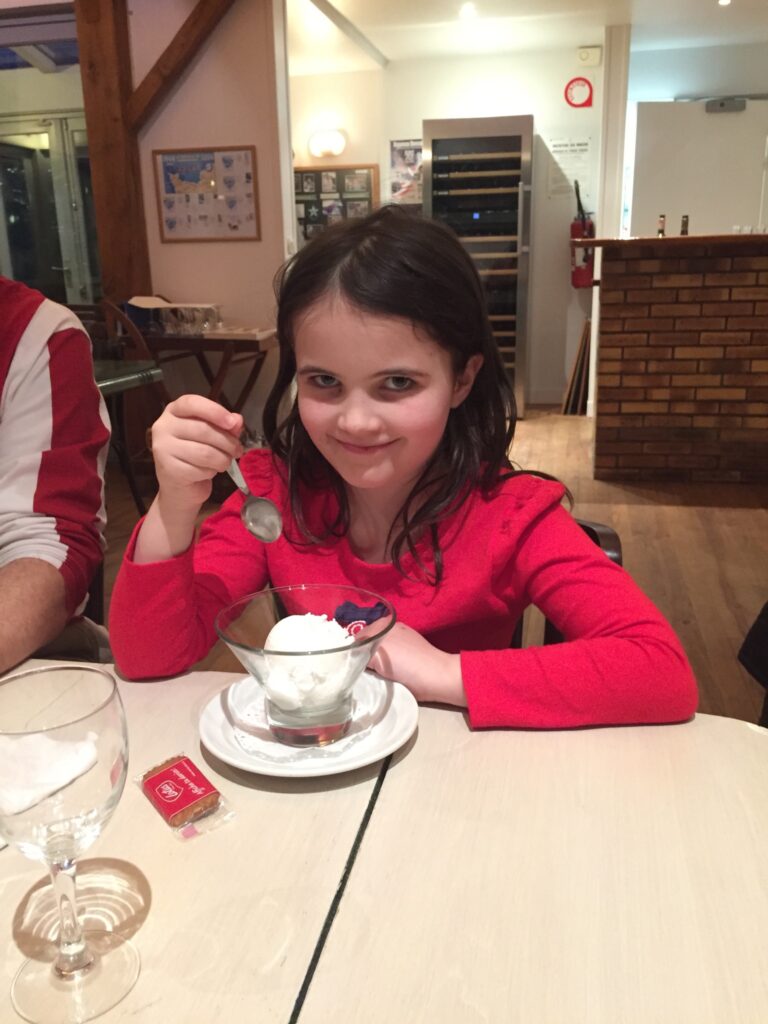
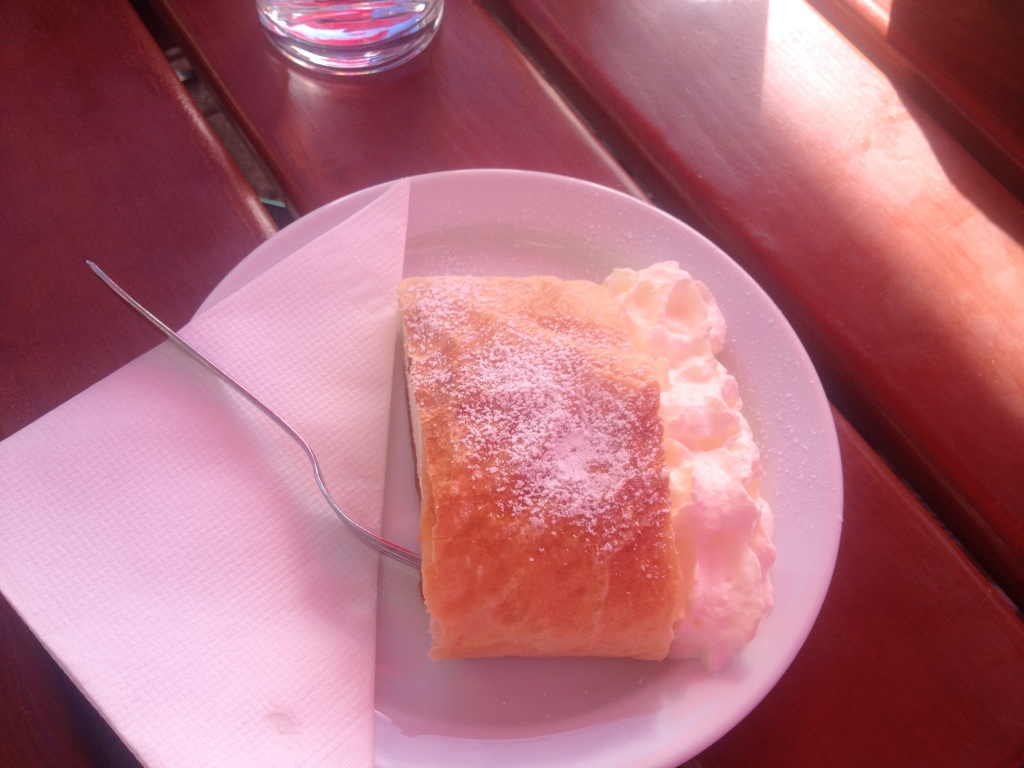

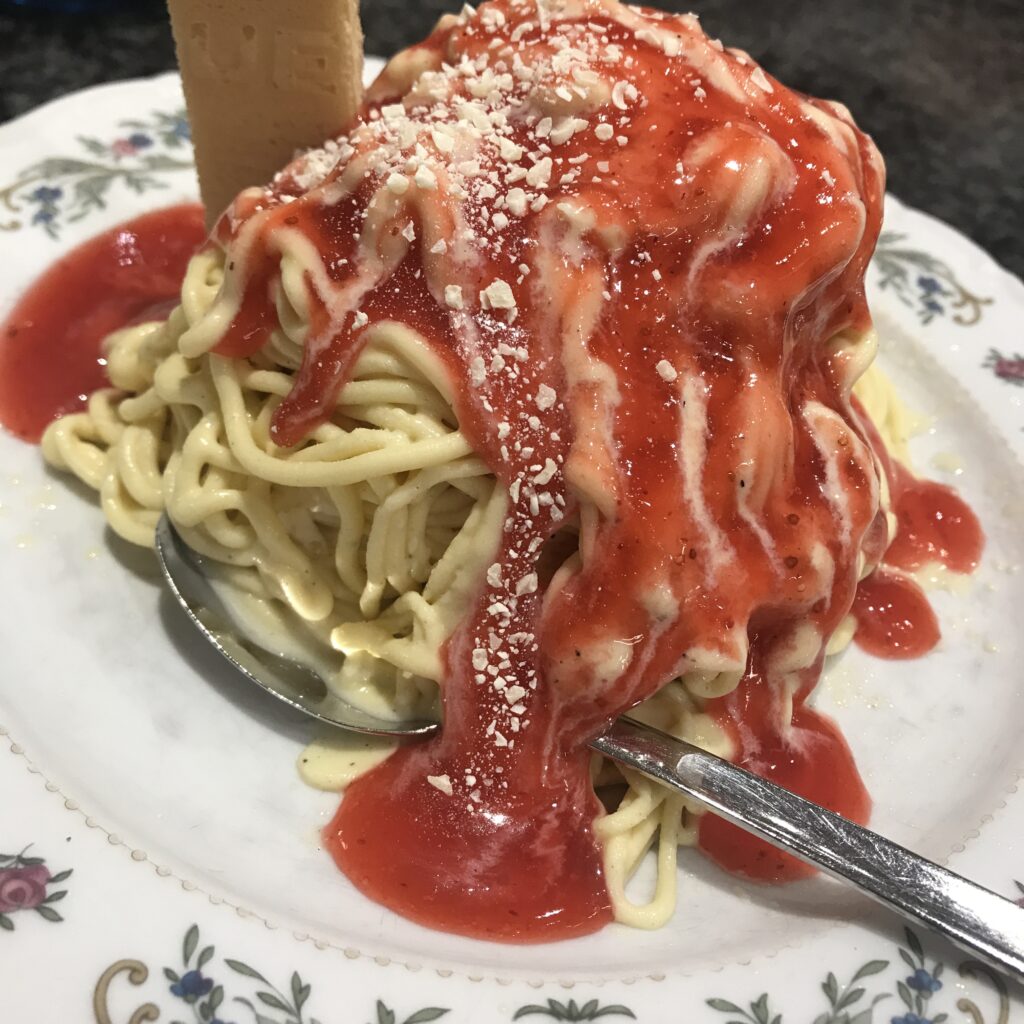
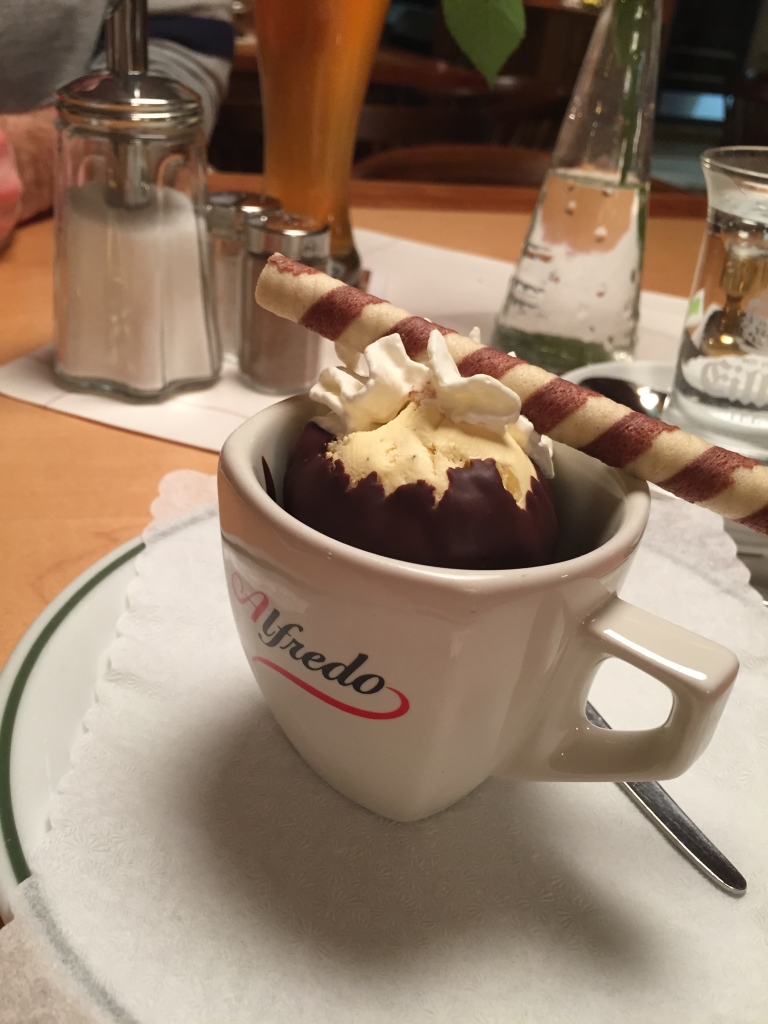
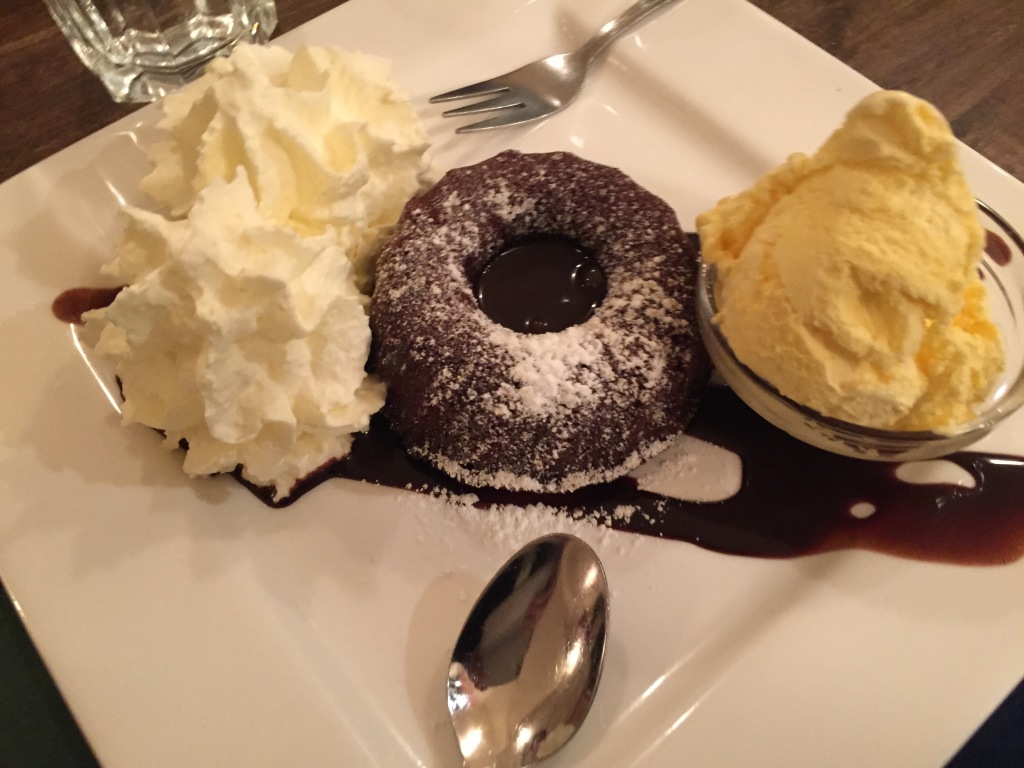


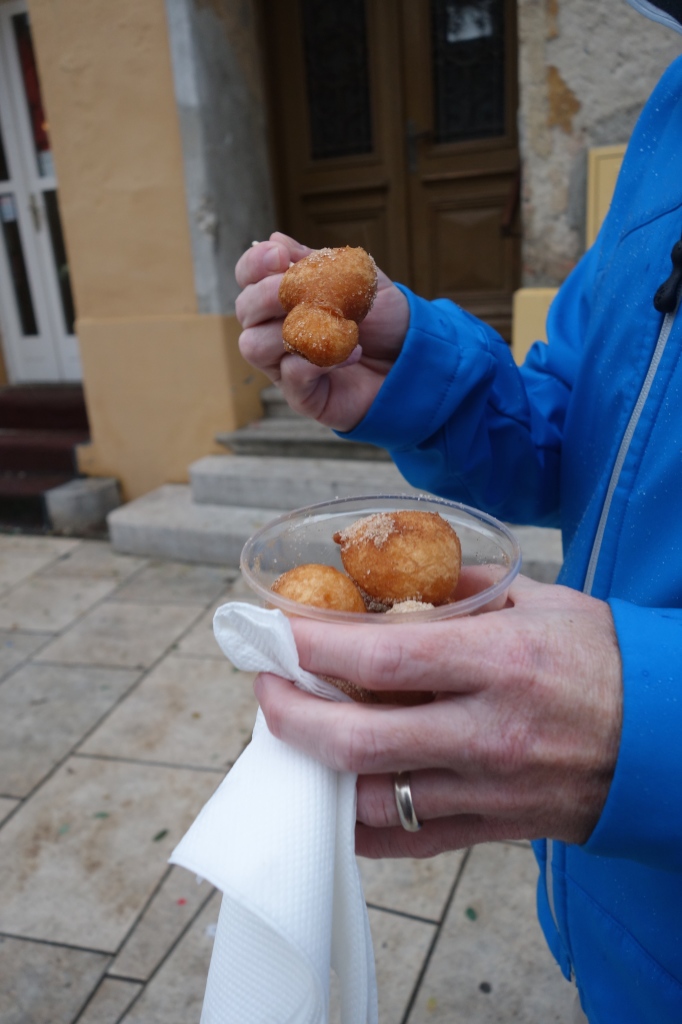


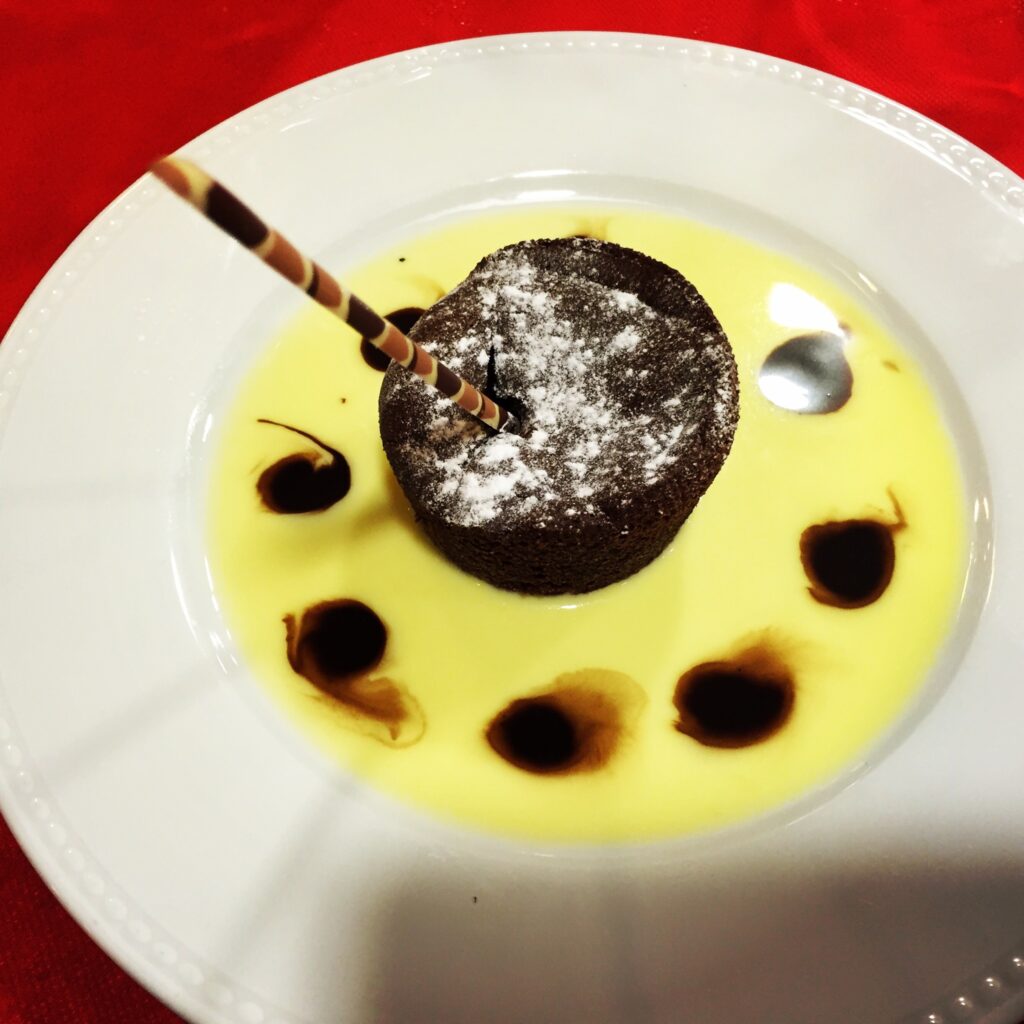



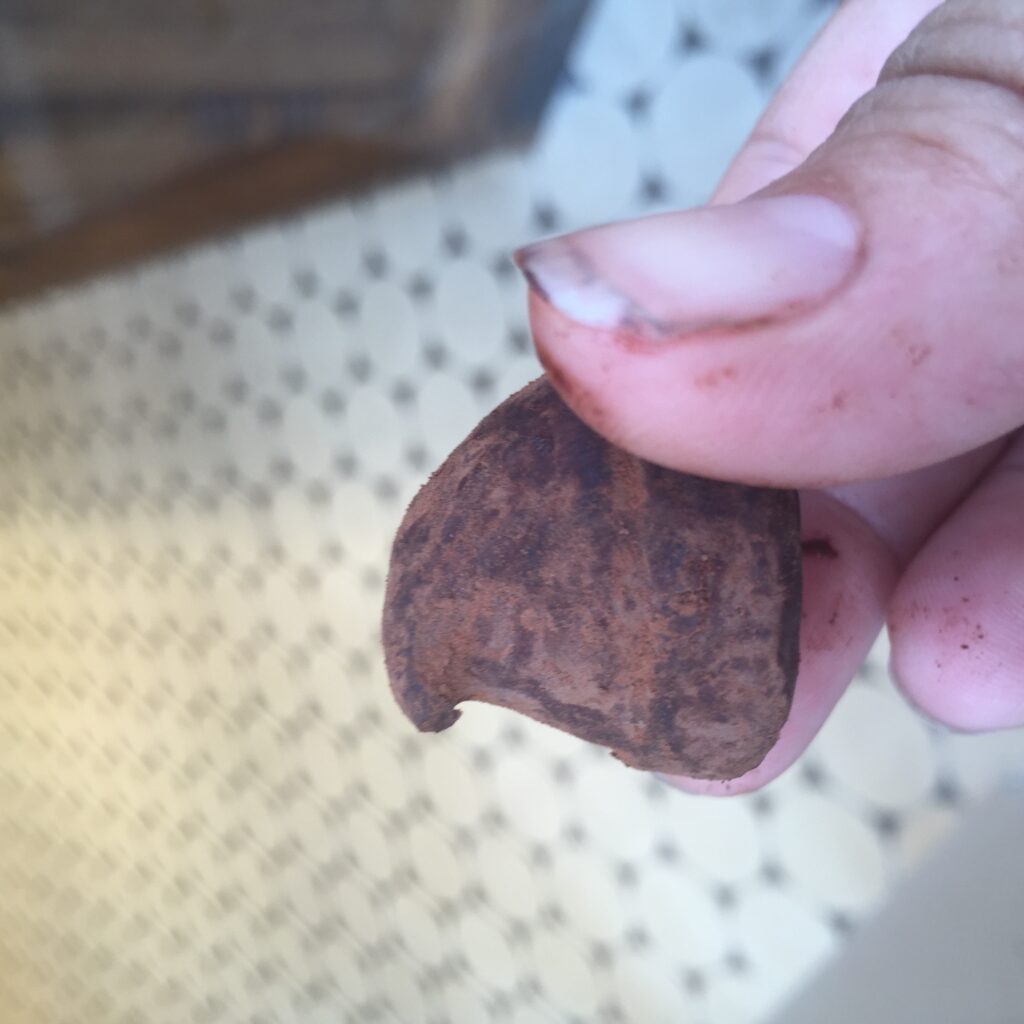
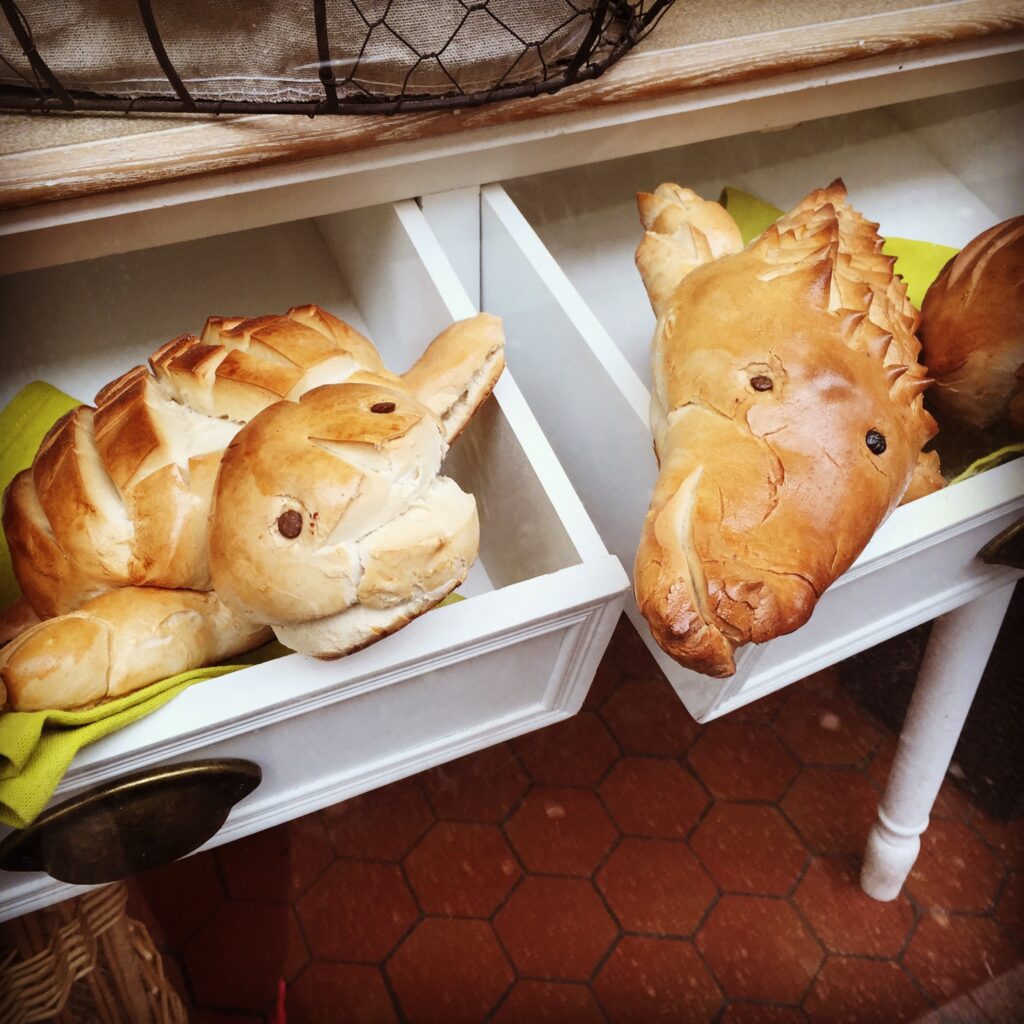

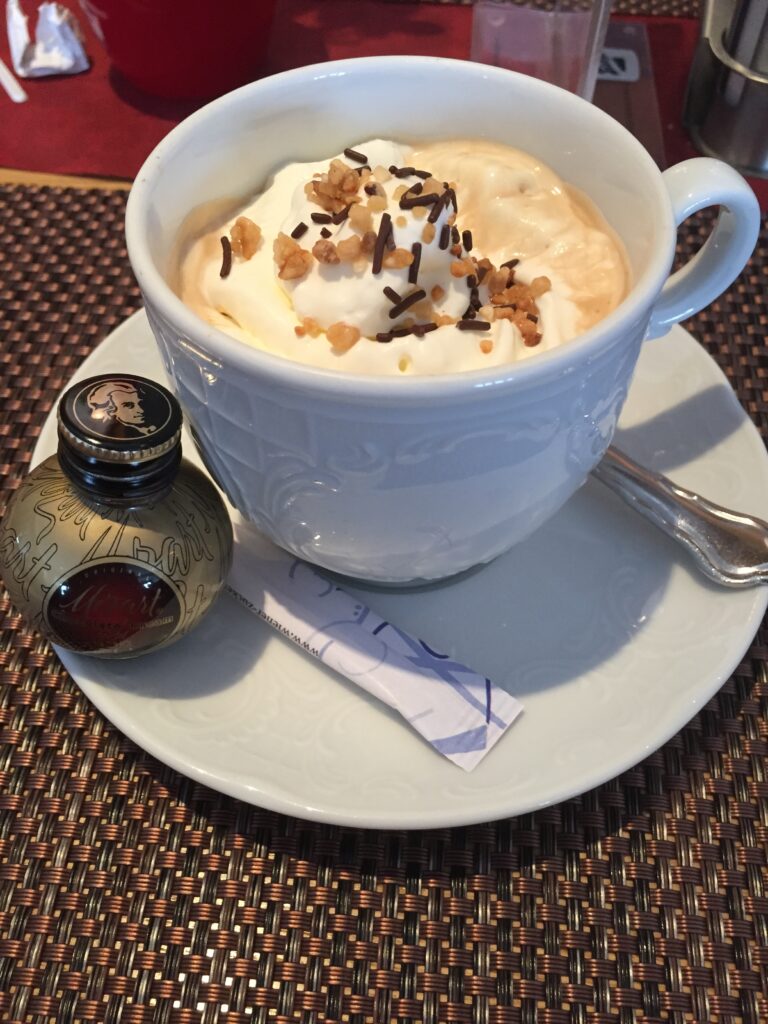

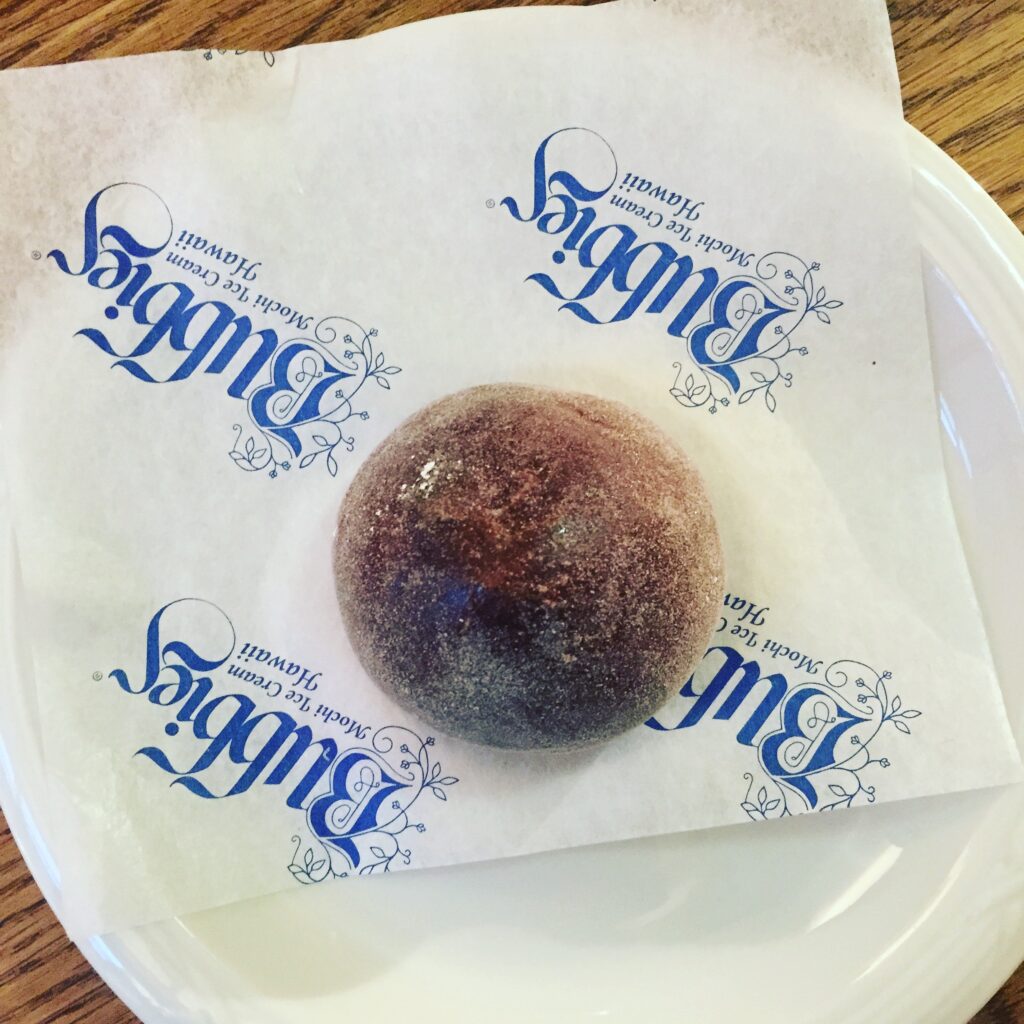

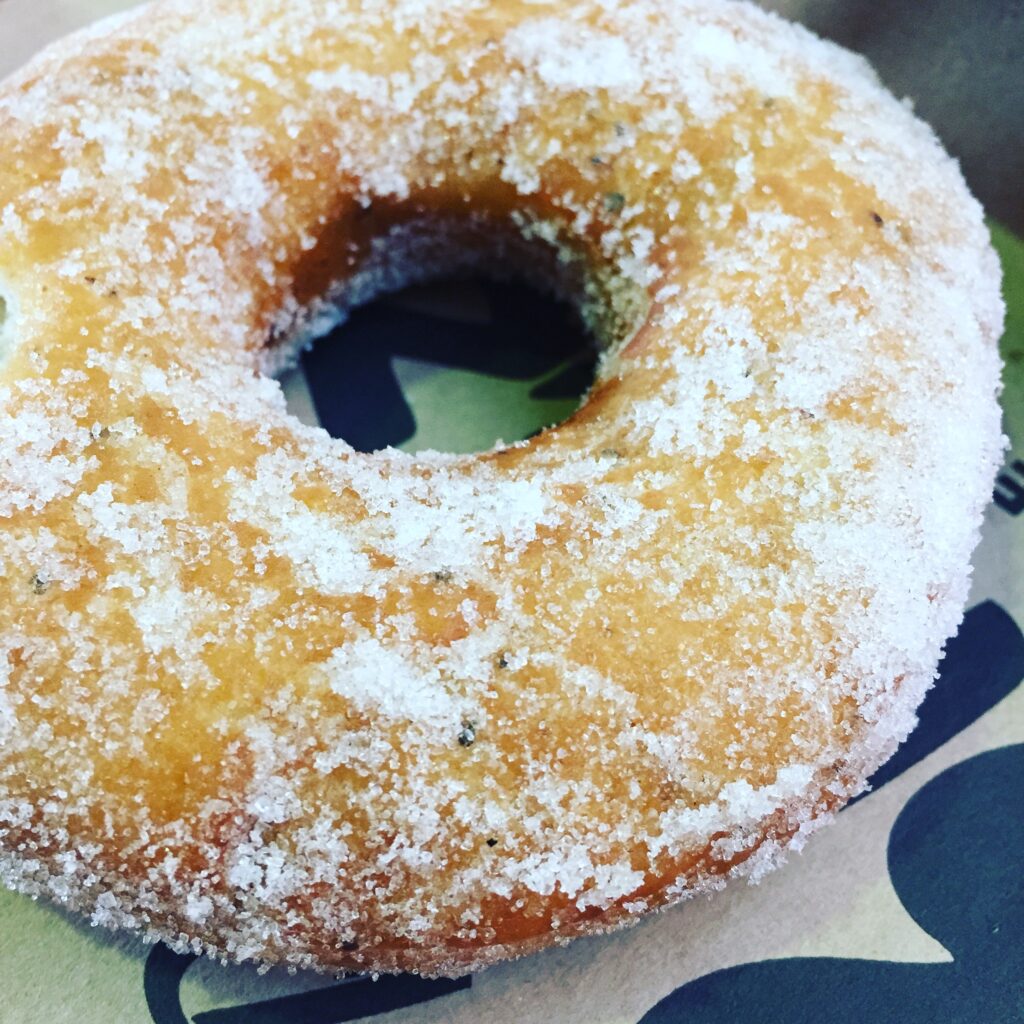

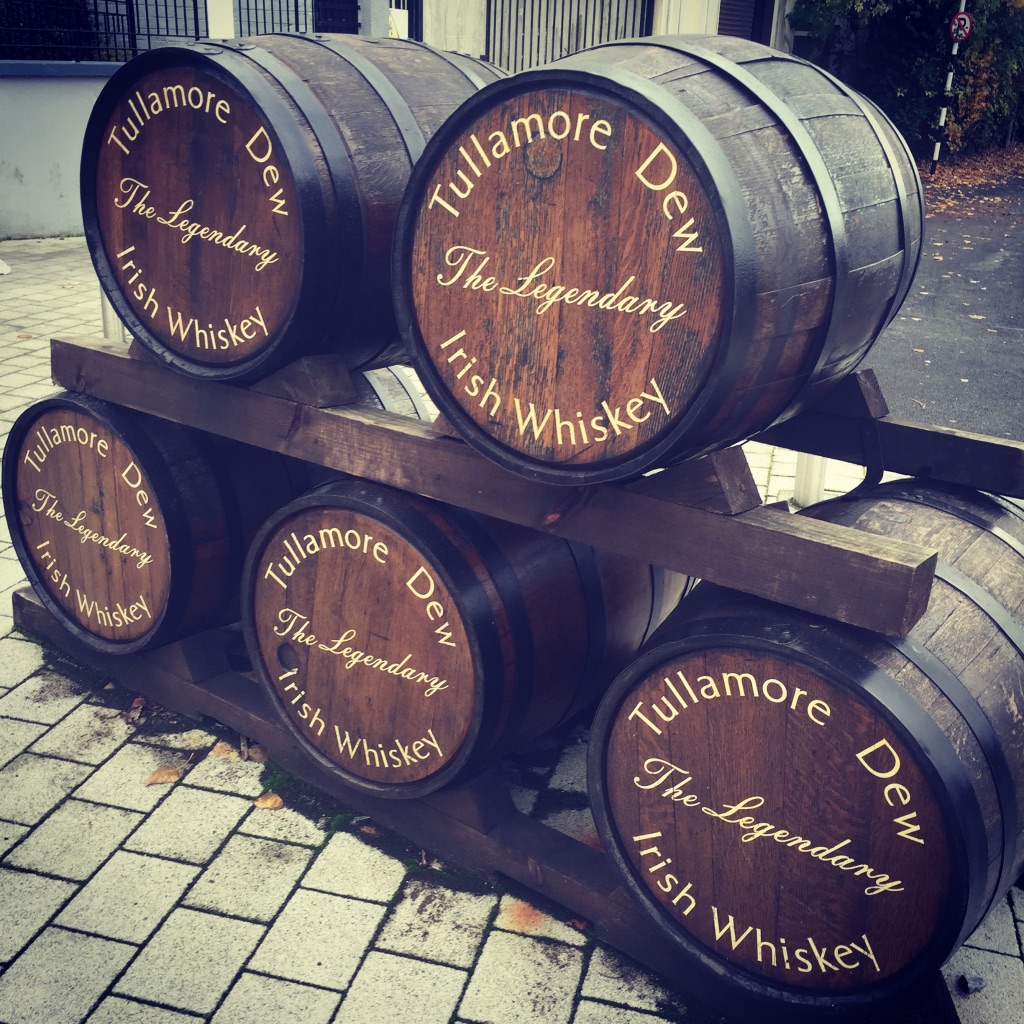
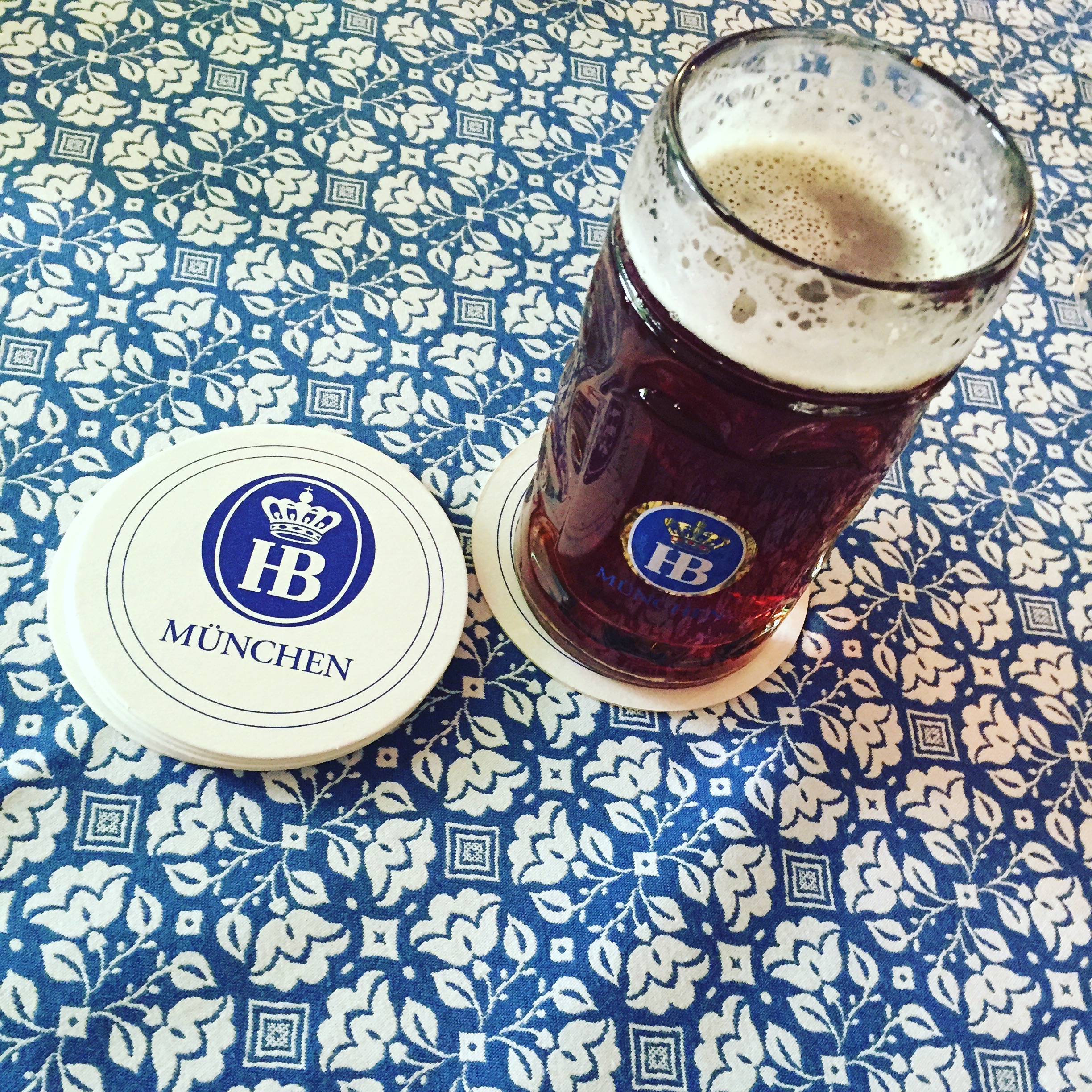
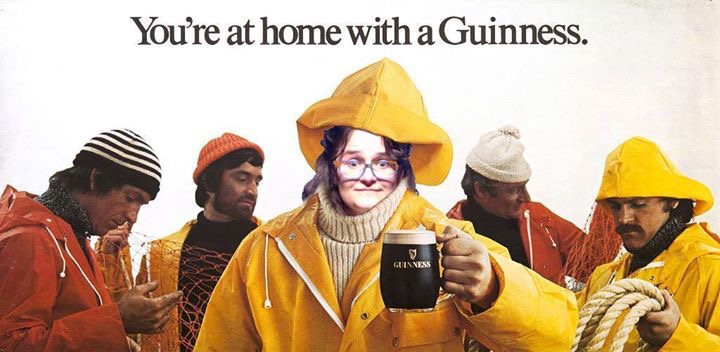


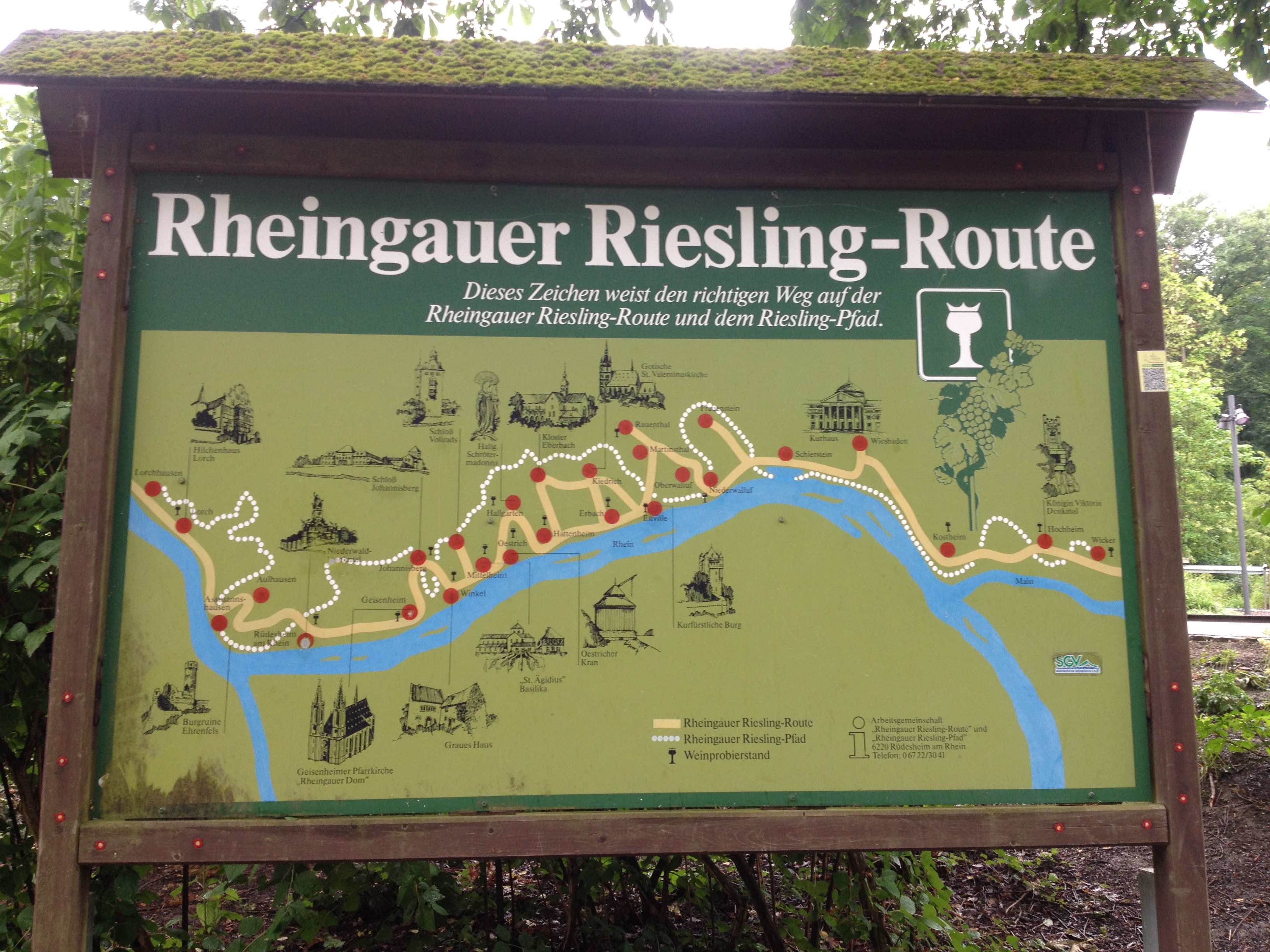
[…] so you’ve read Part I: The Research and Part II: the Route! and now you’re ready to dive into reading about the organization […]
Loved this information…so many new ideas. Thanks and can’t wait for part II
I’m glad it was helpful! I’ll be posting Part II very soon!